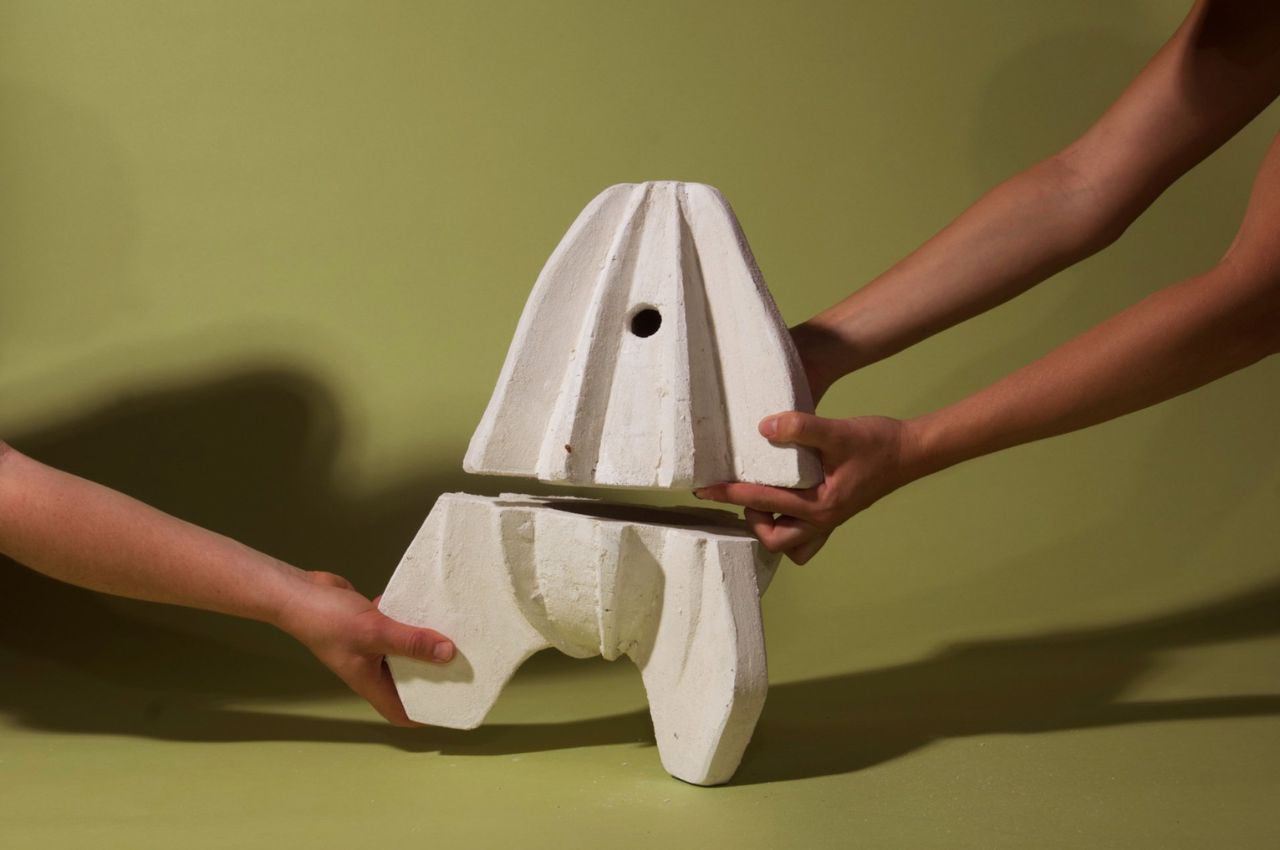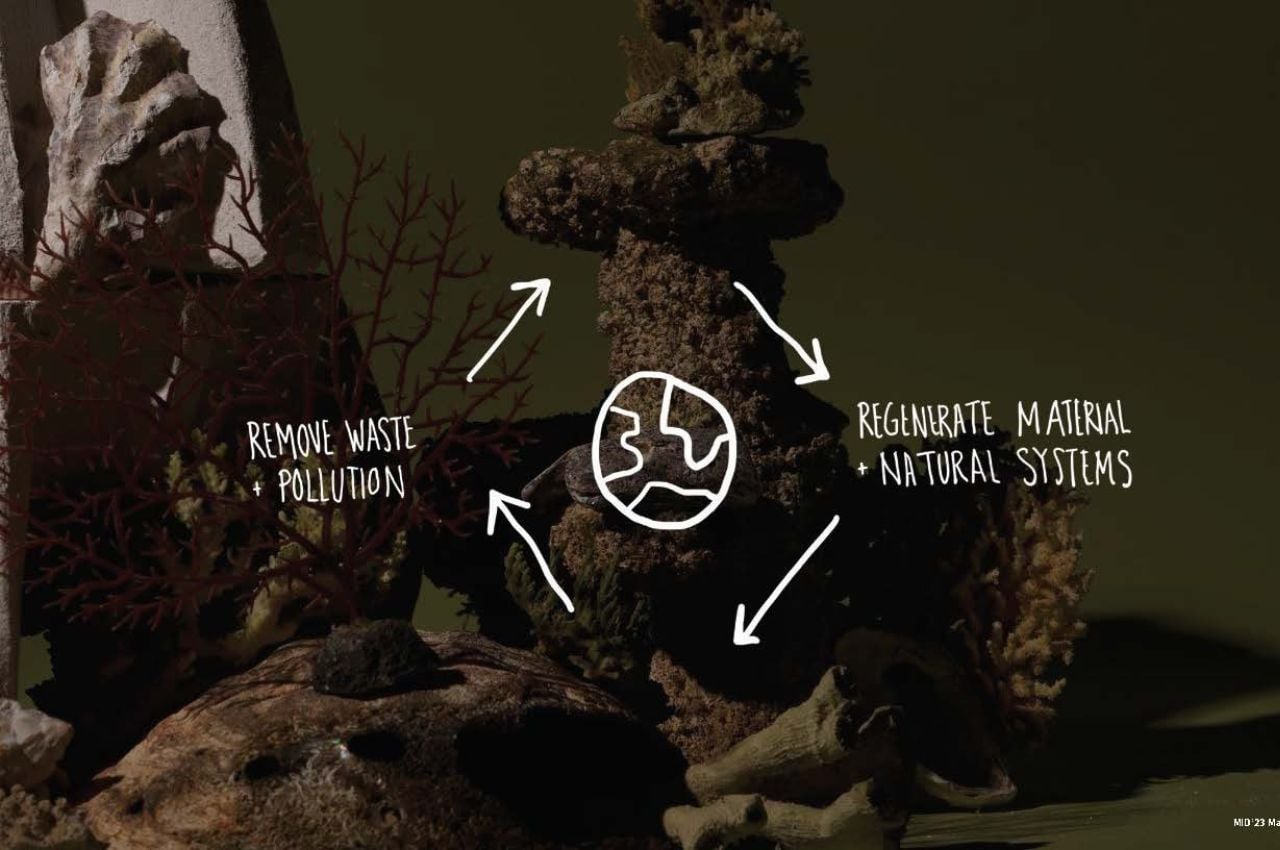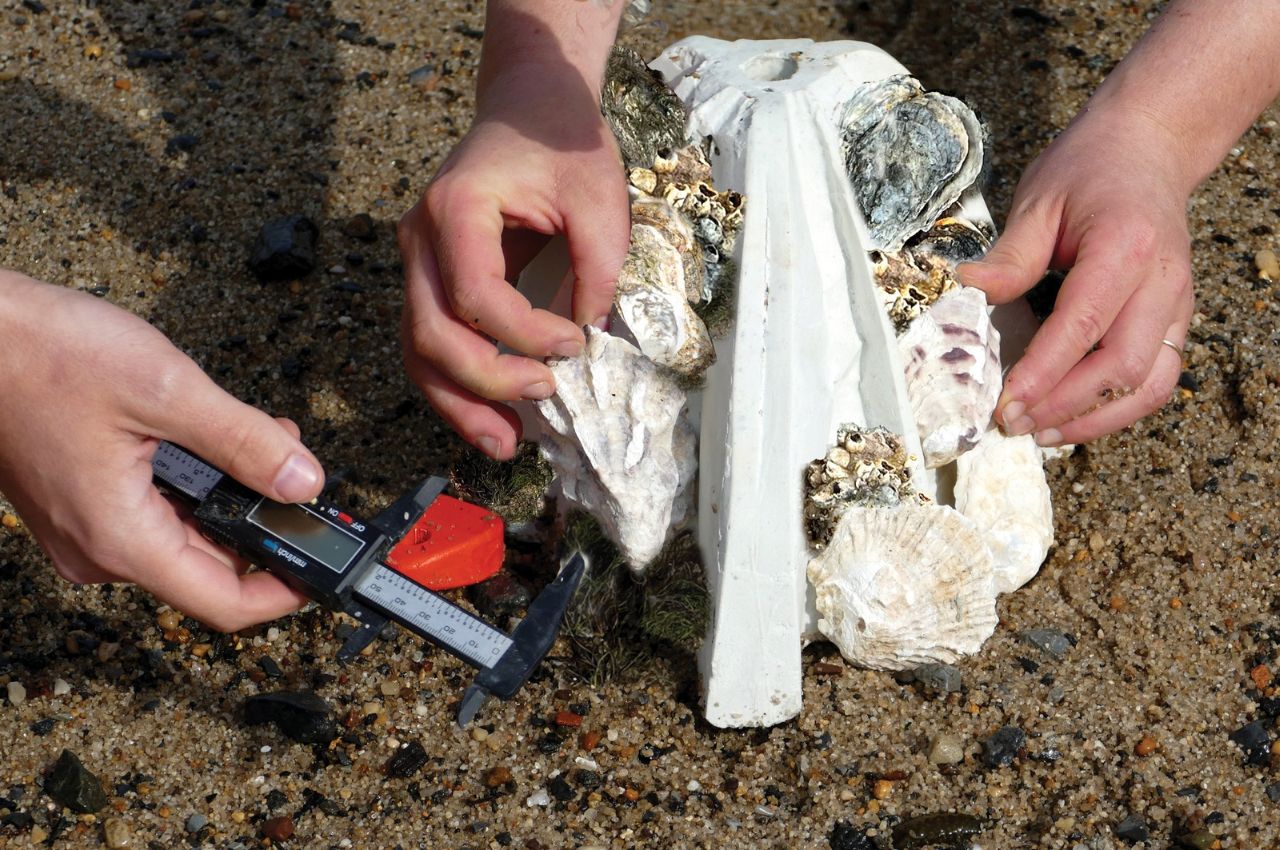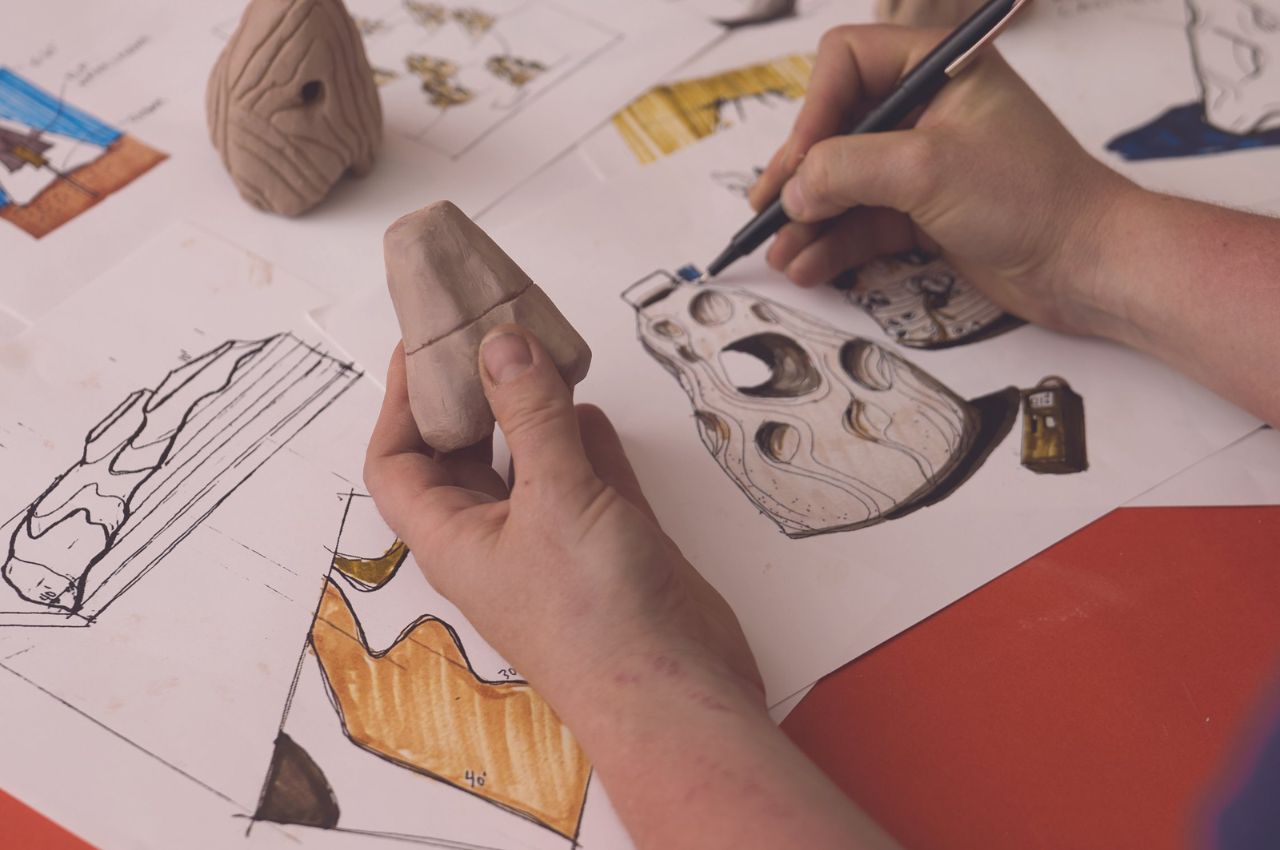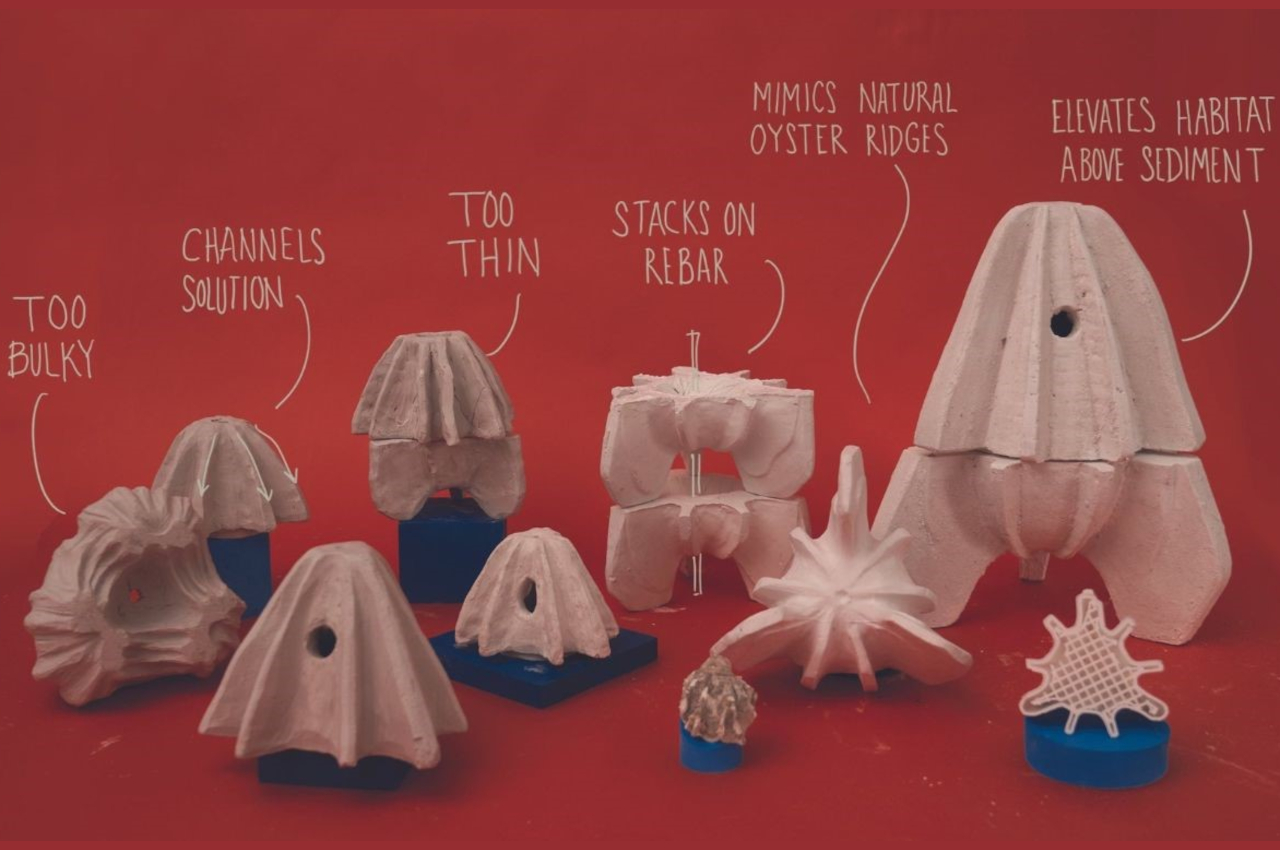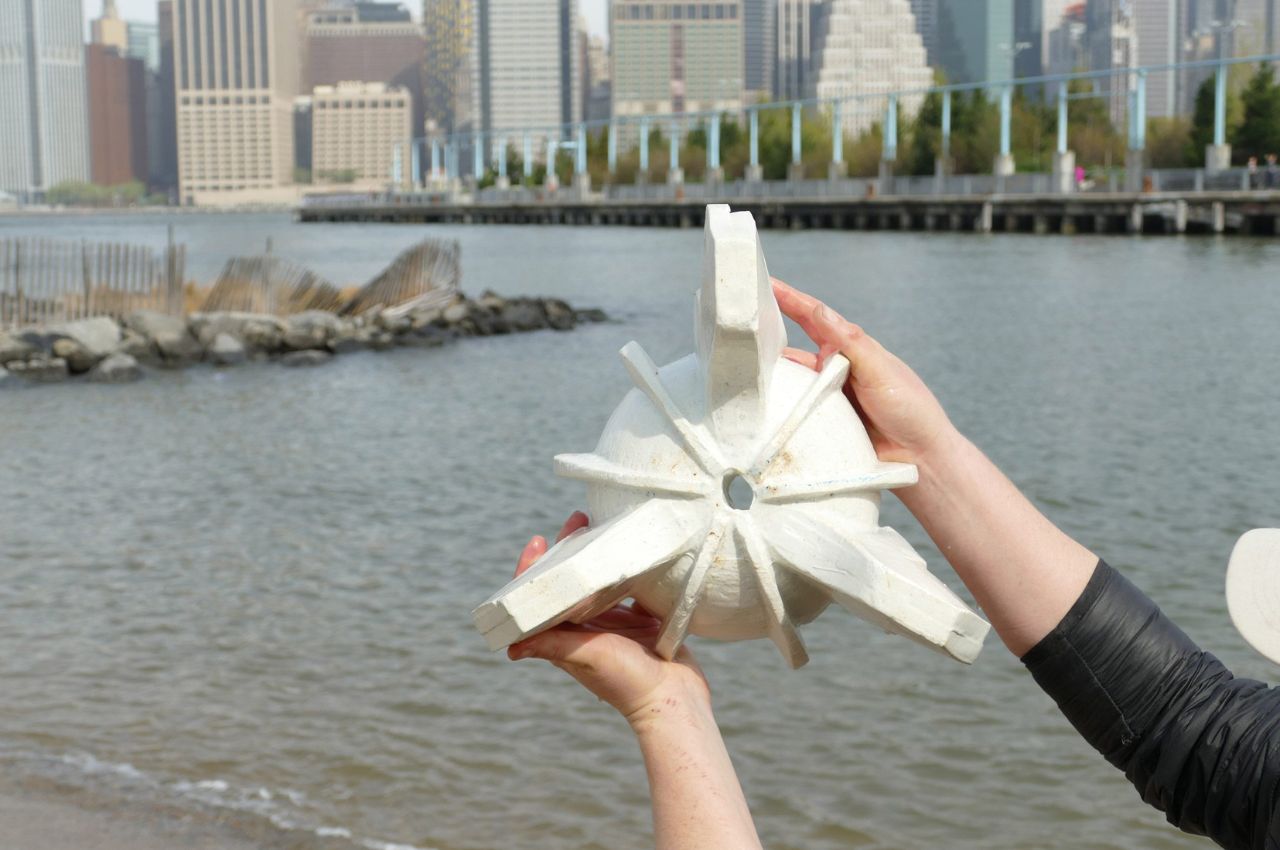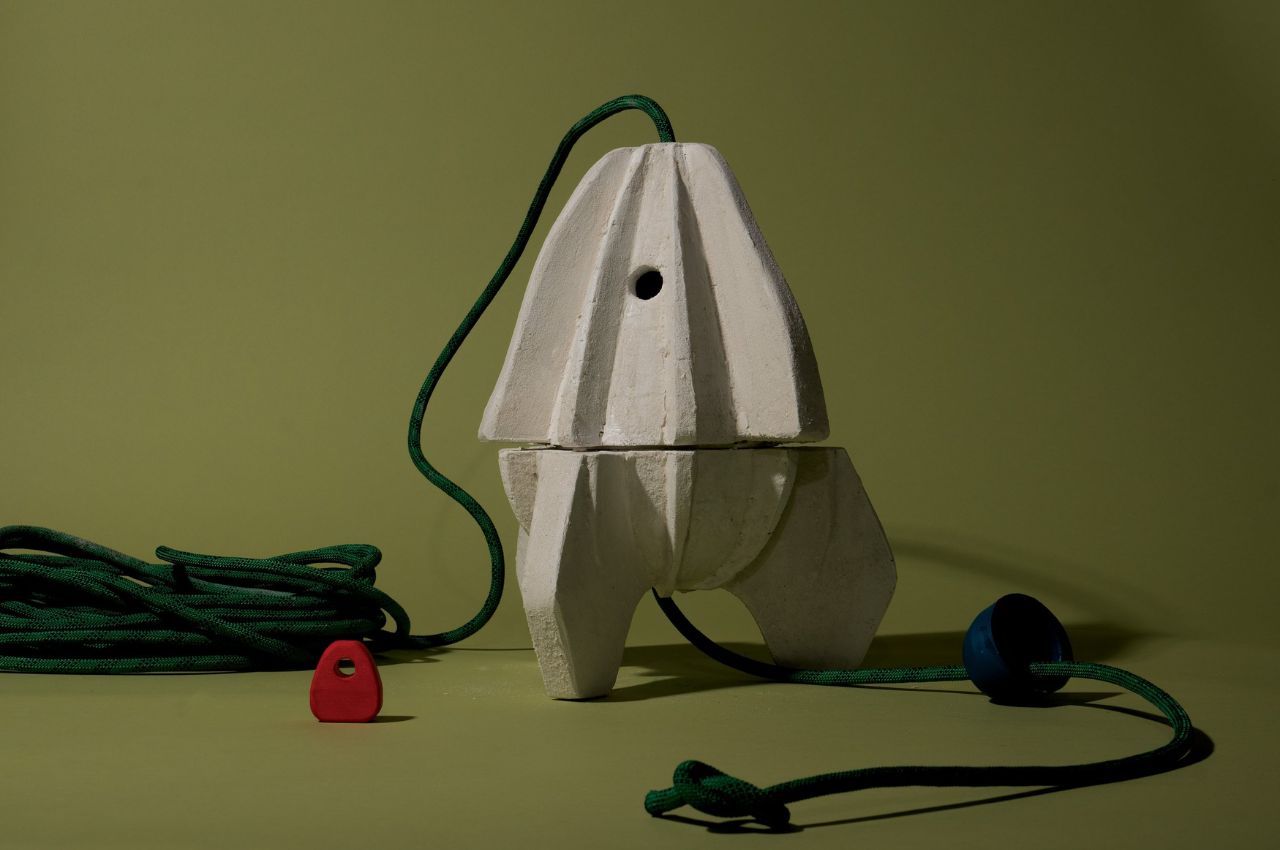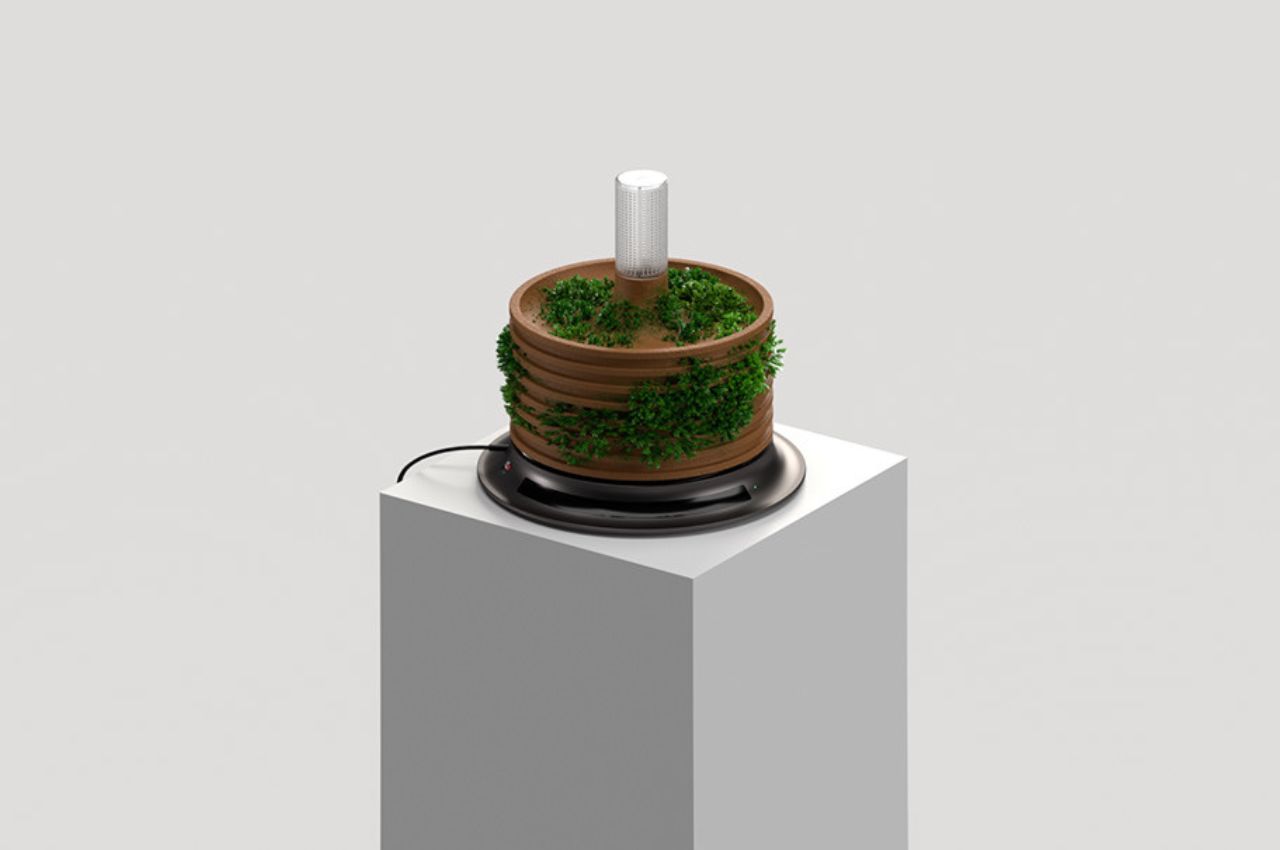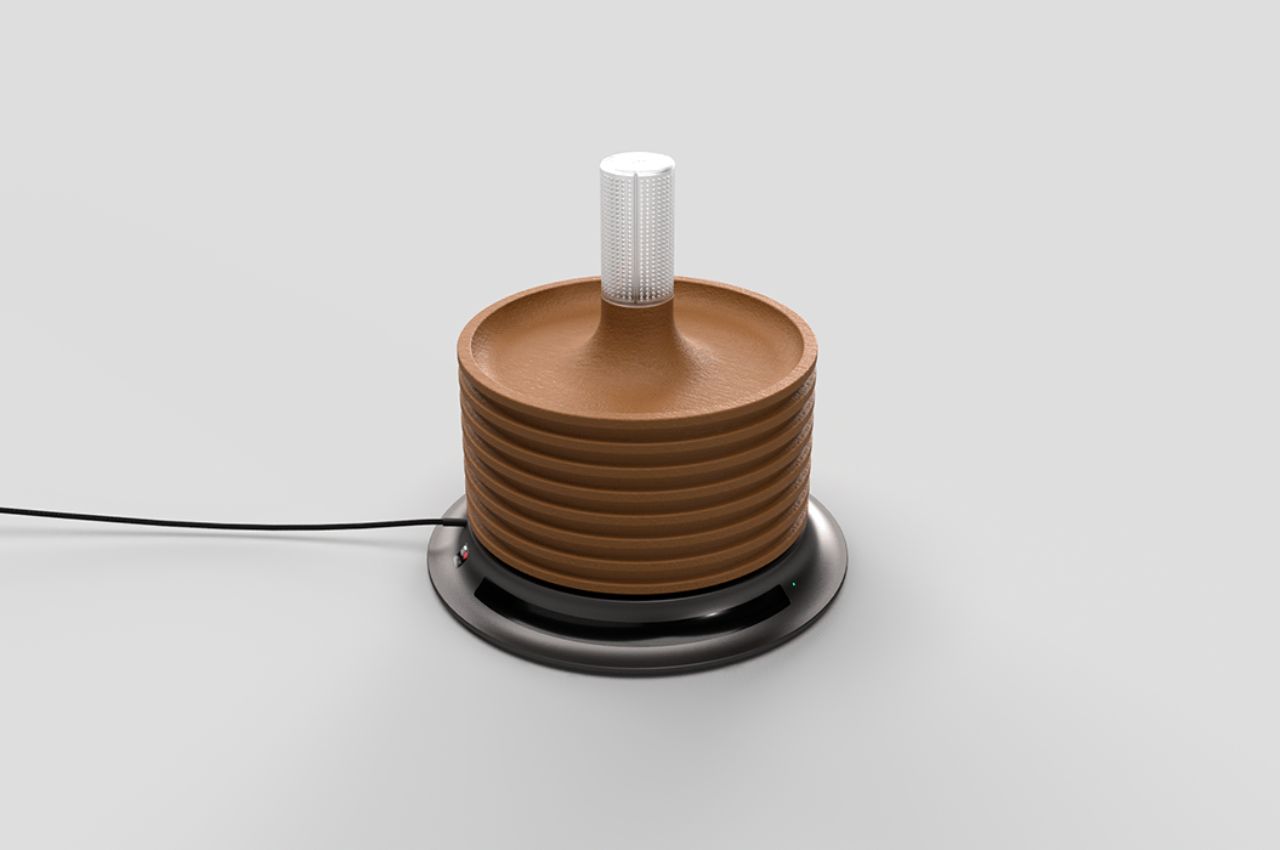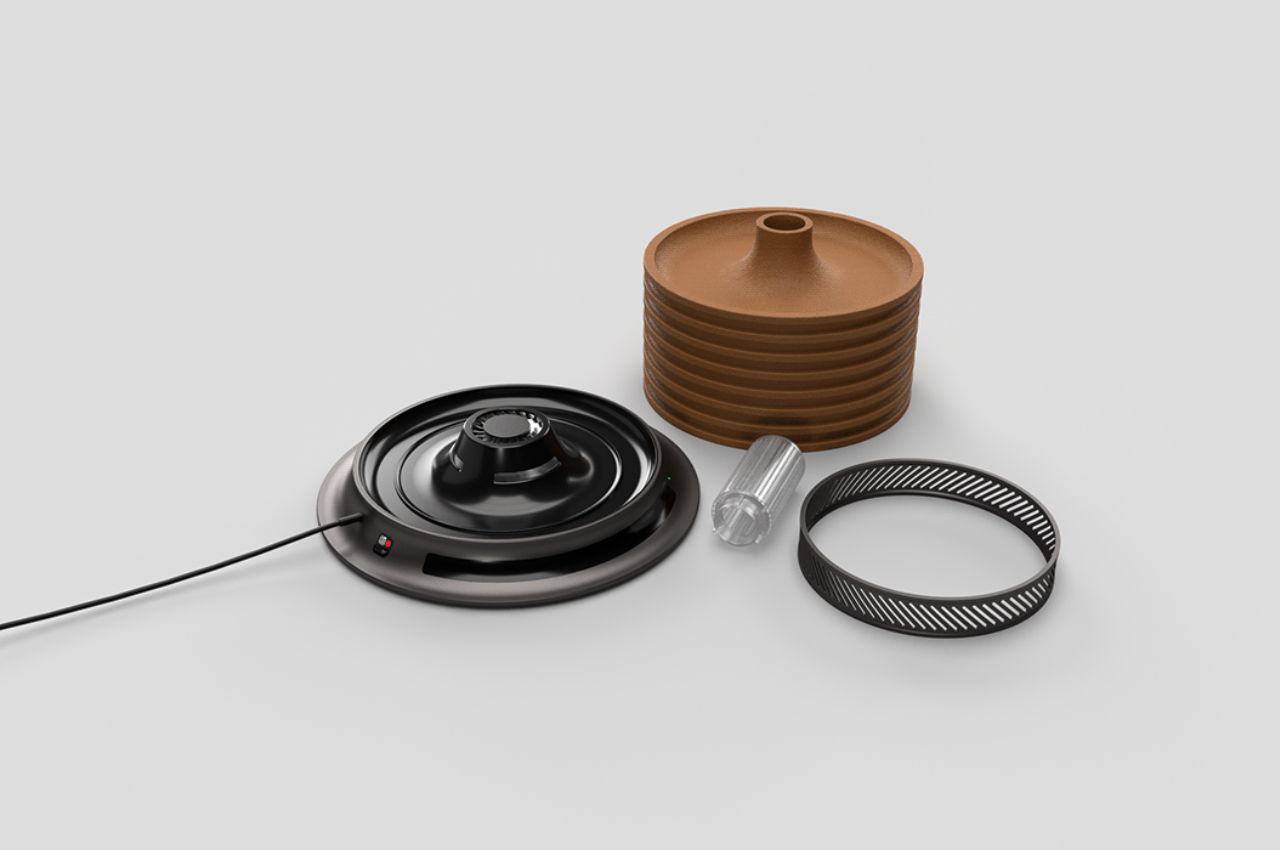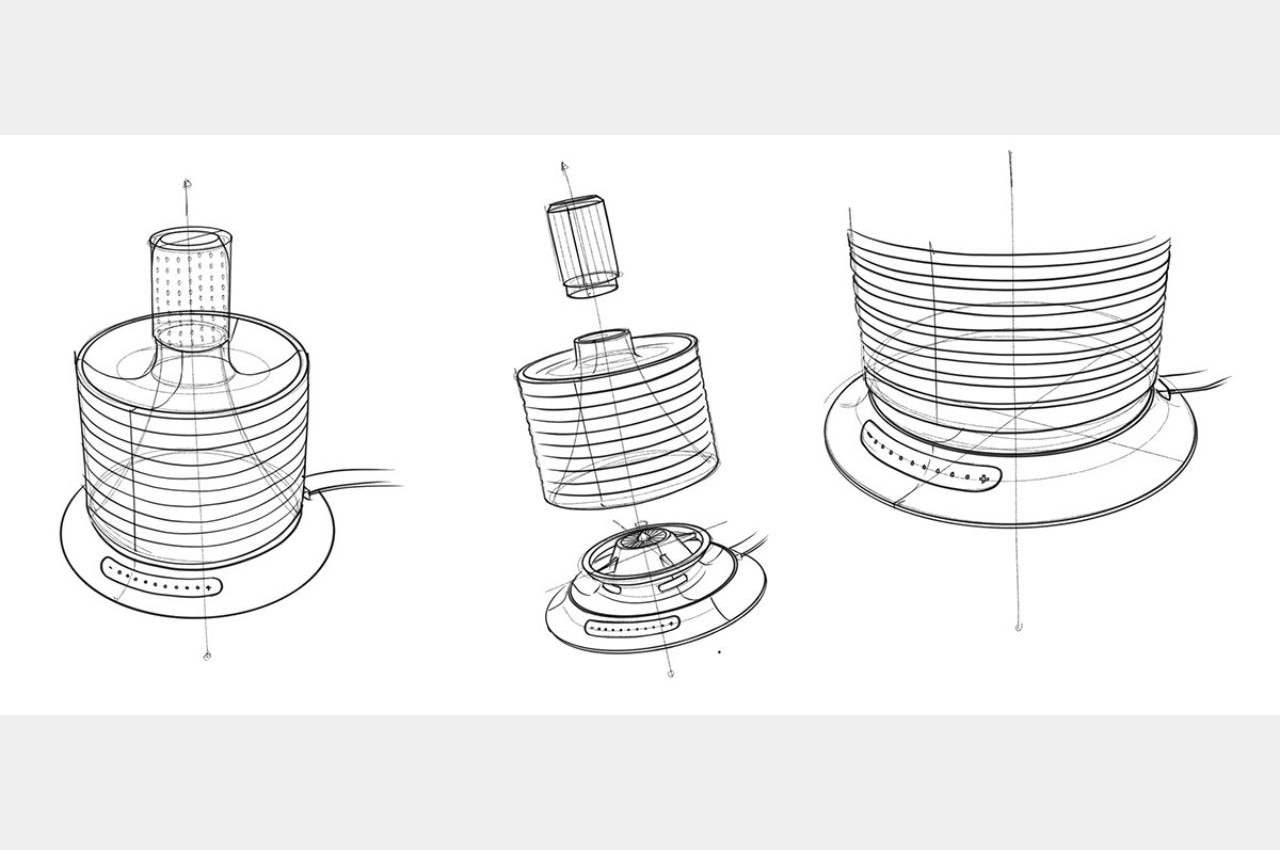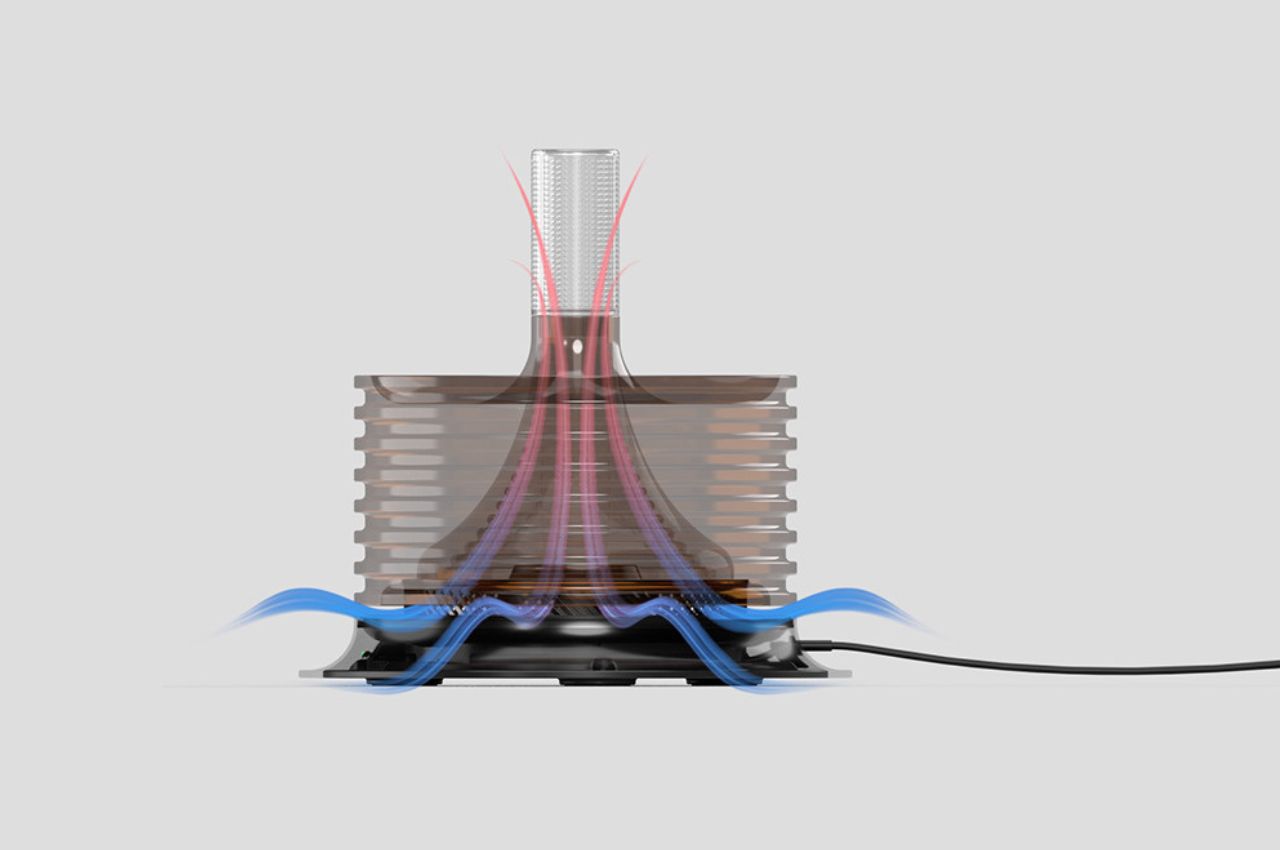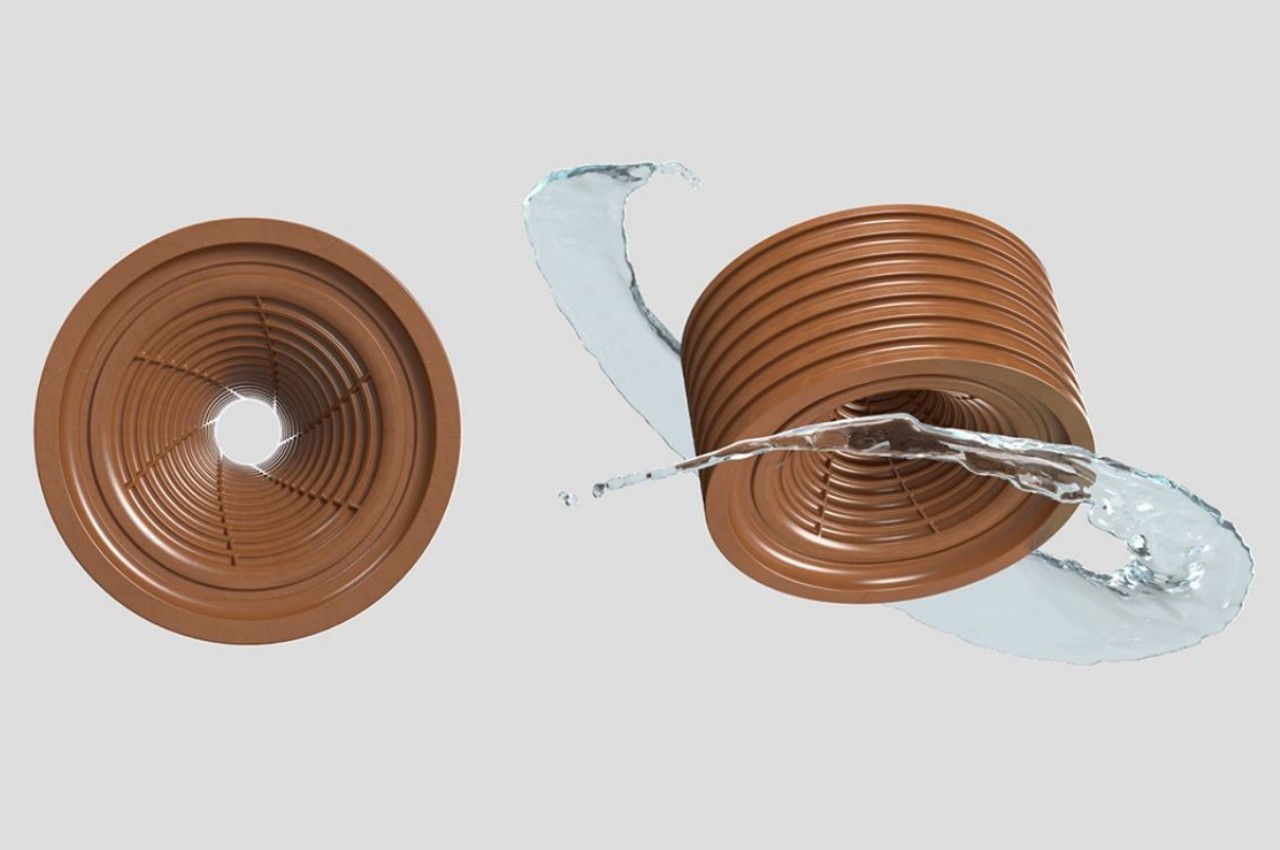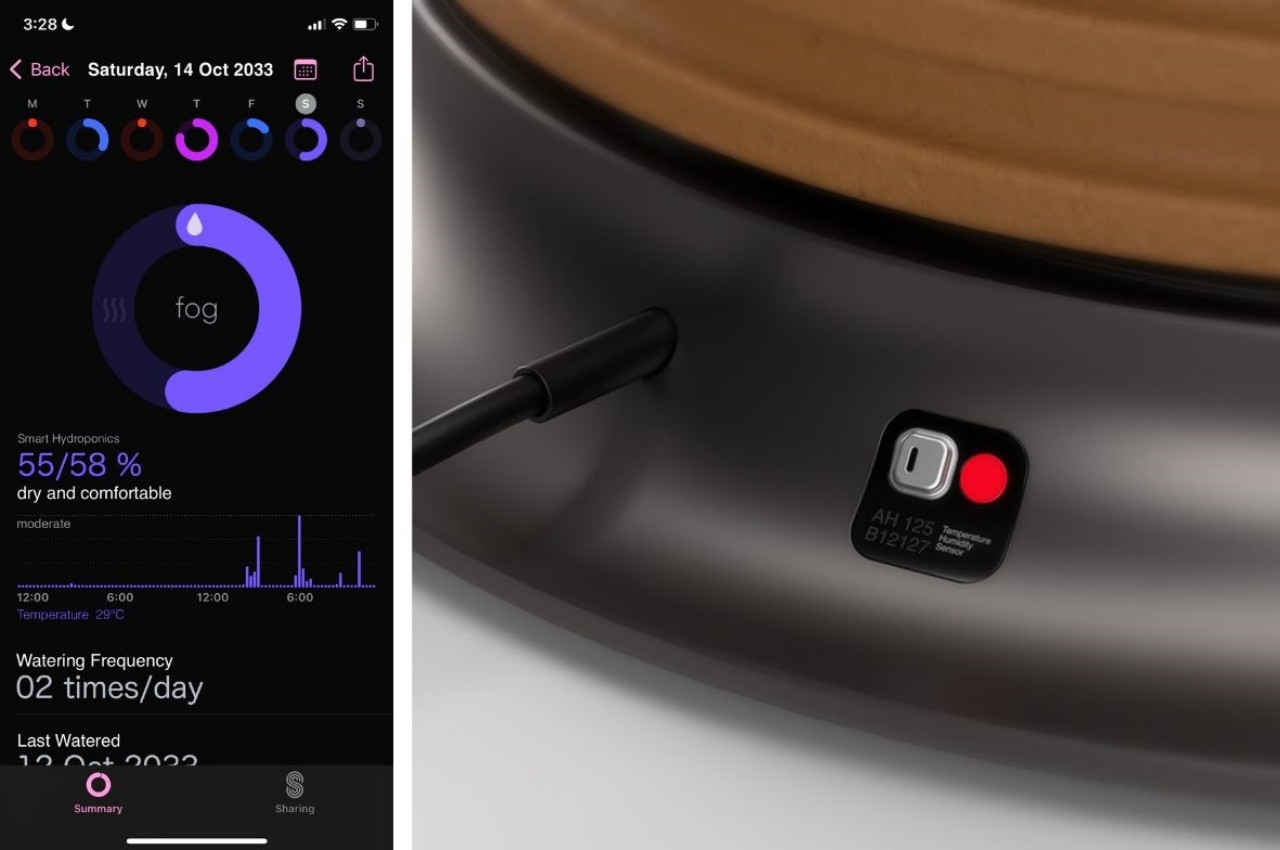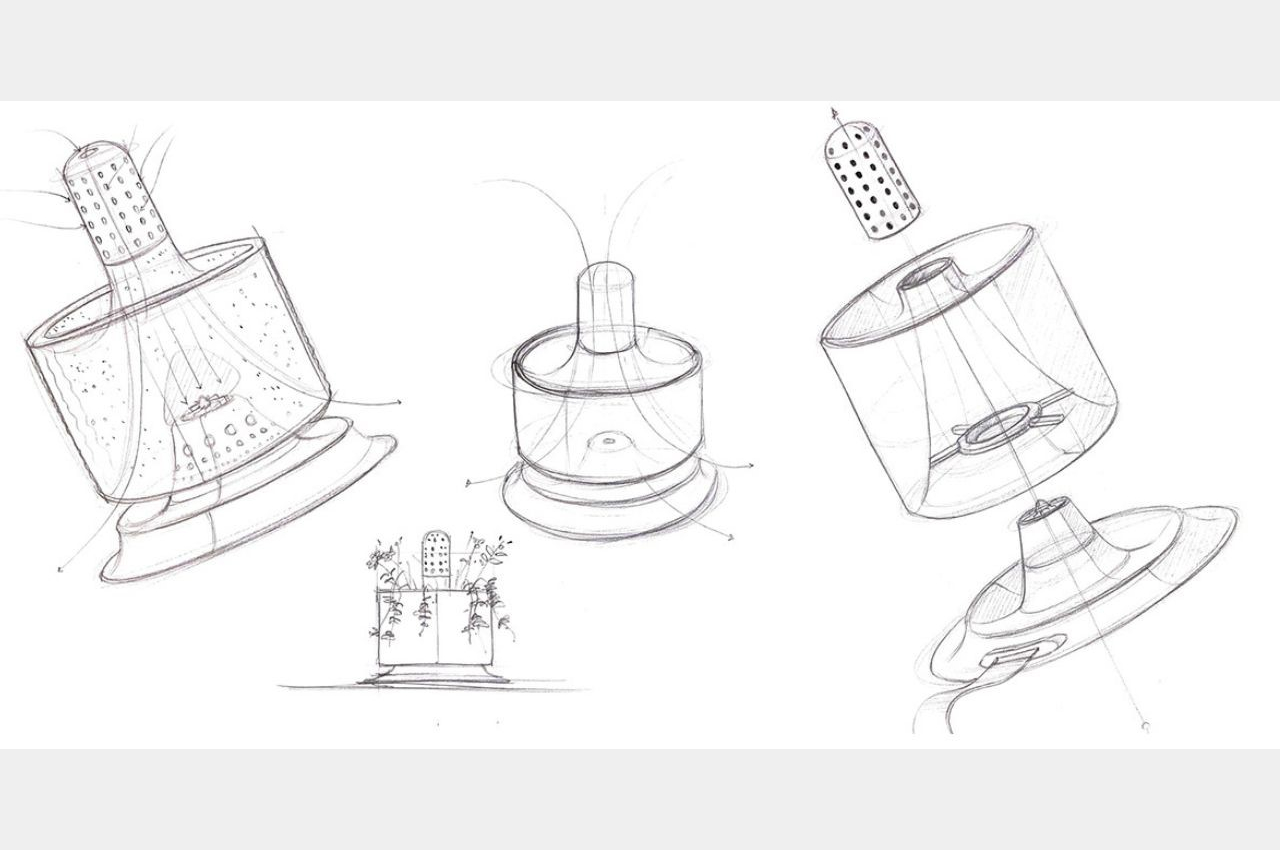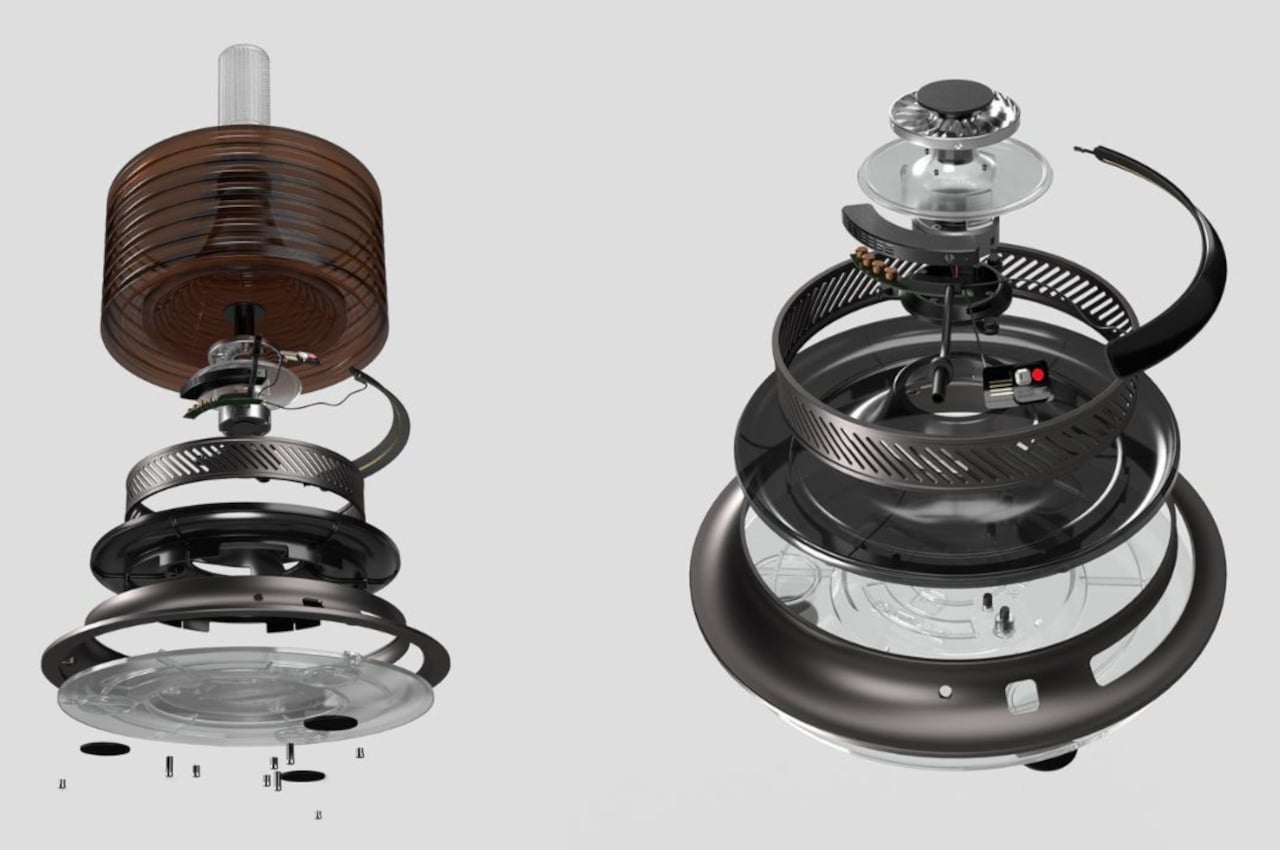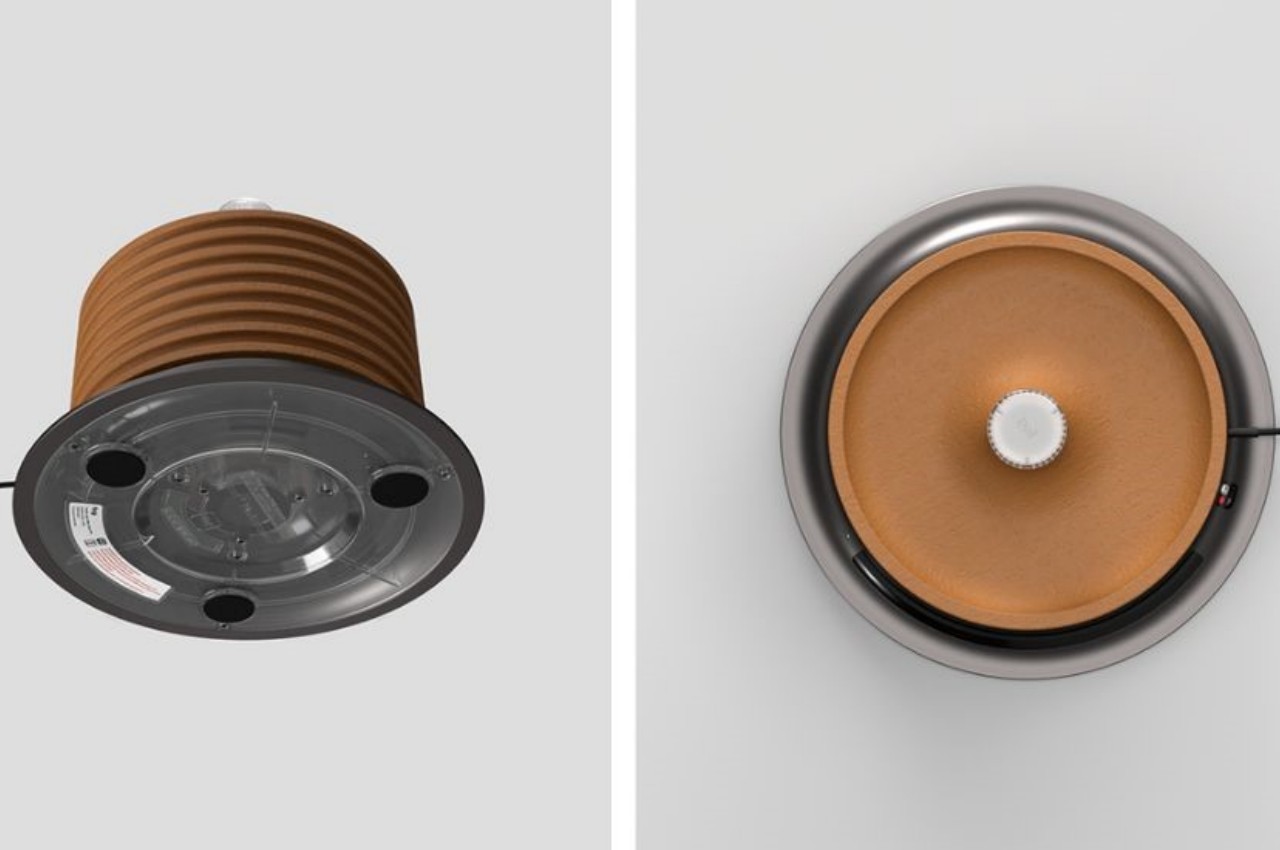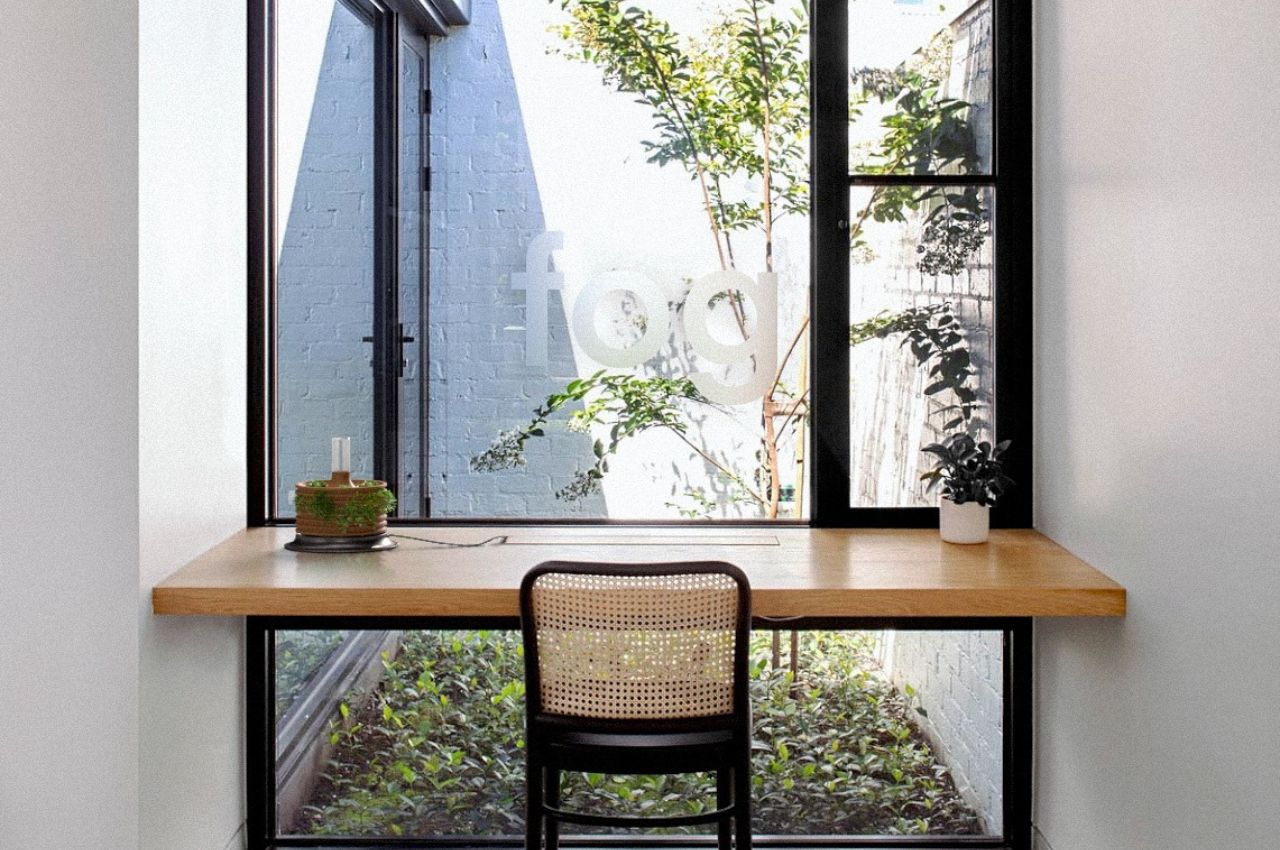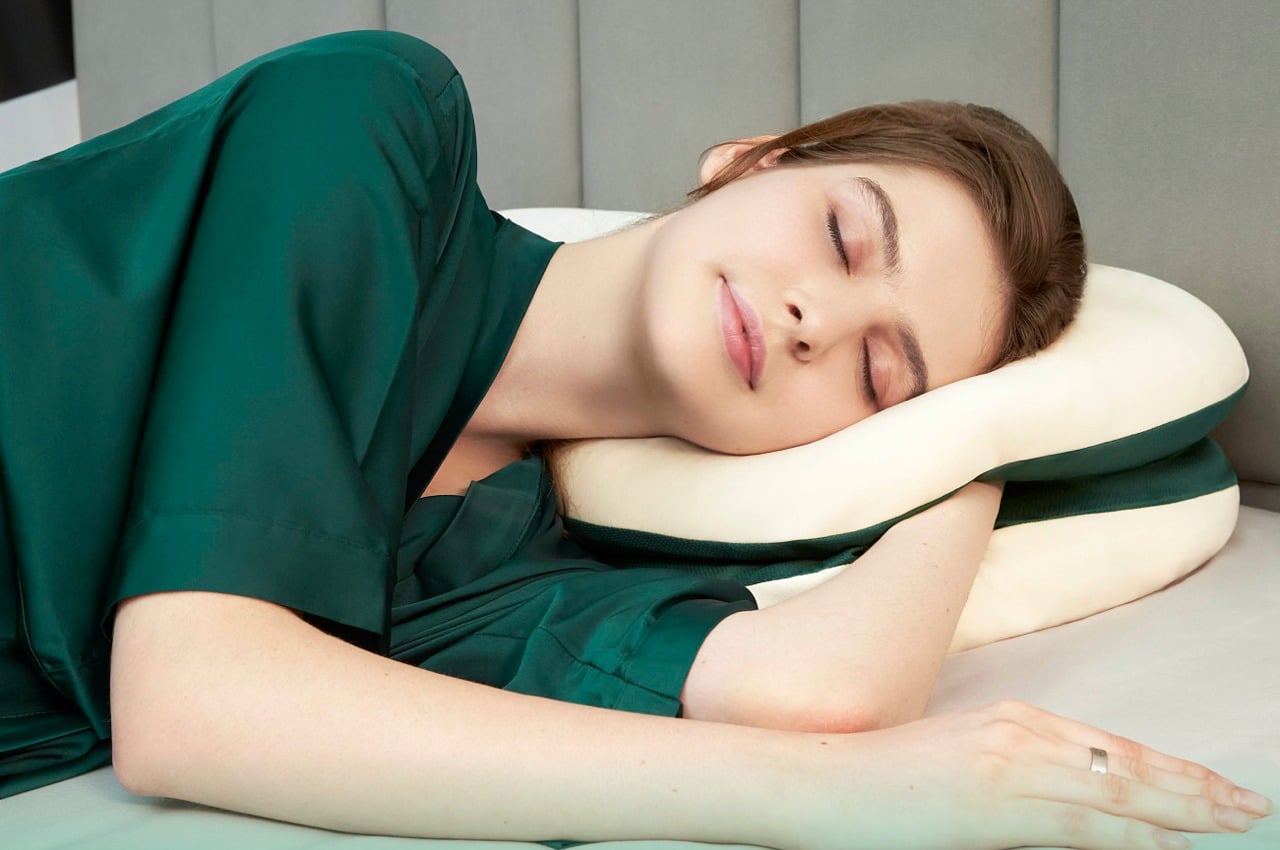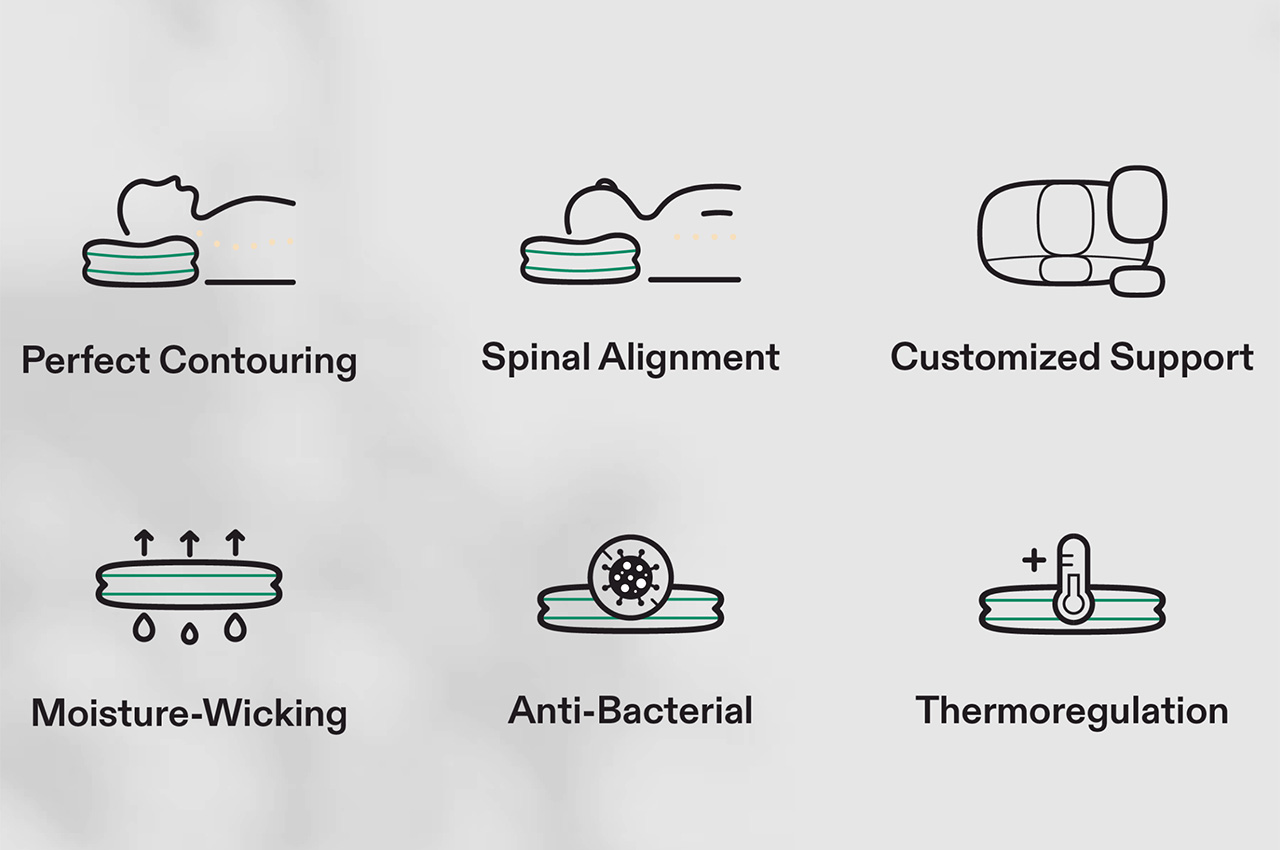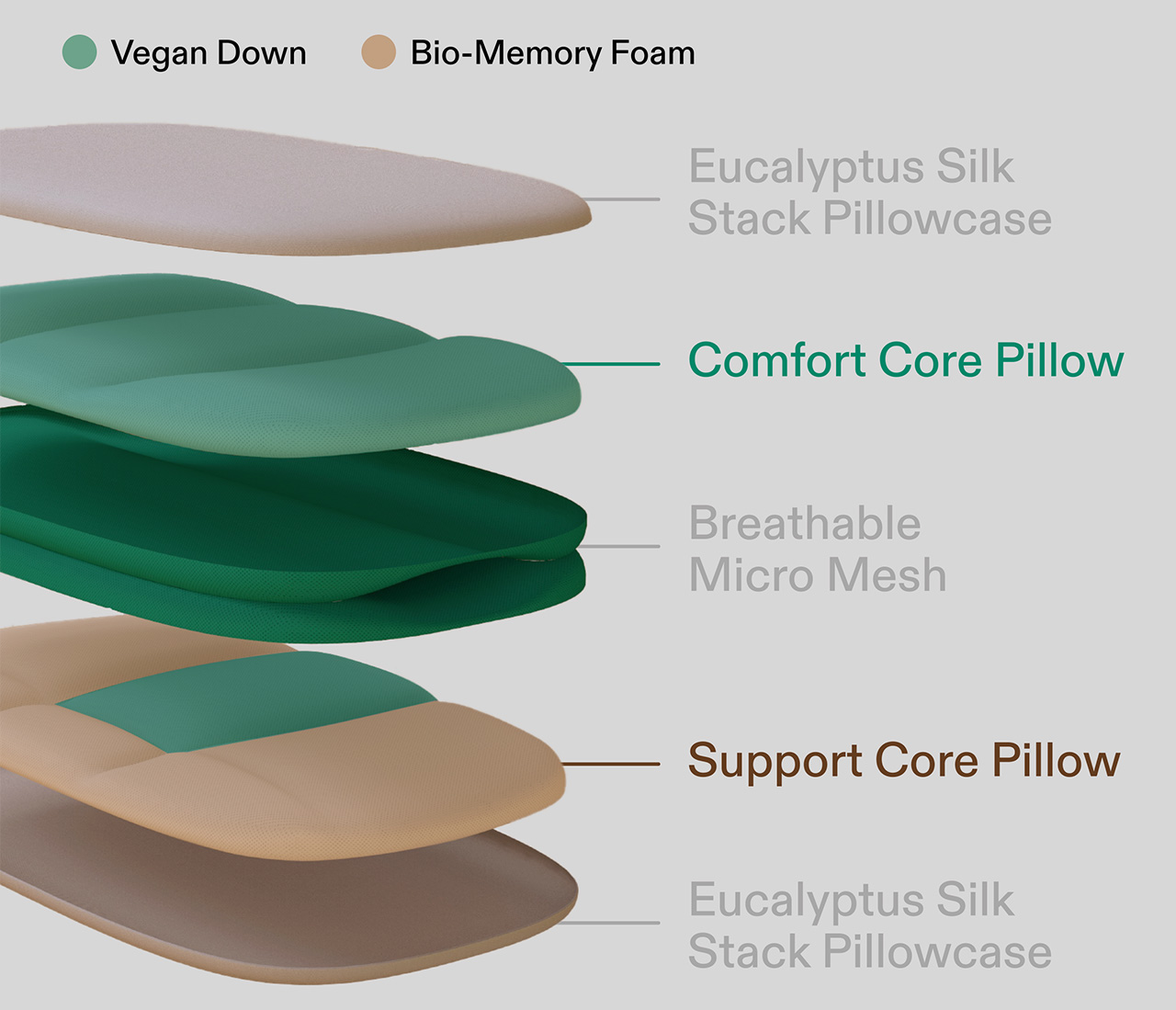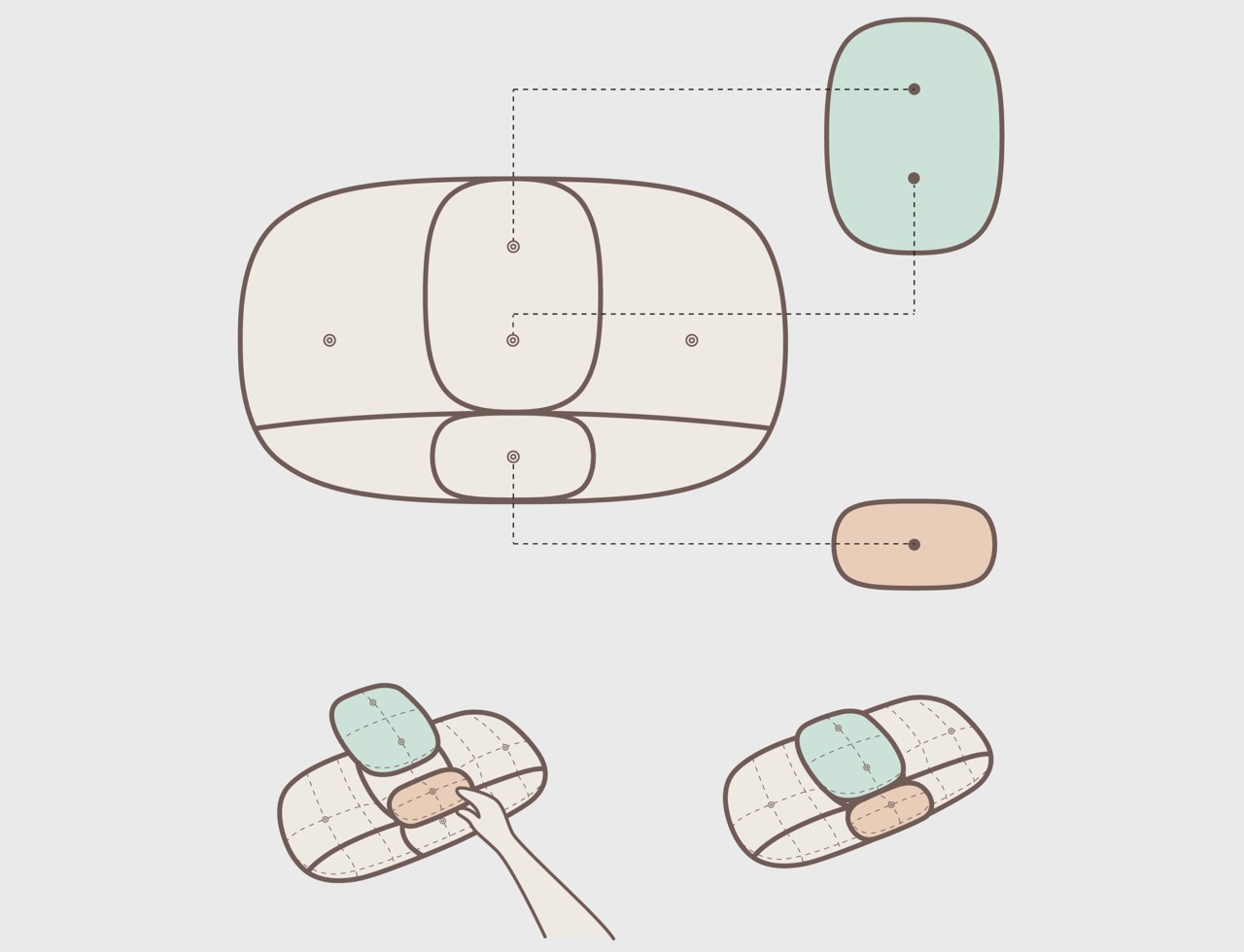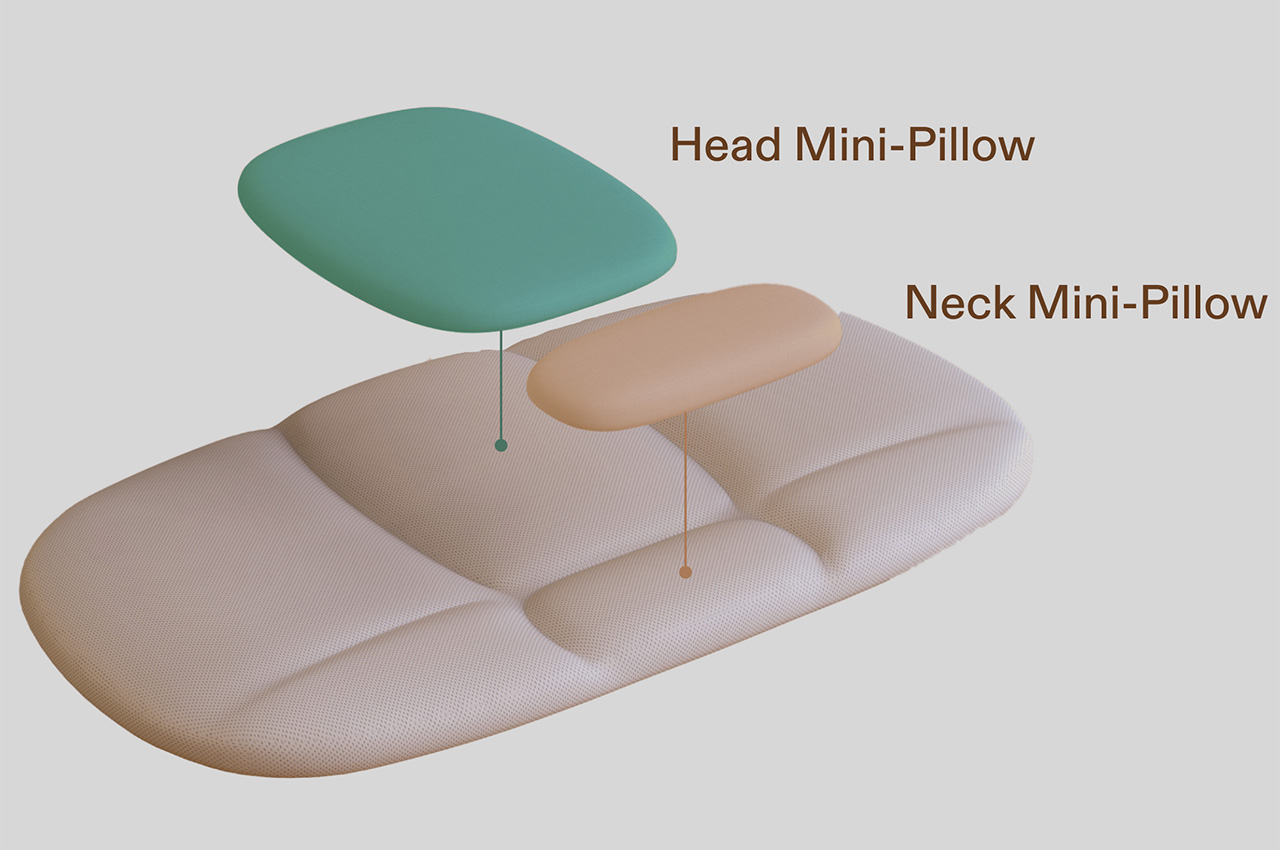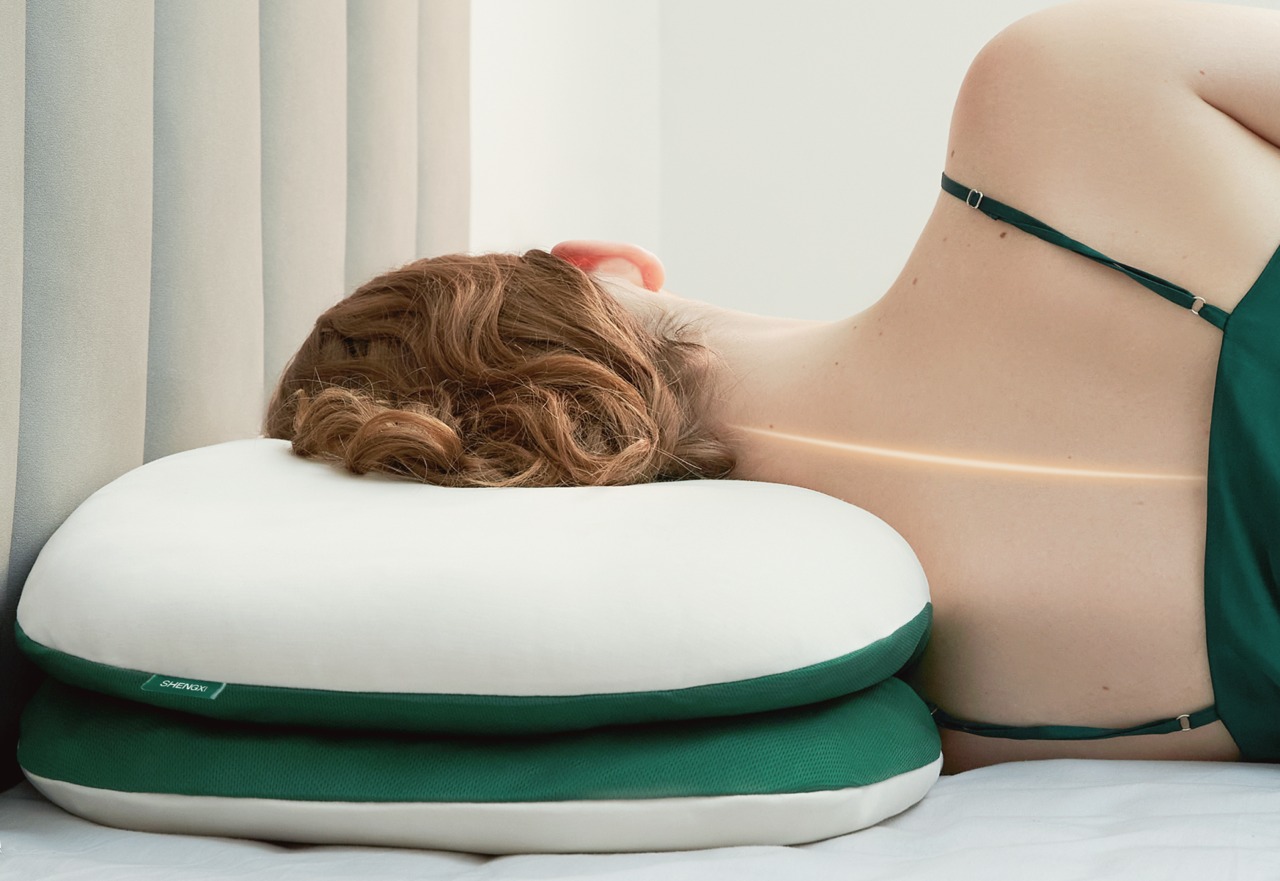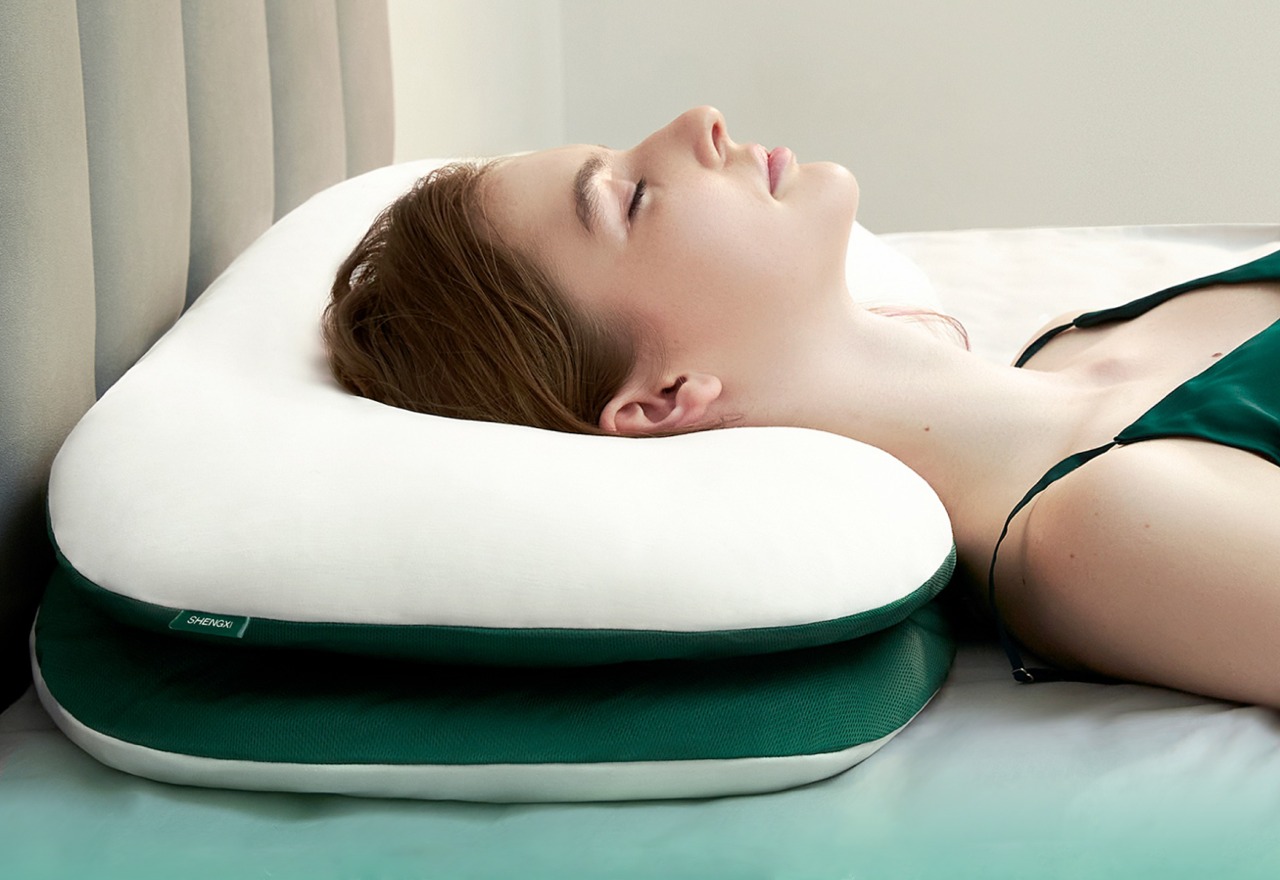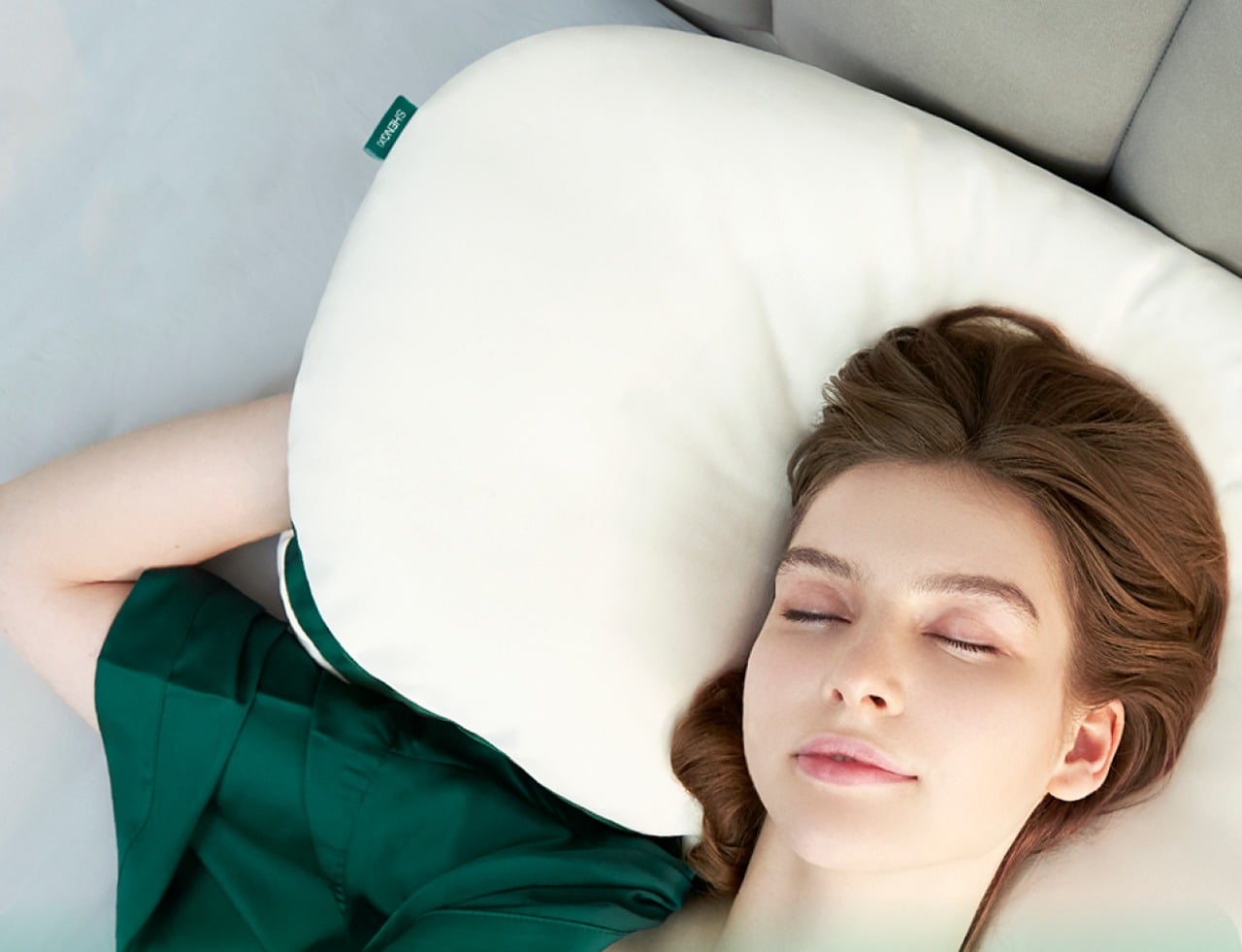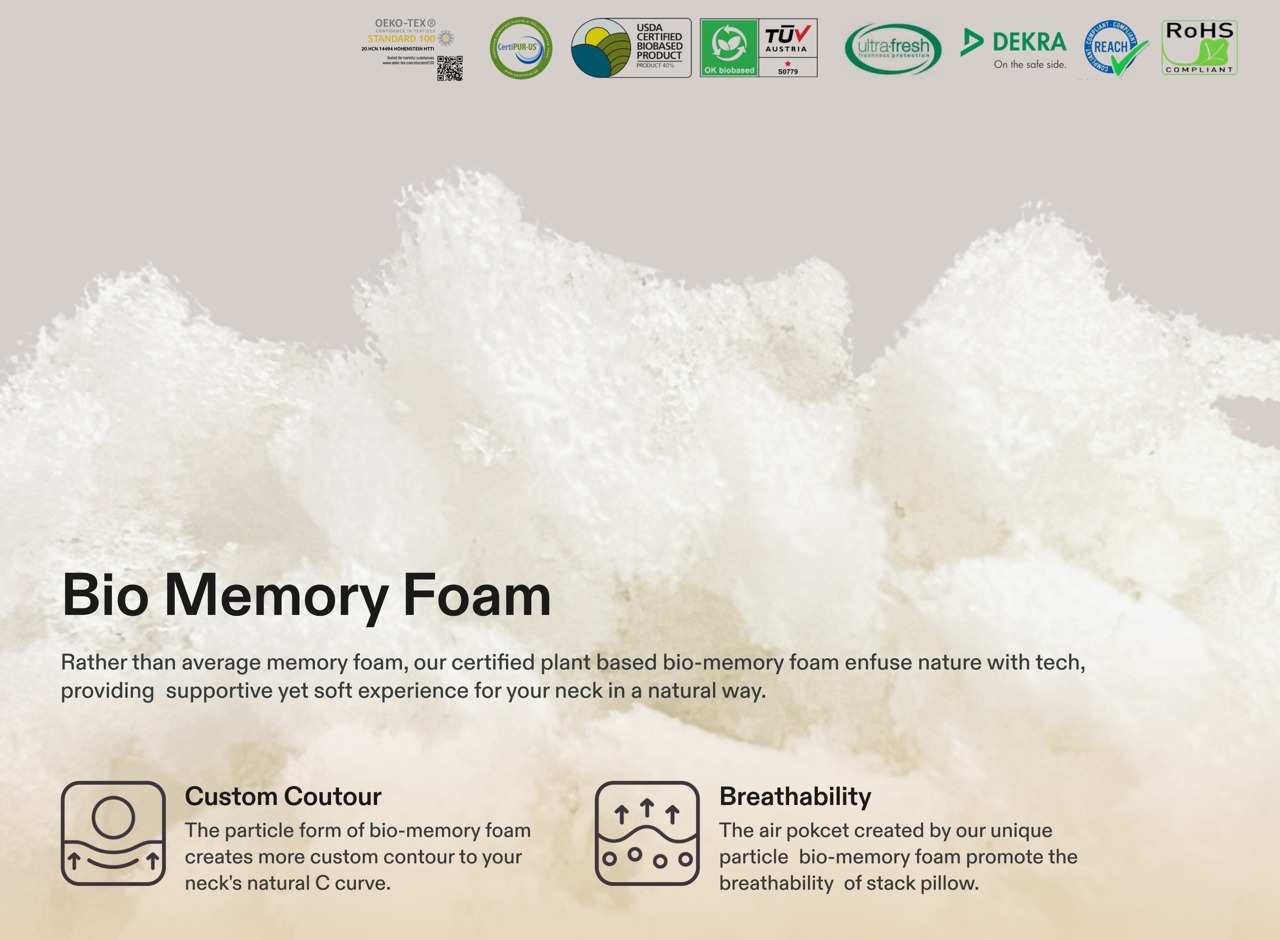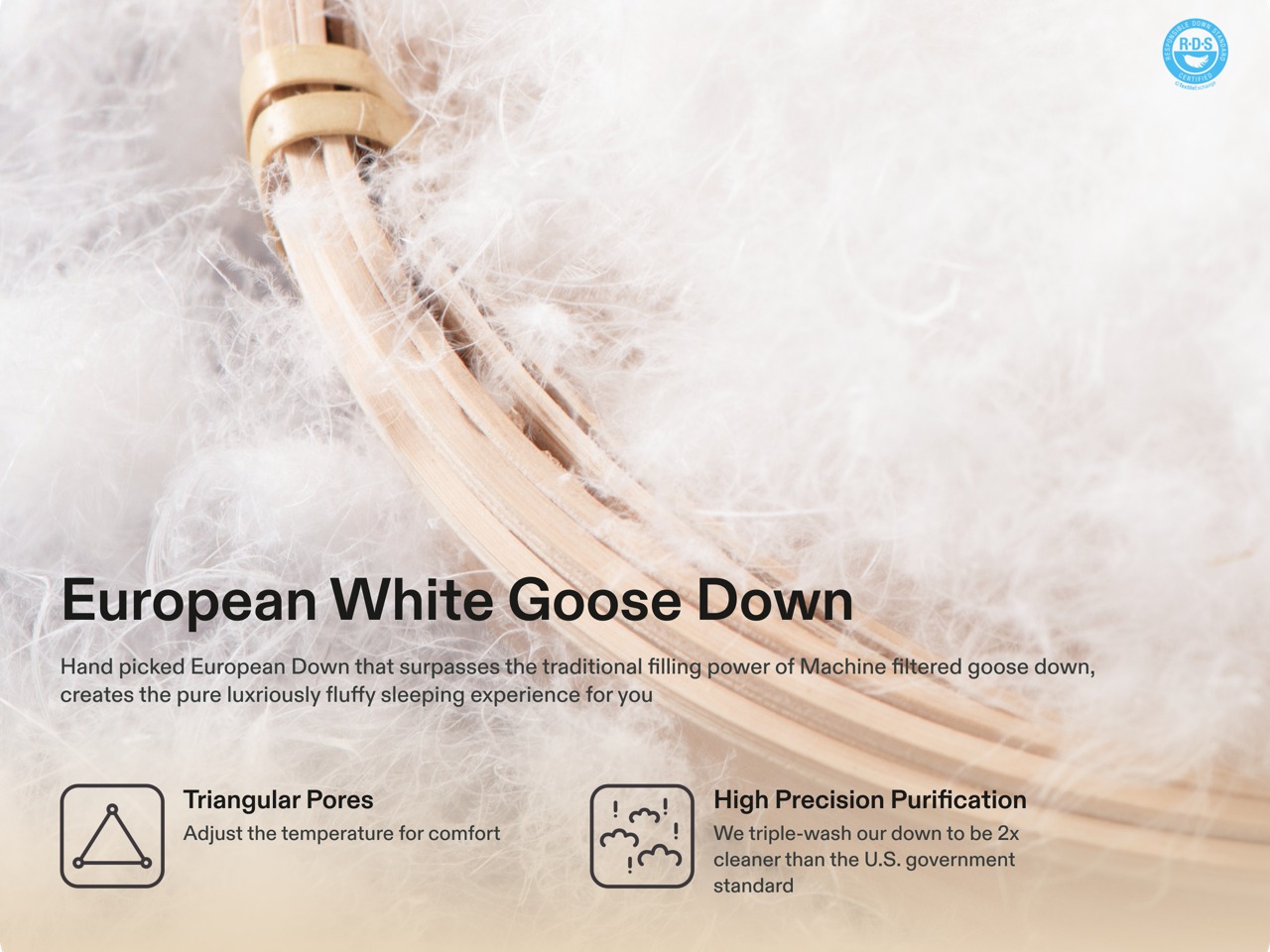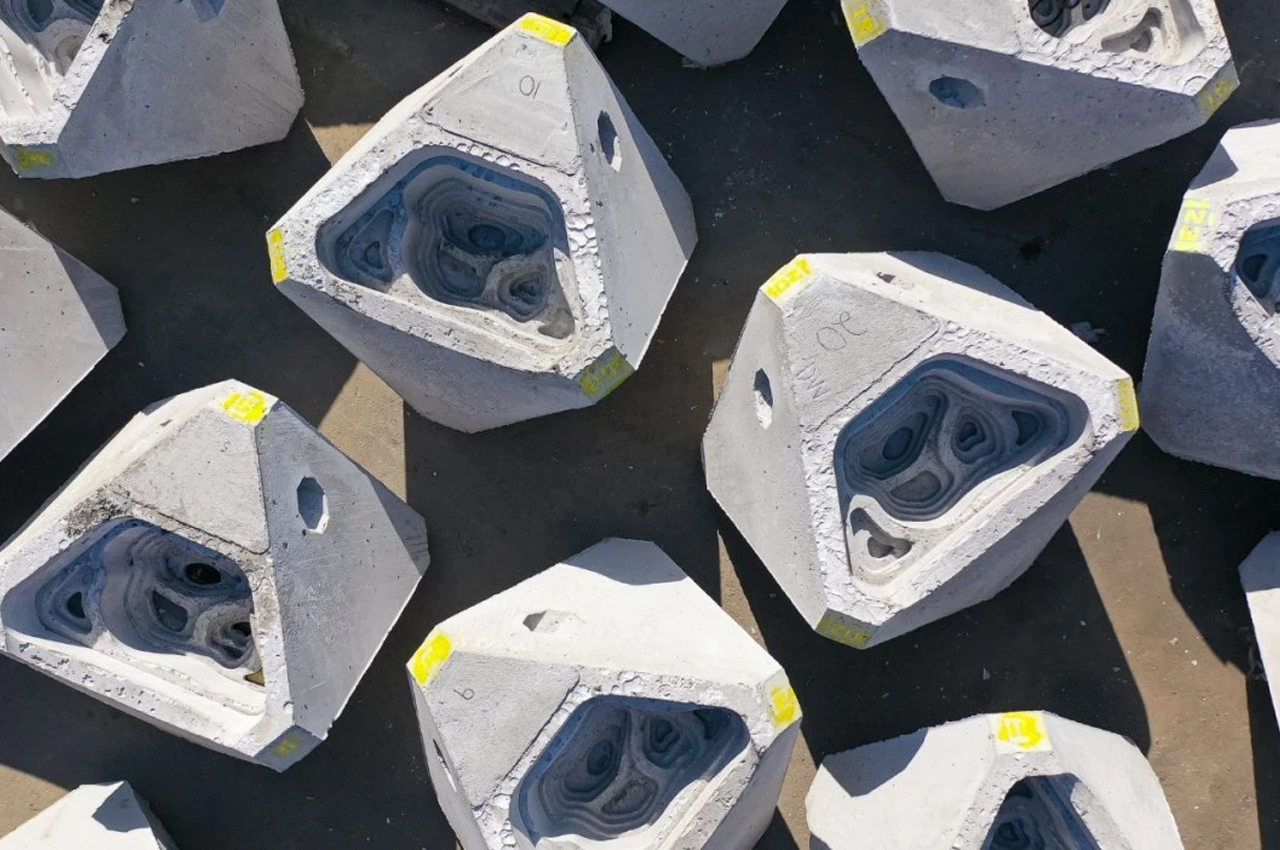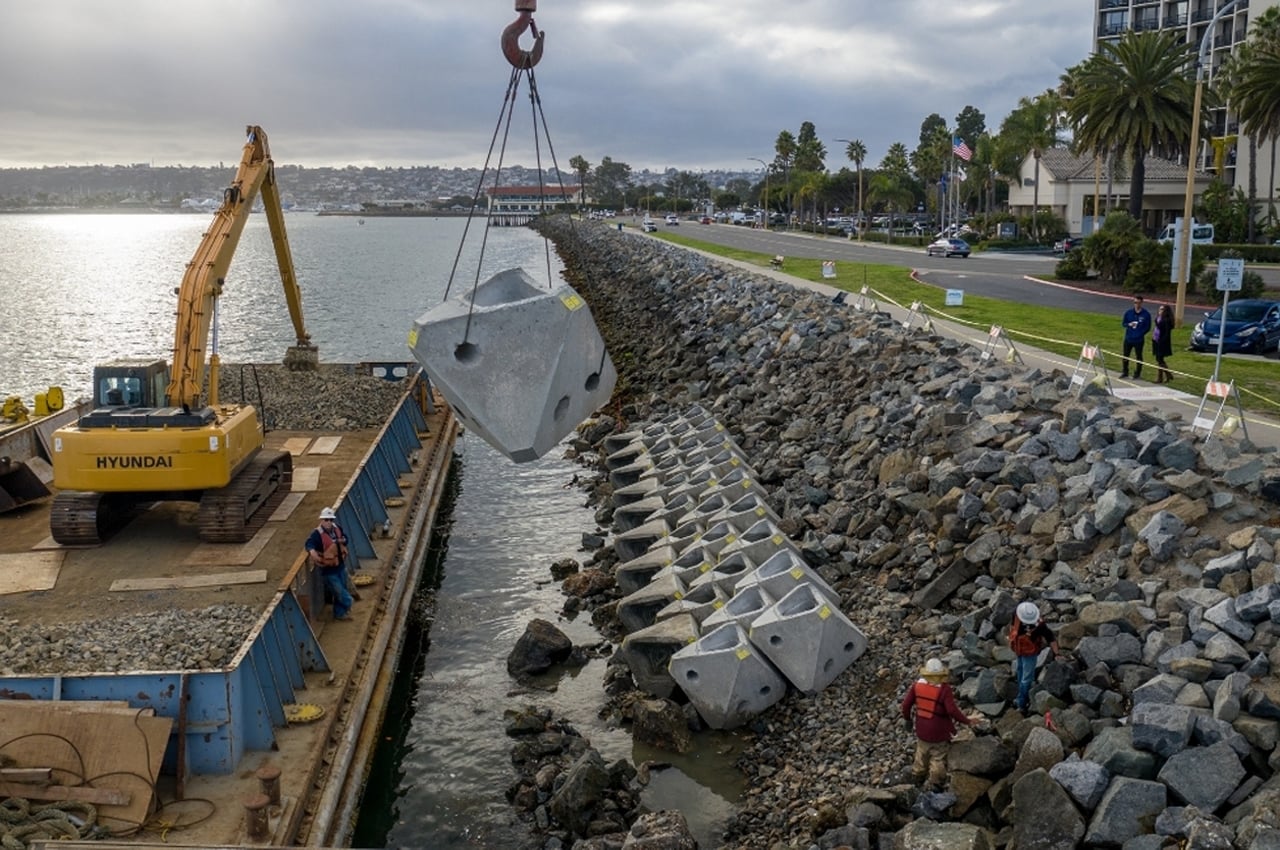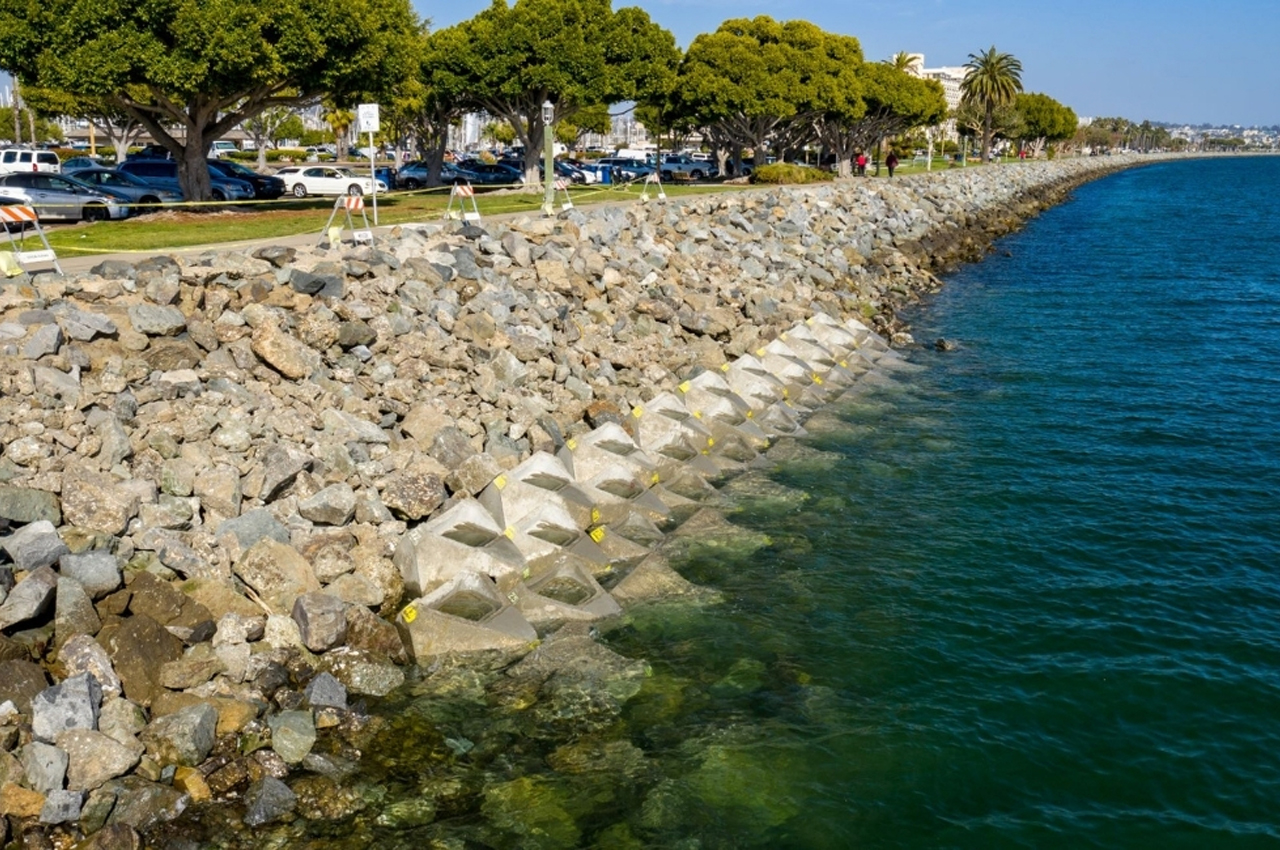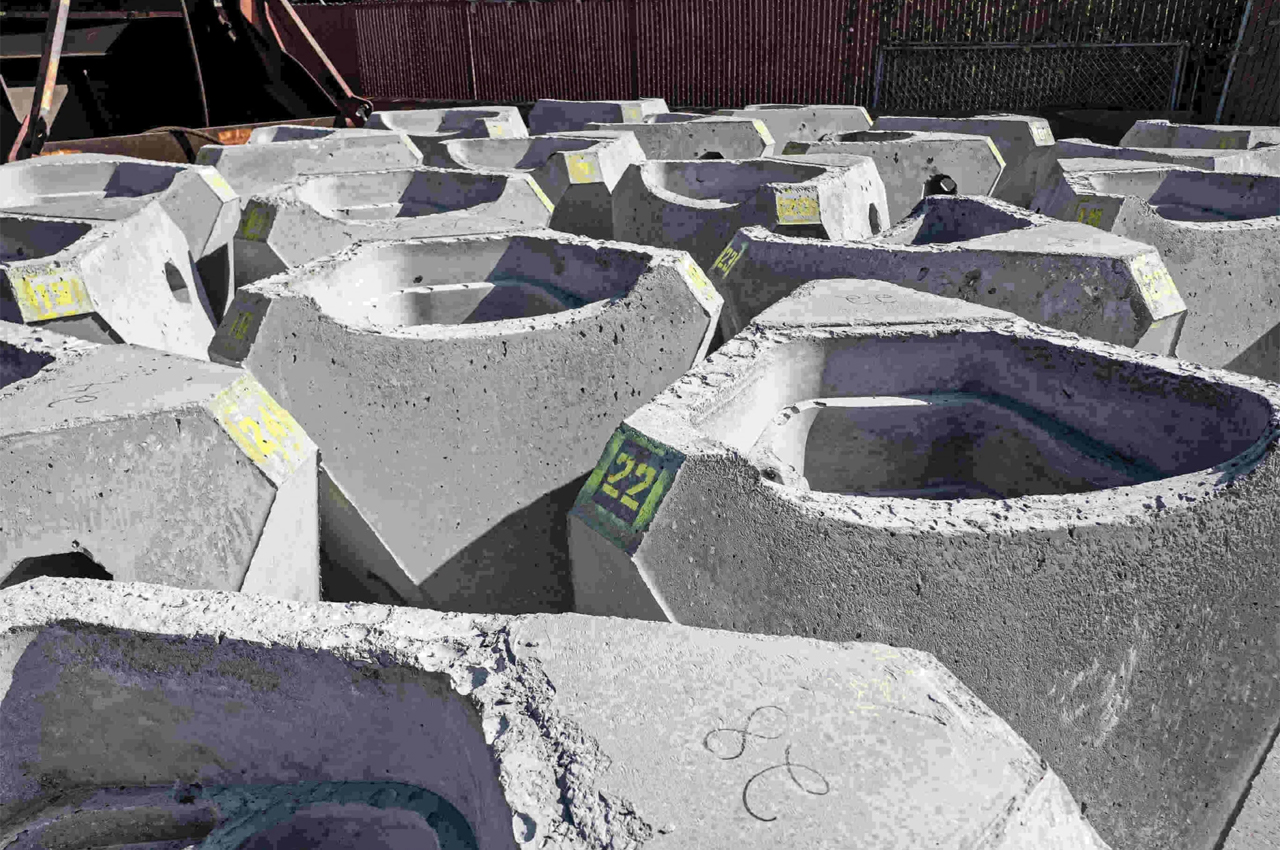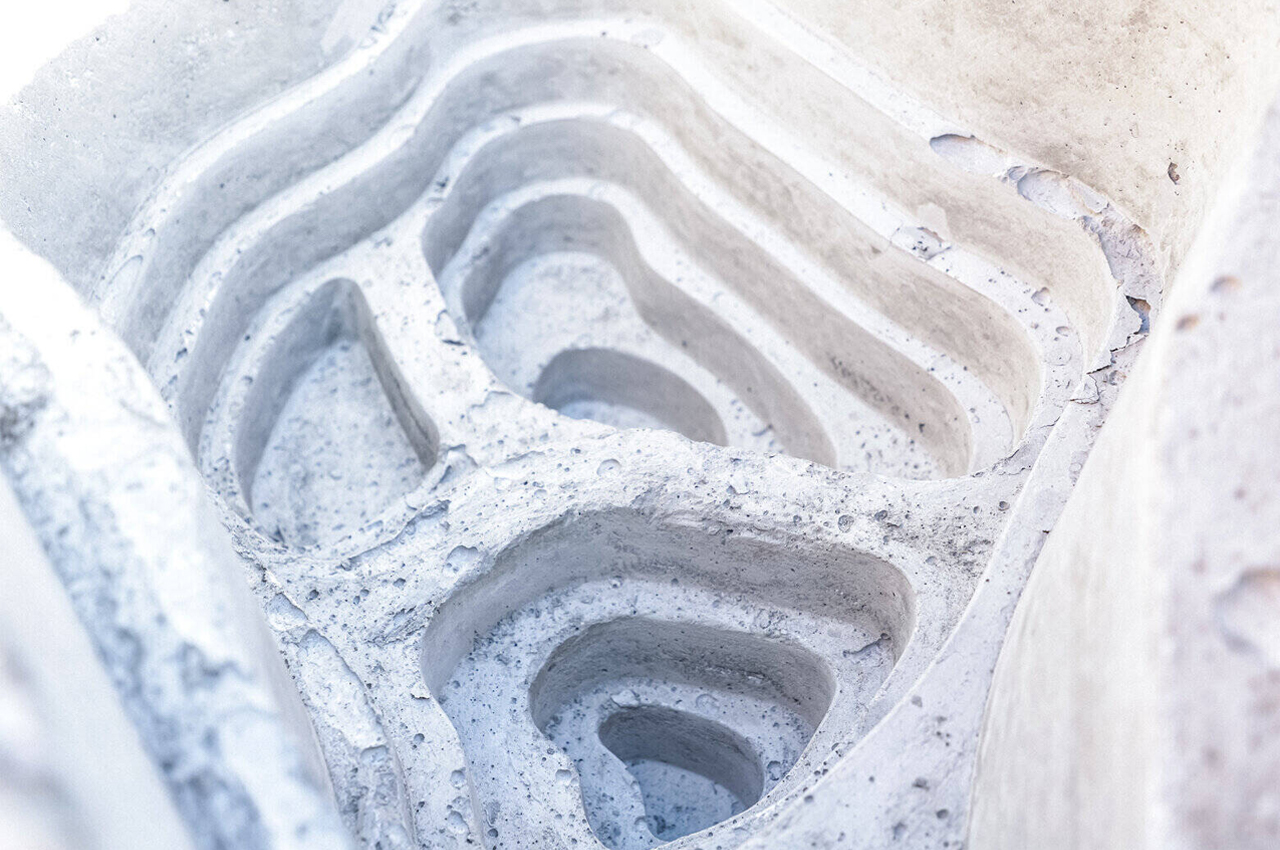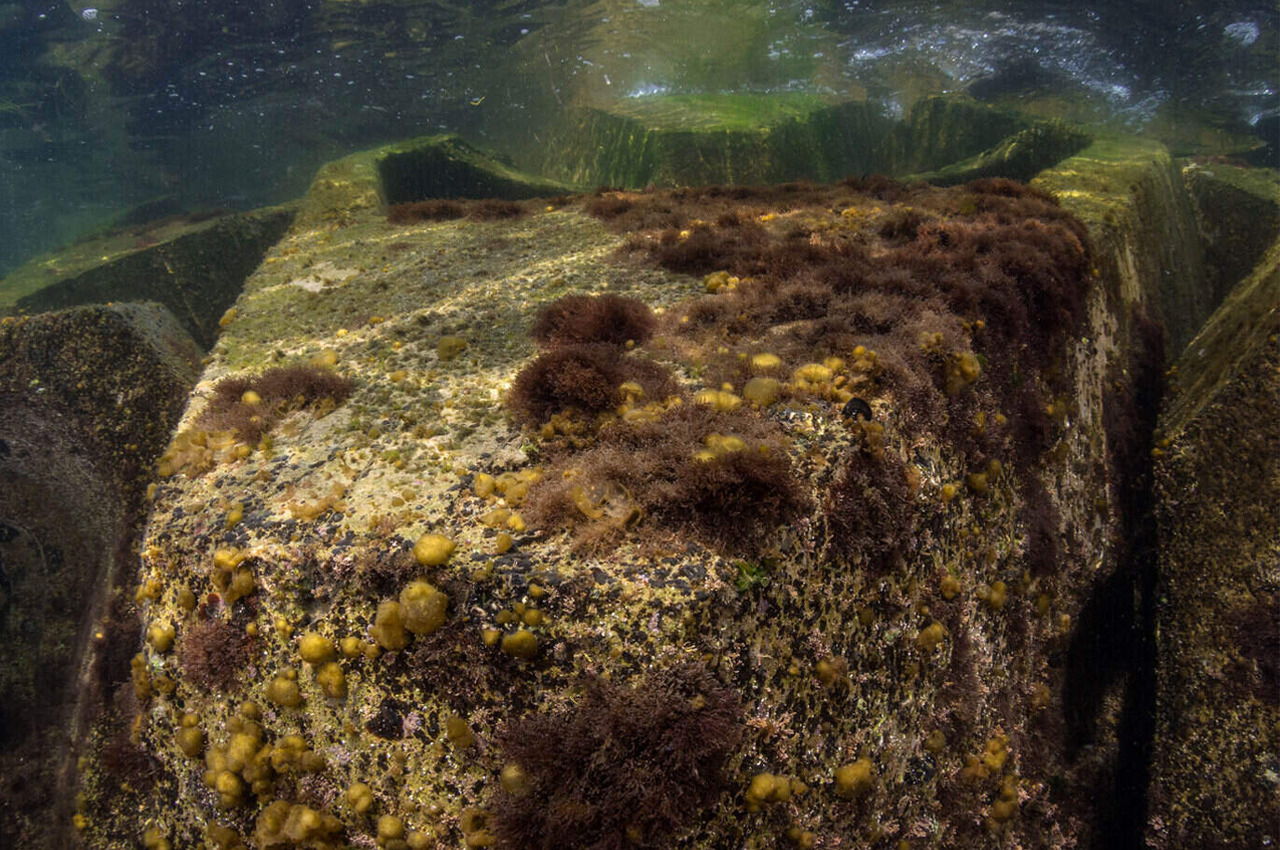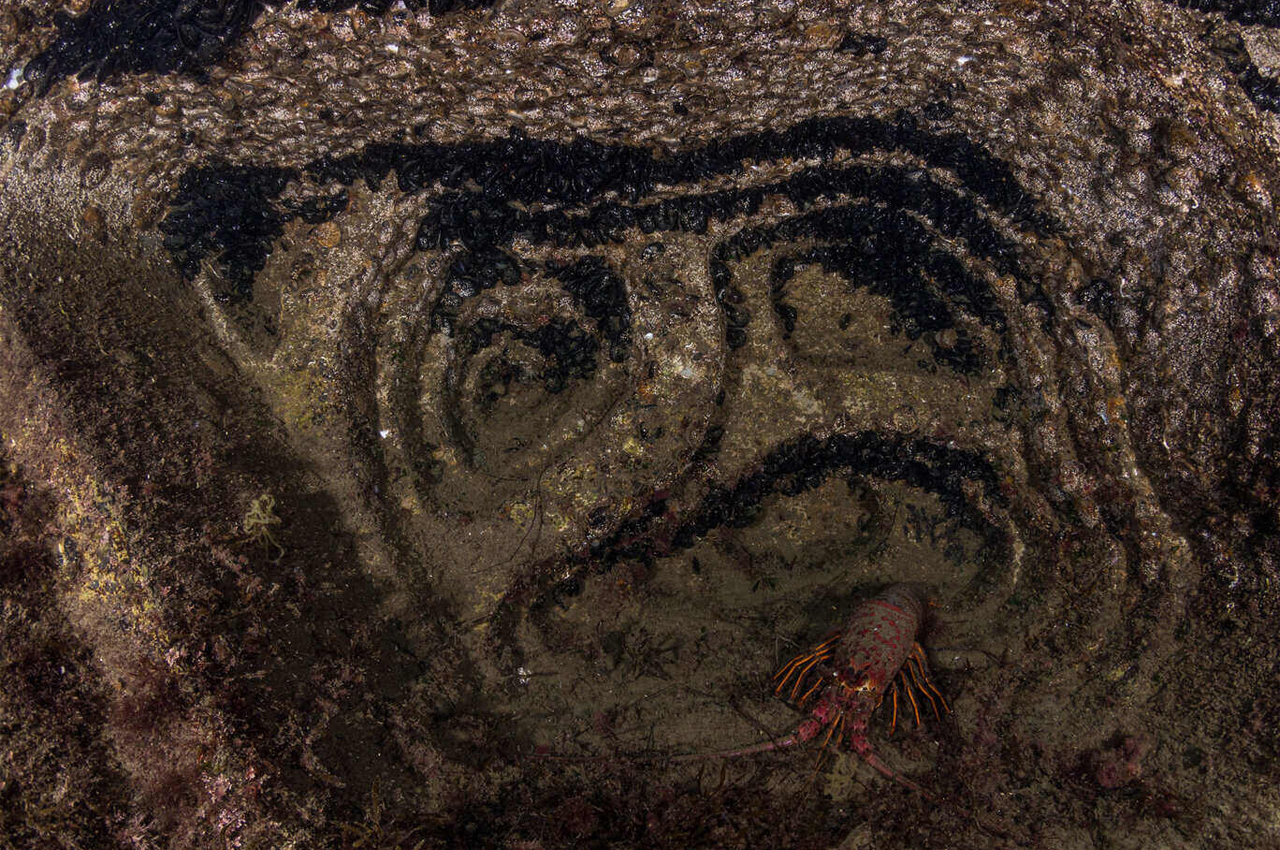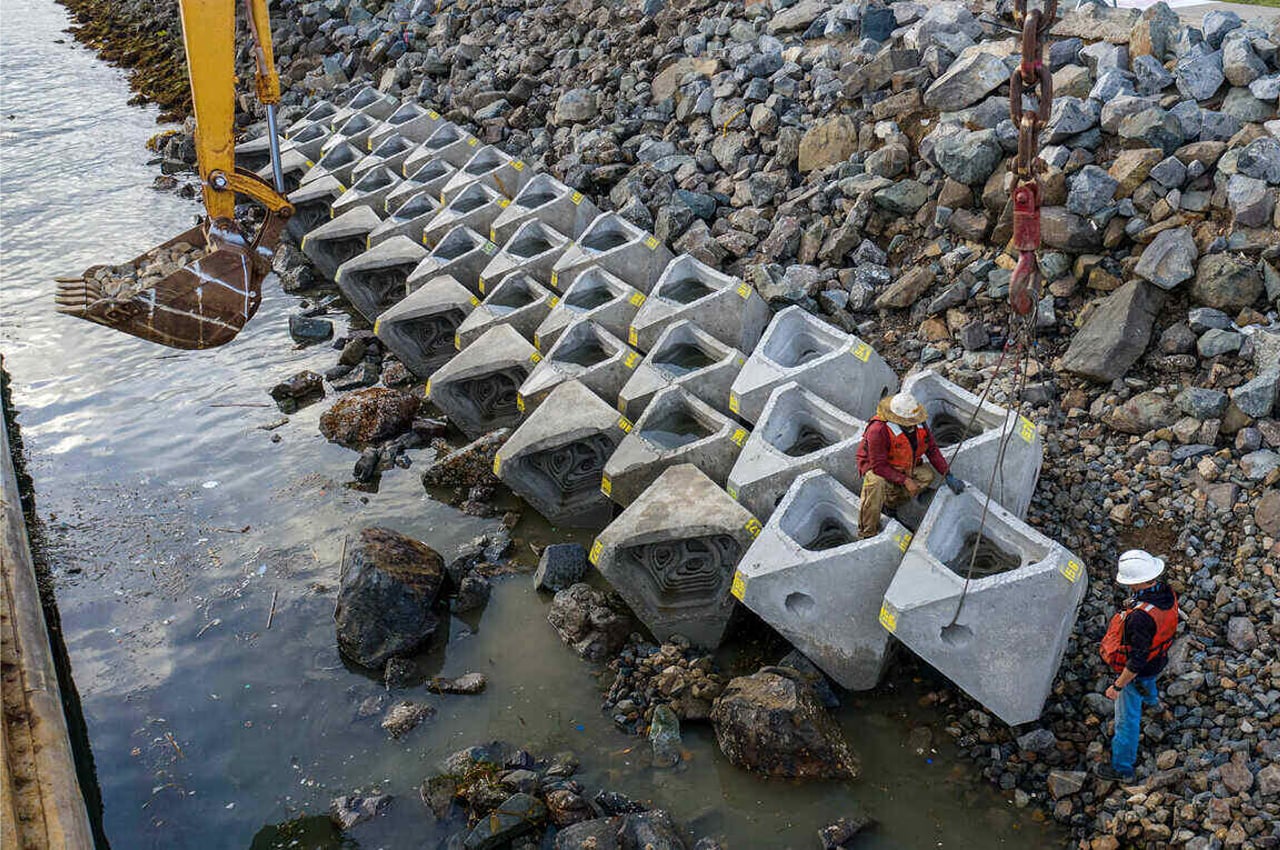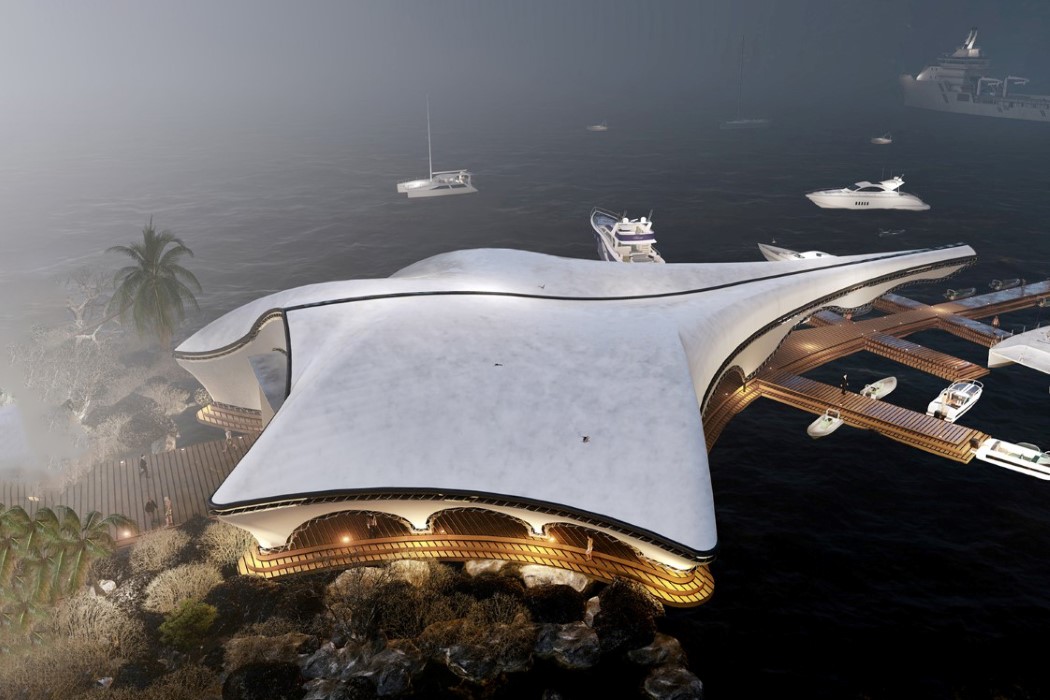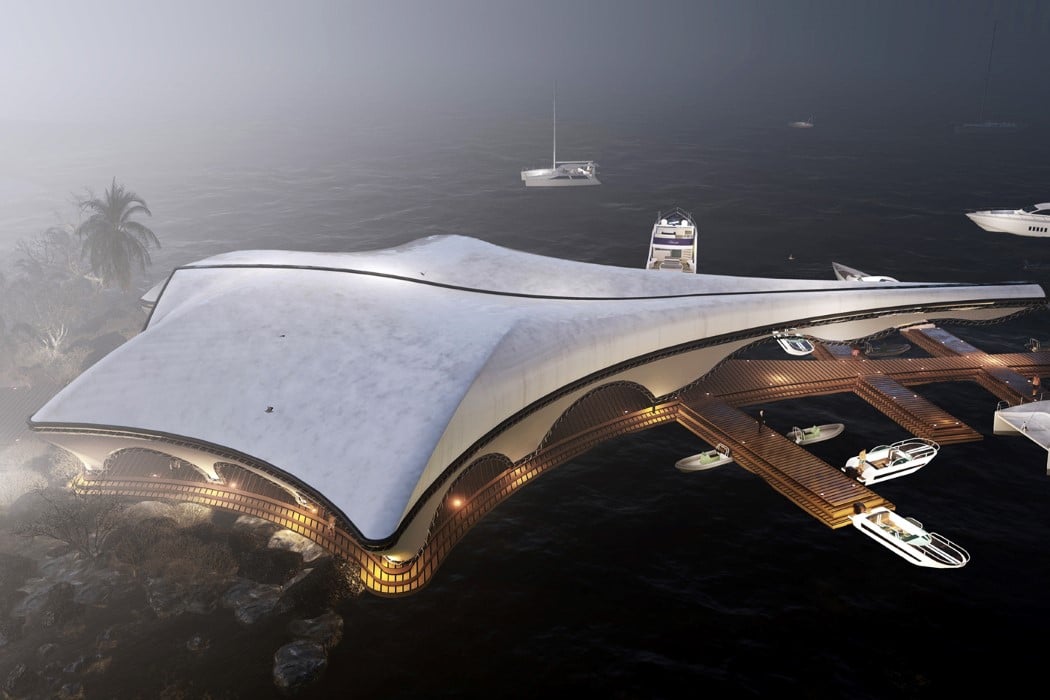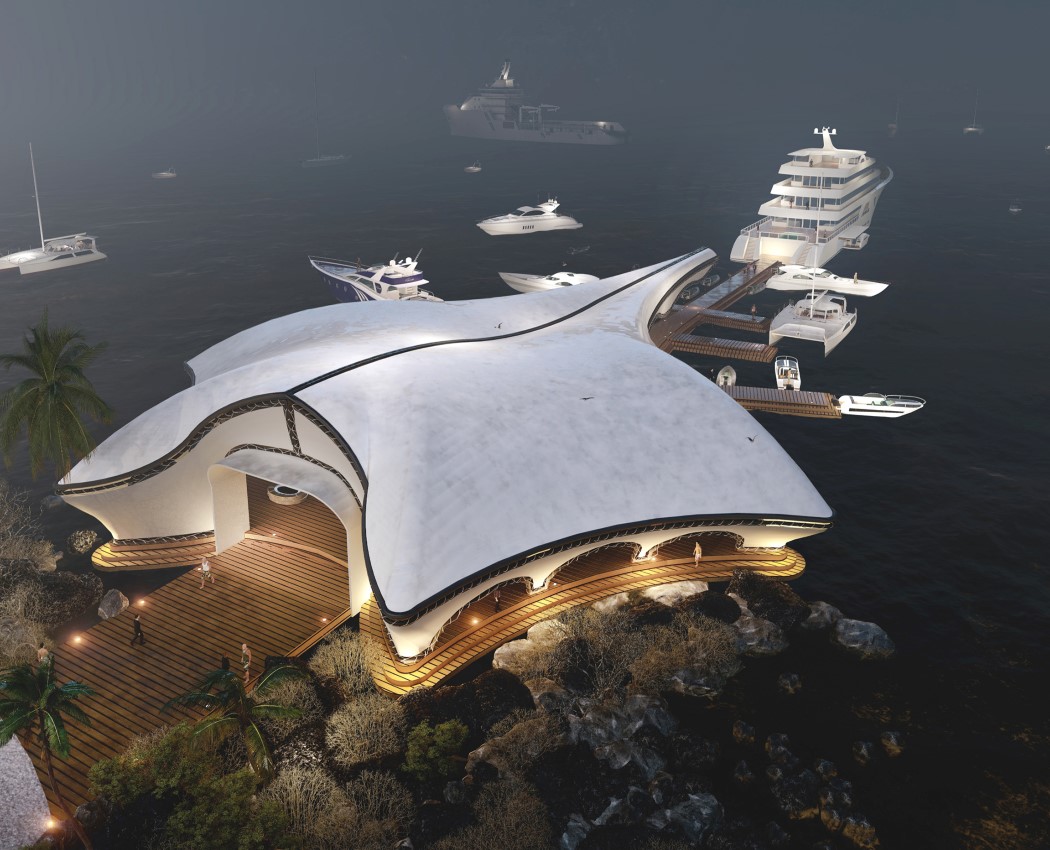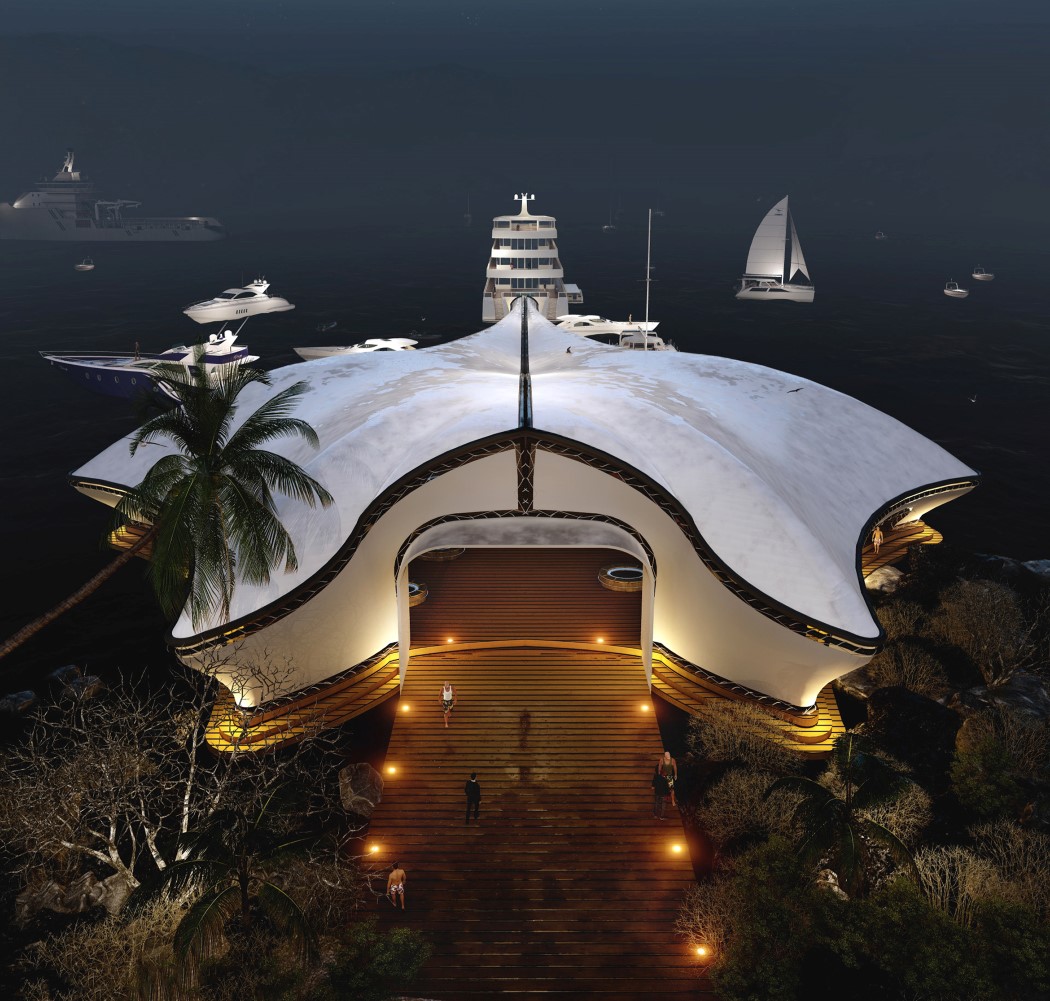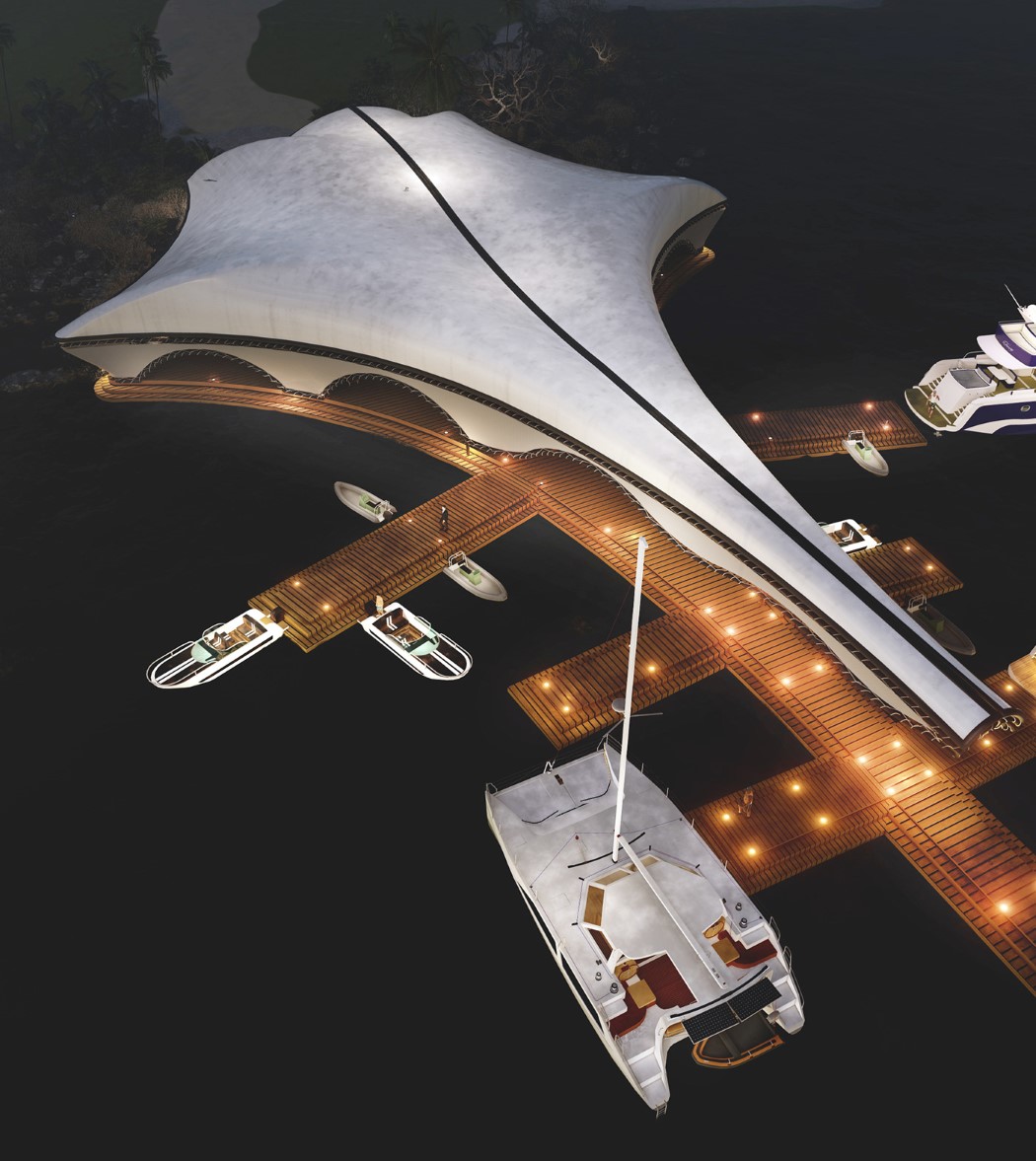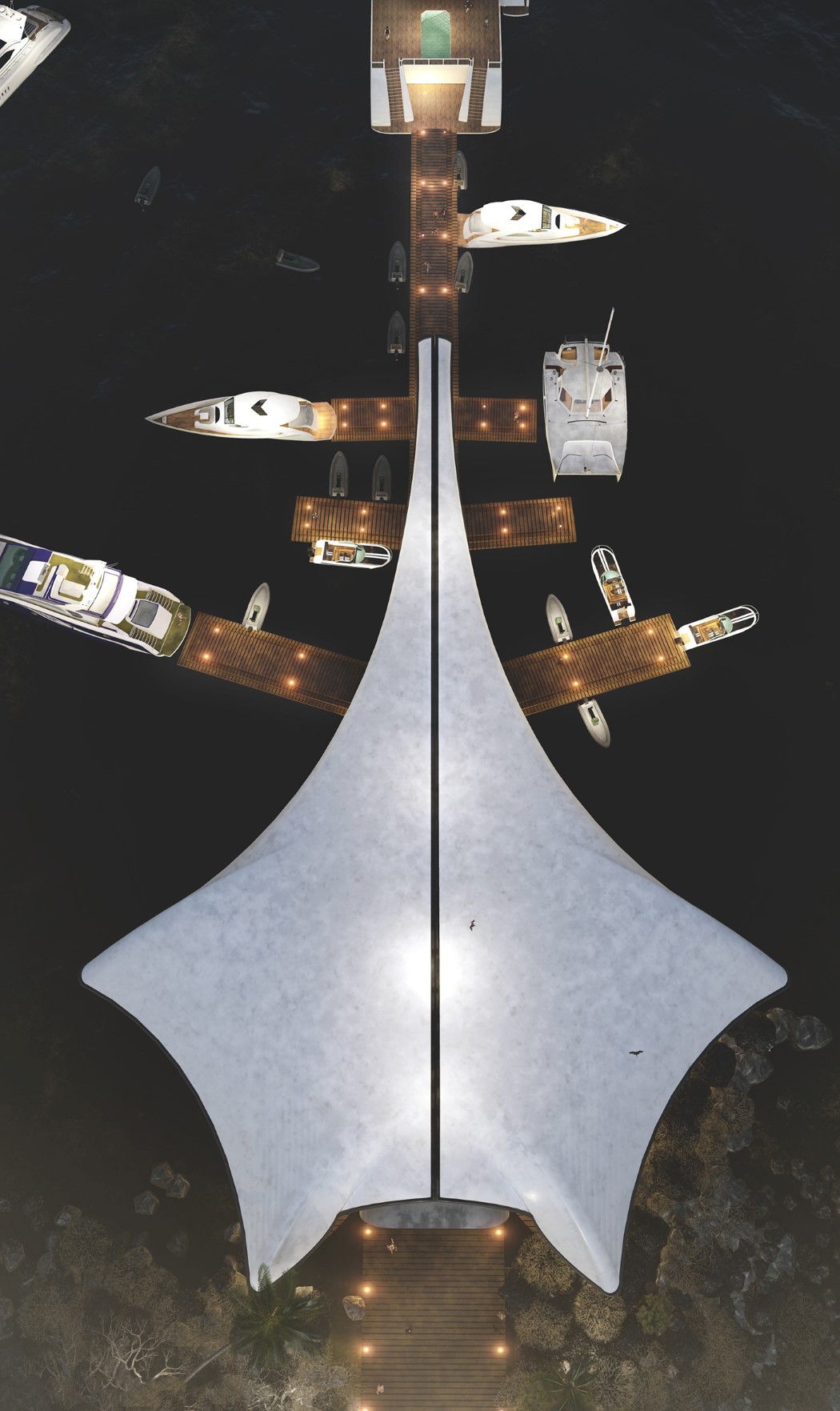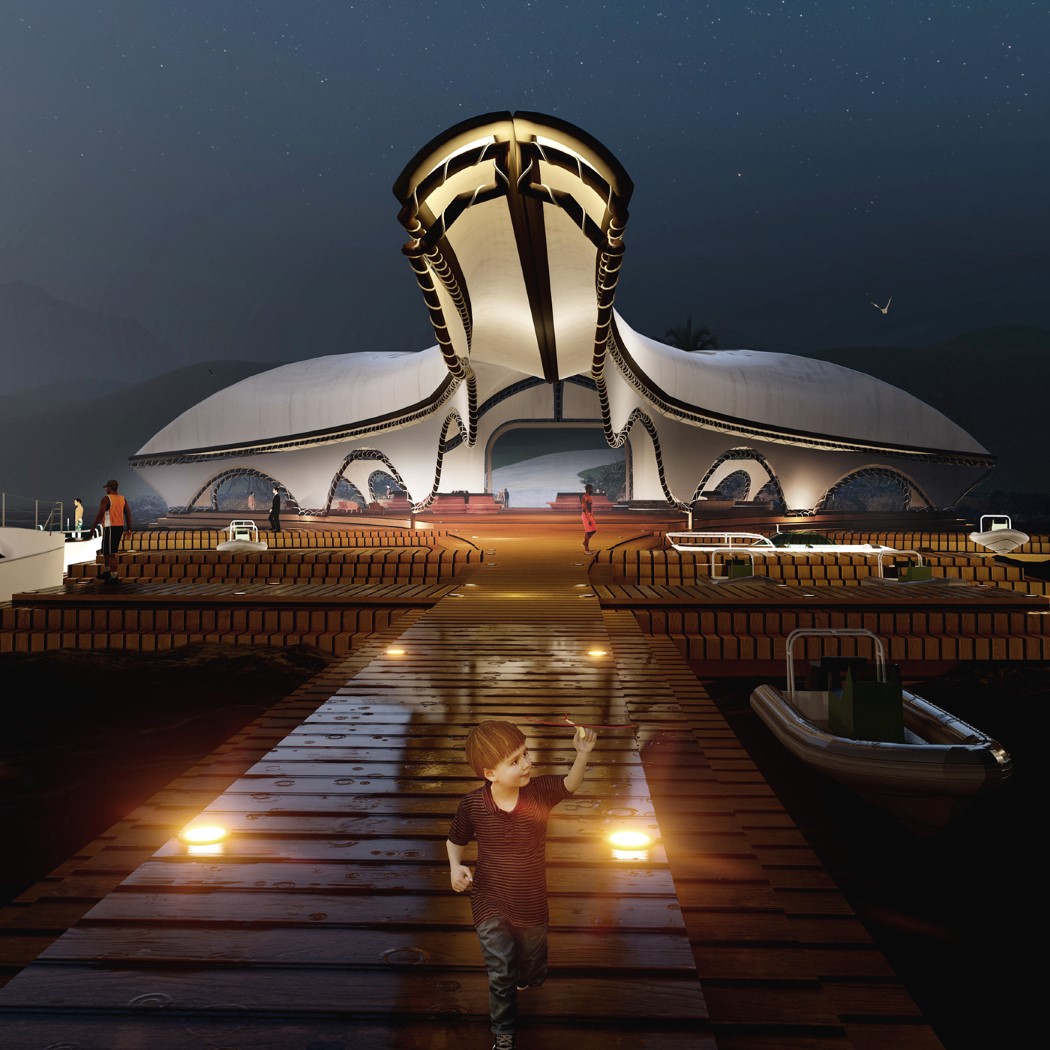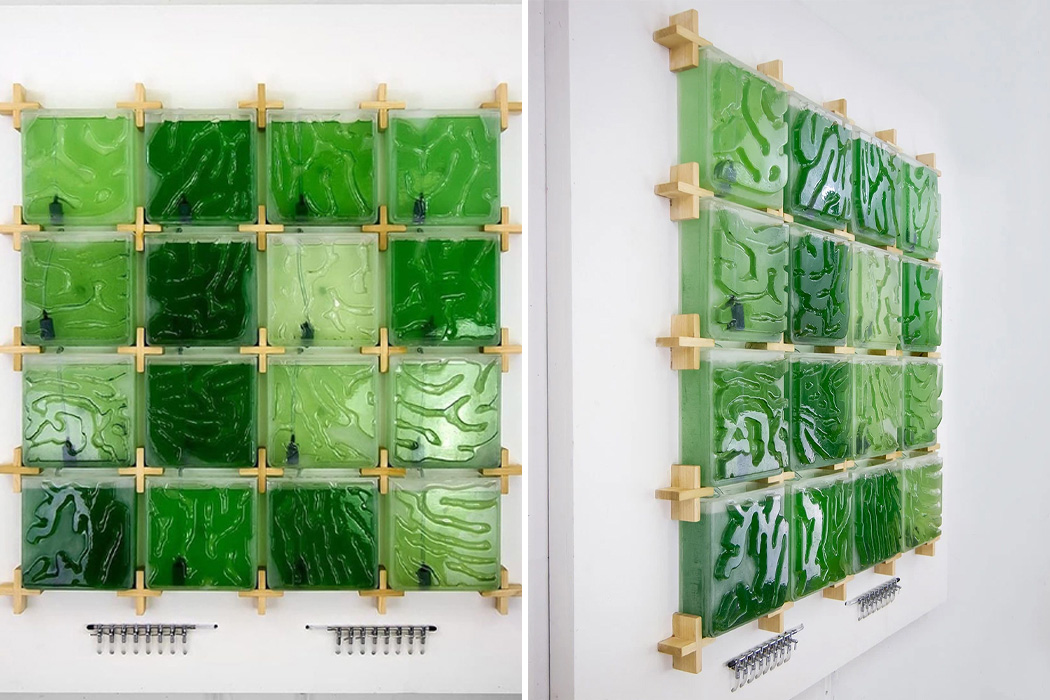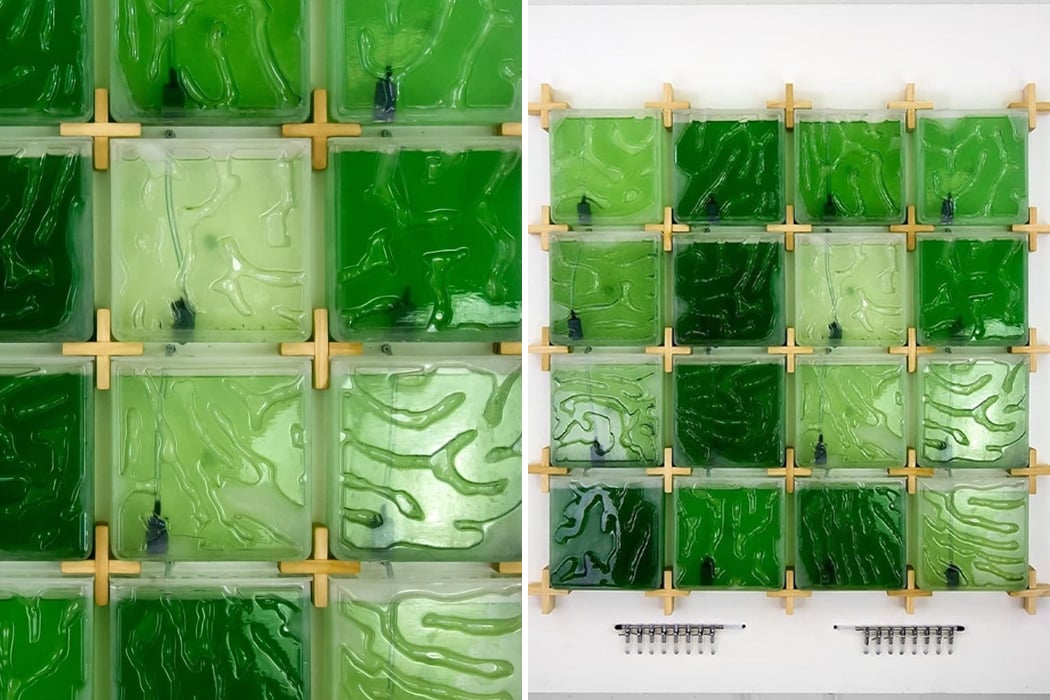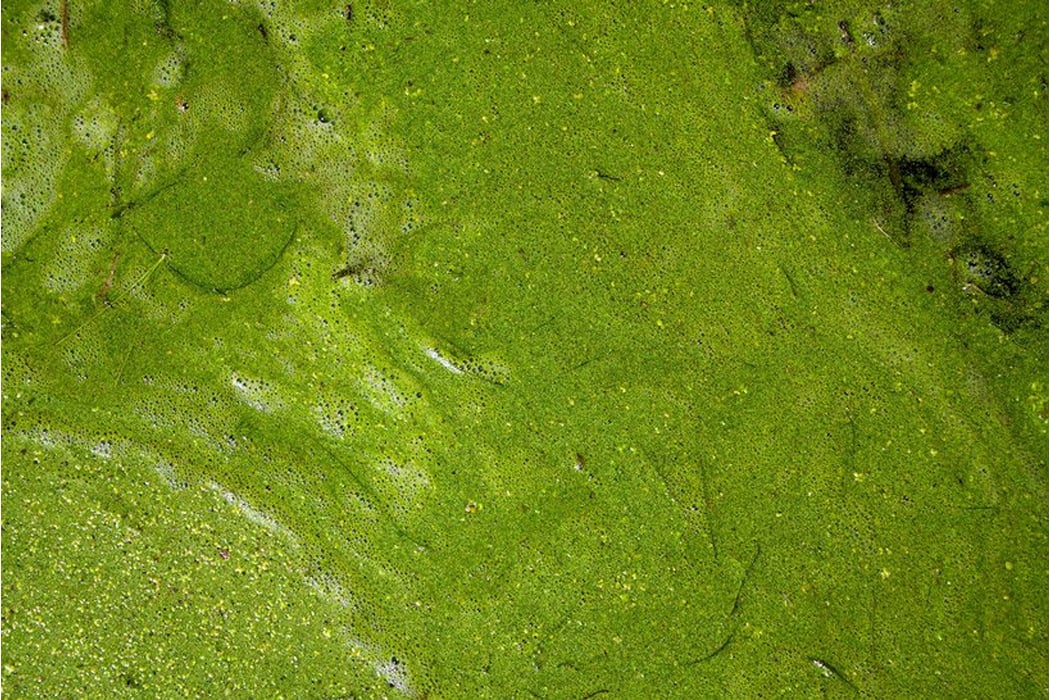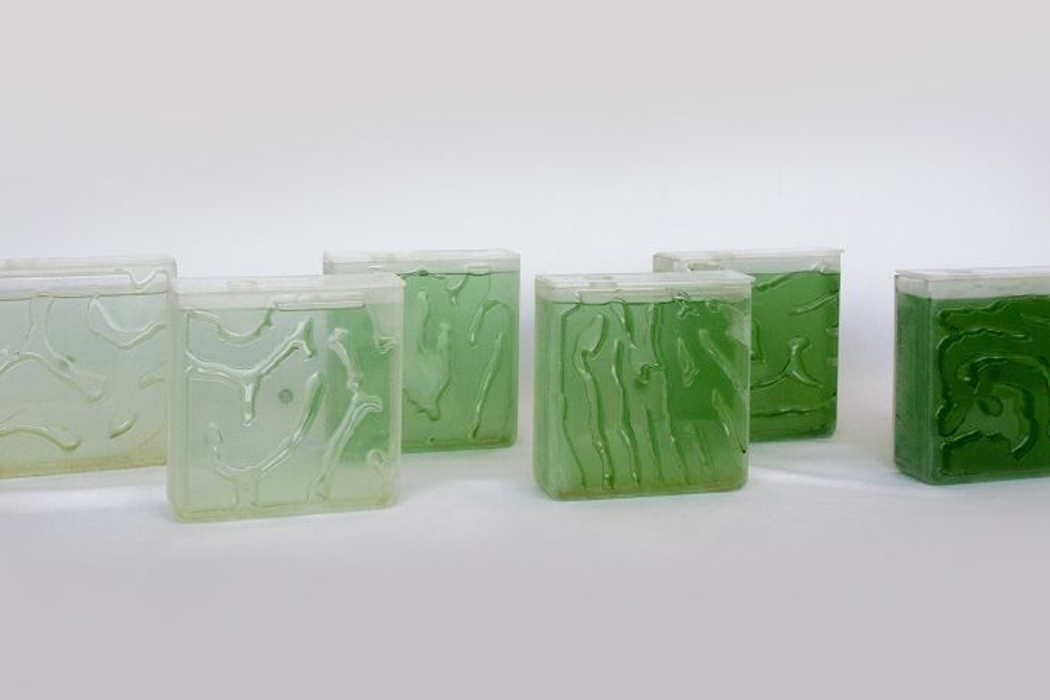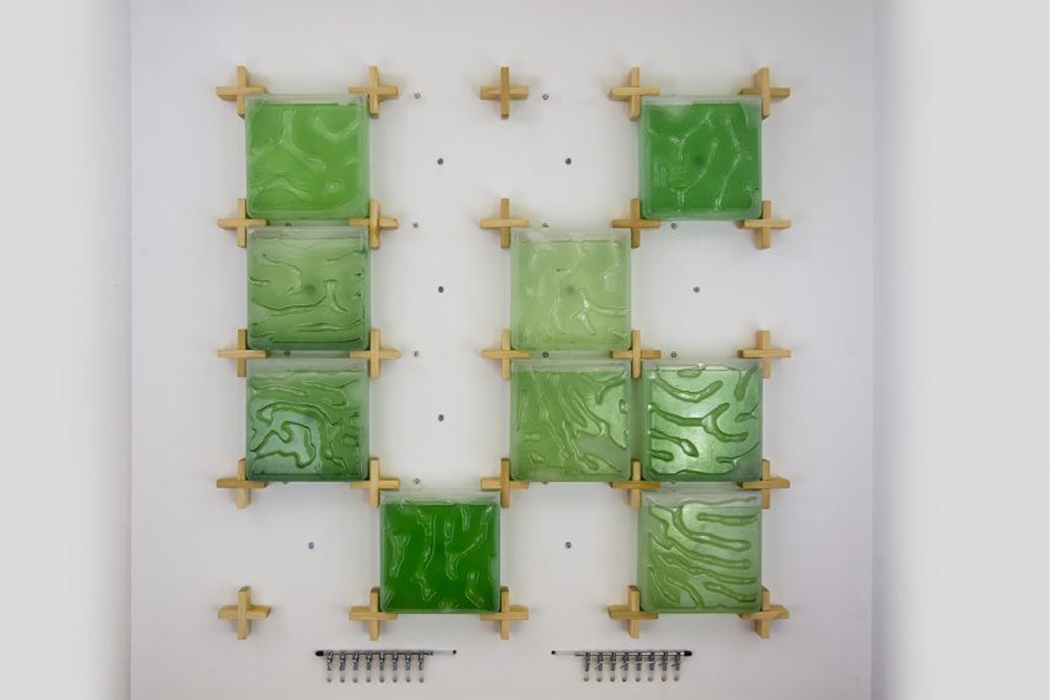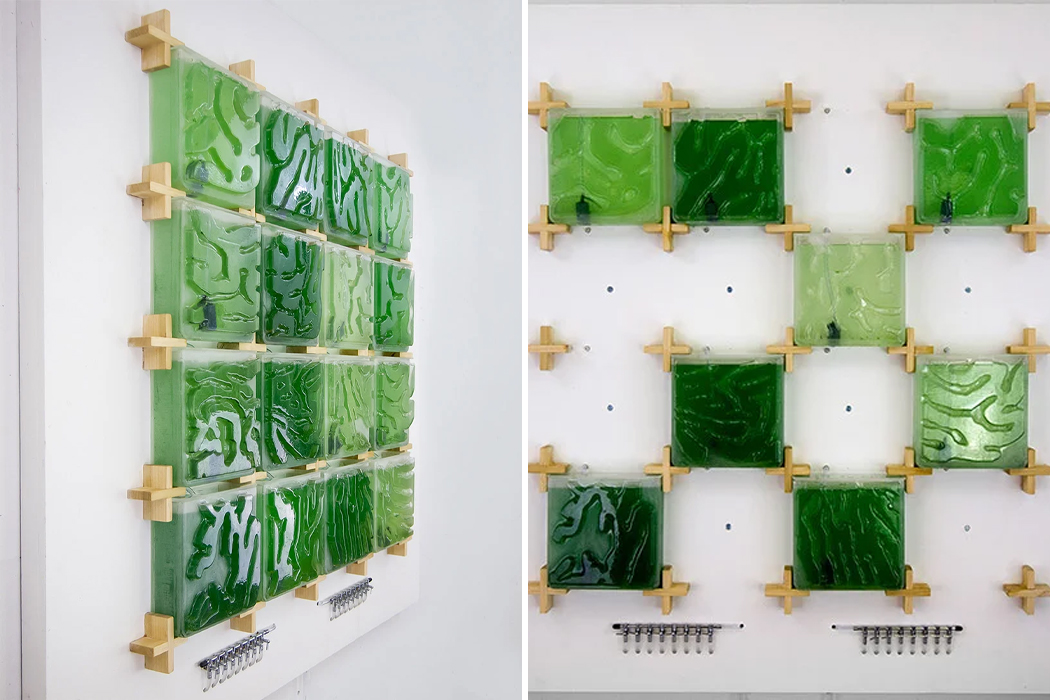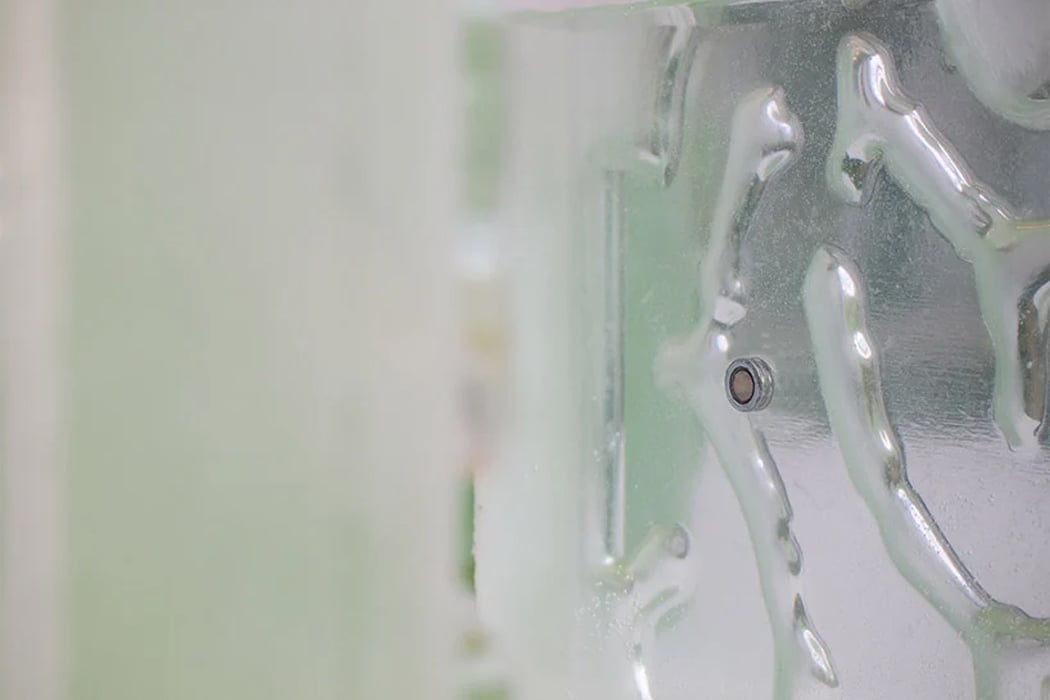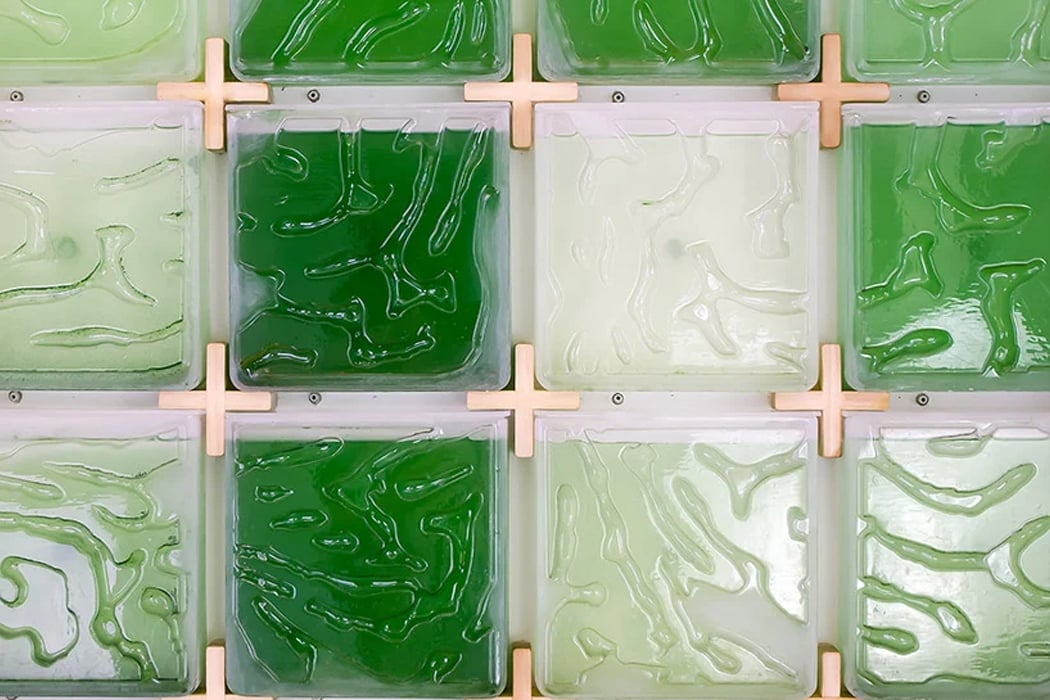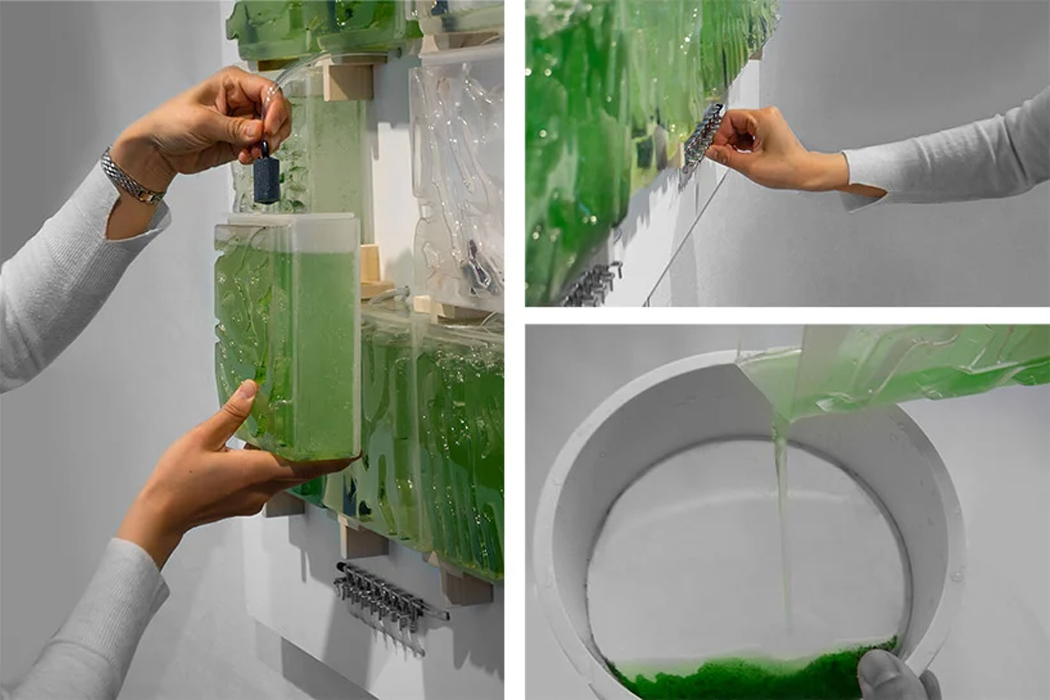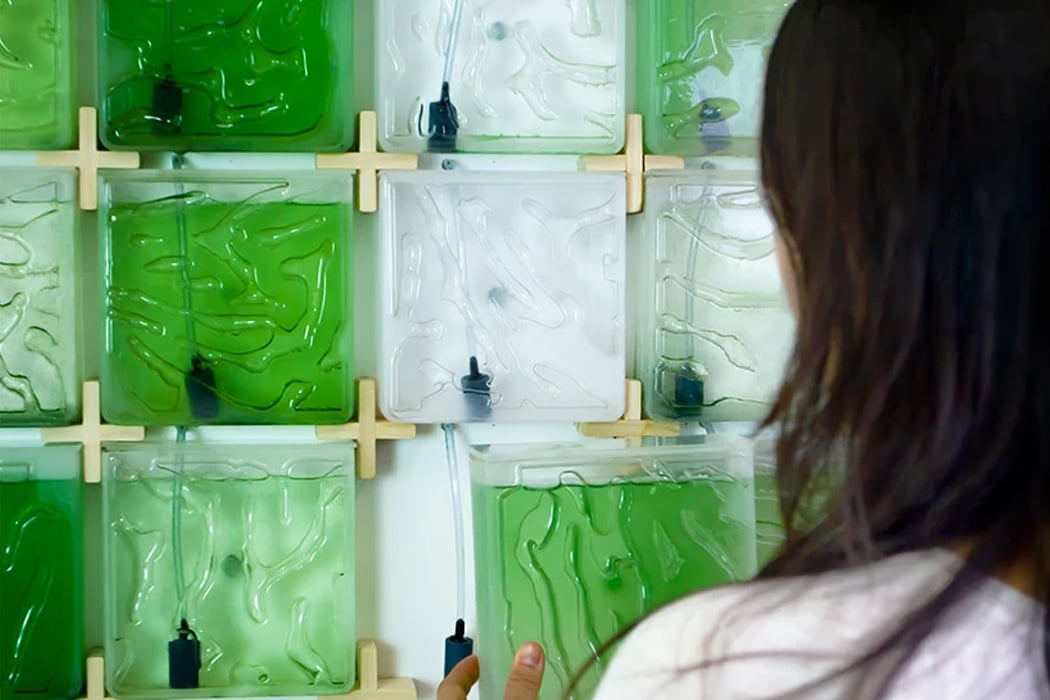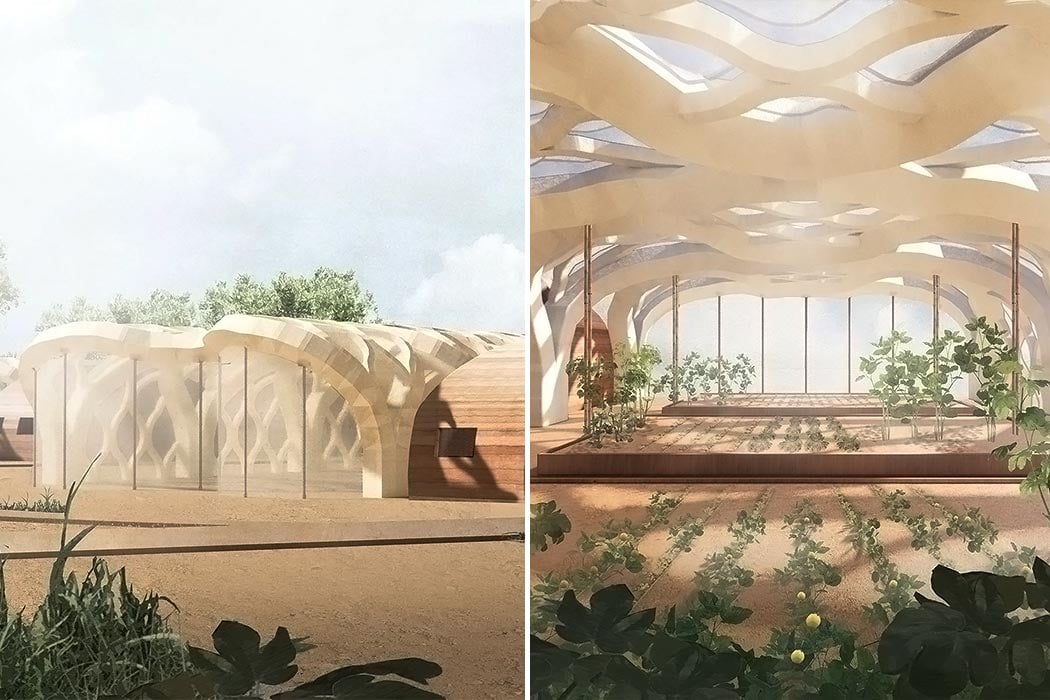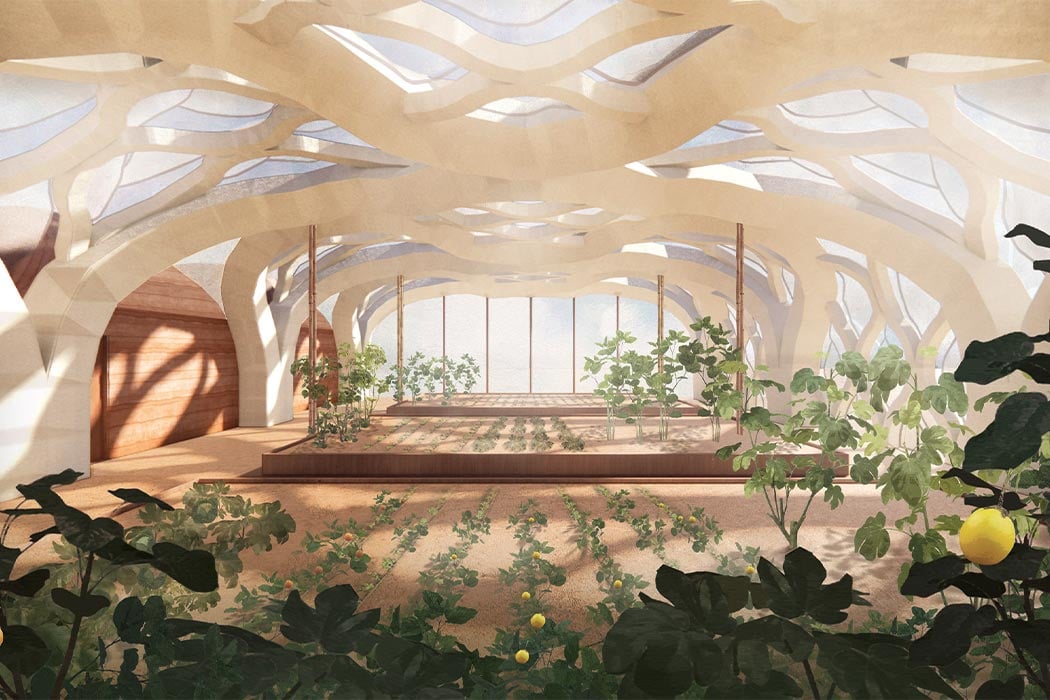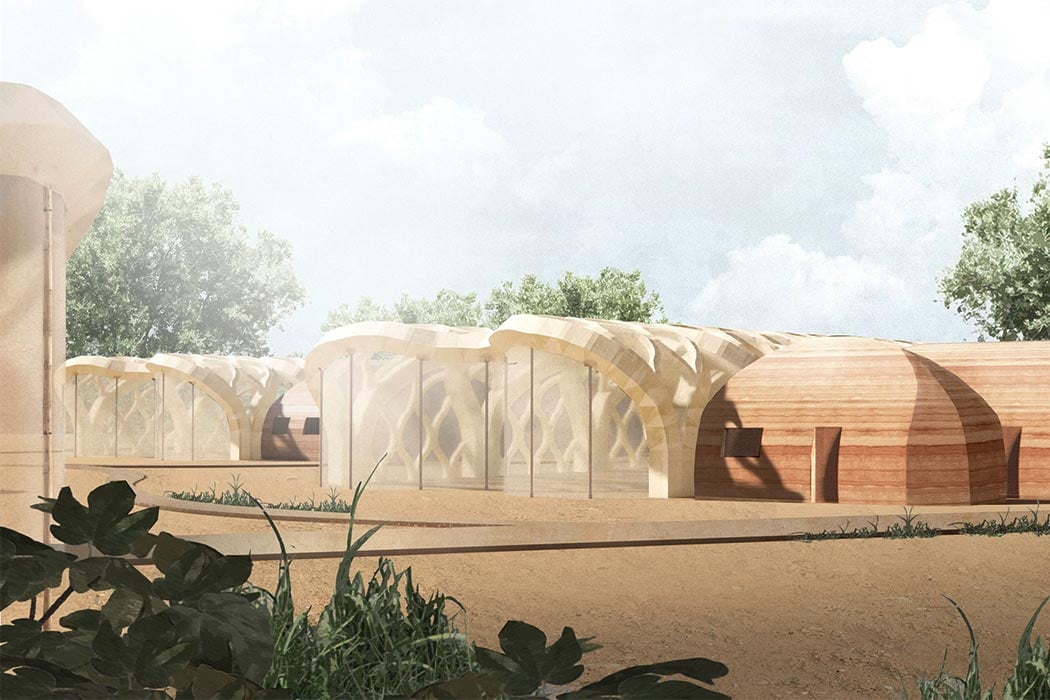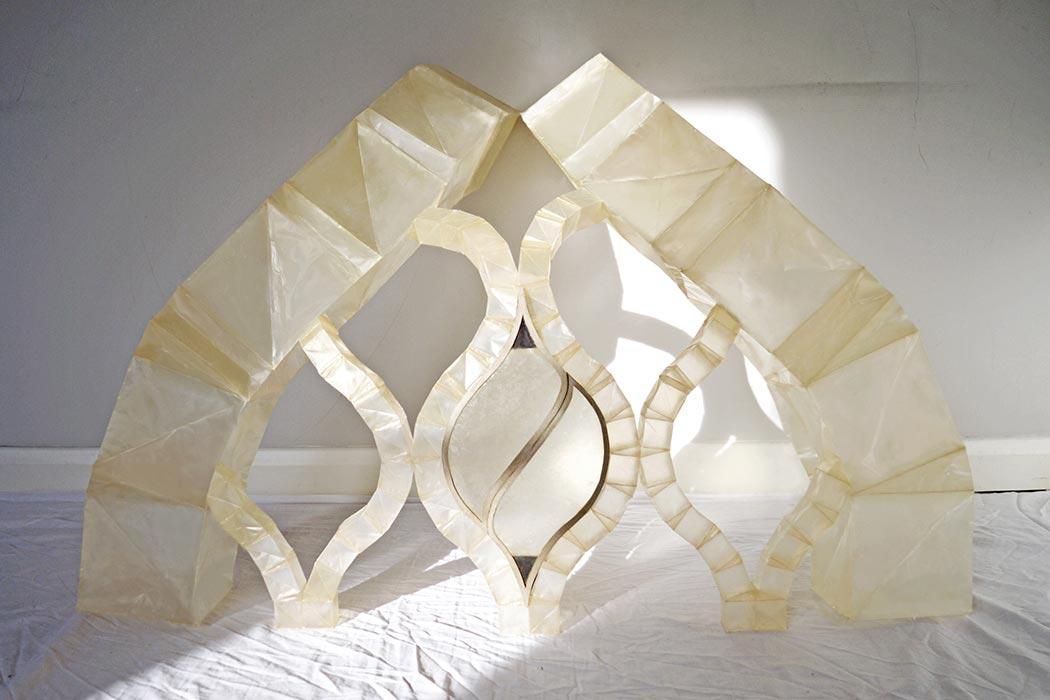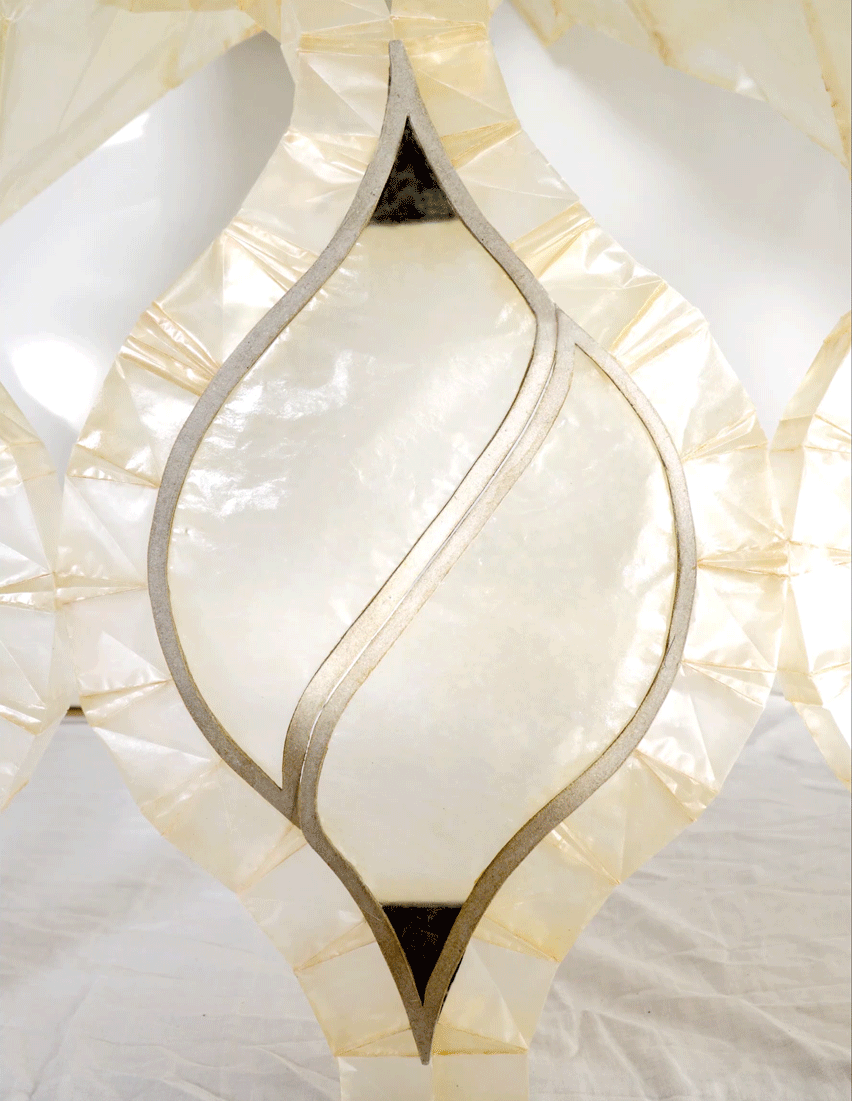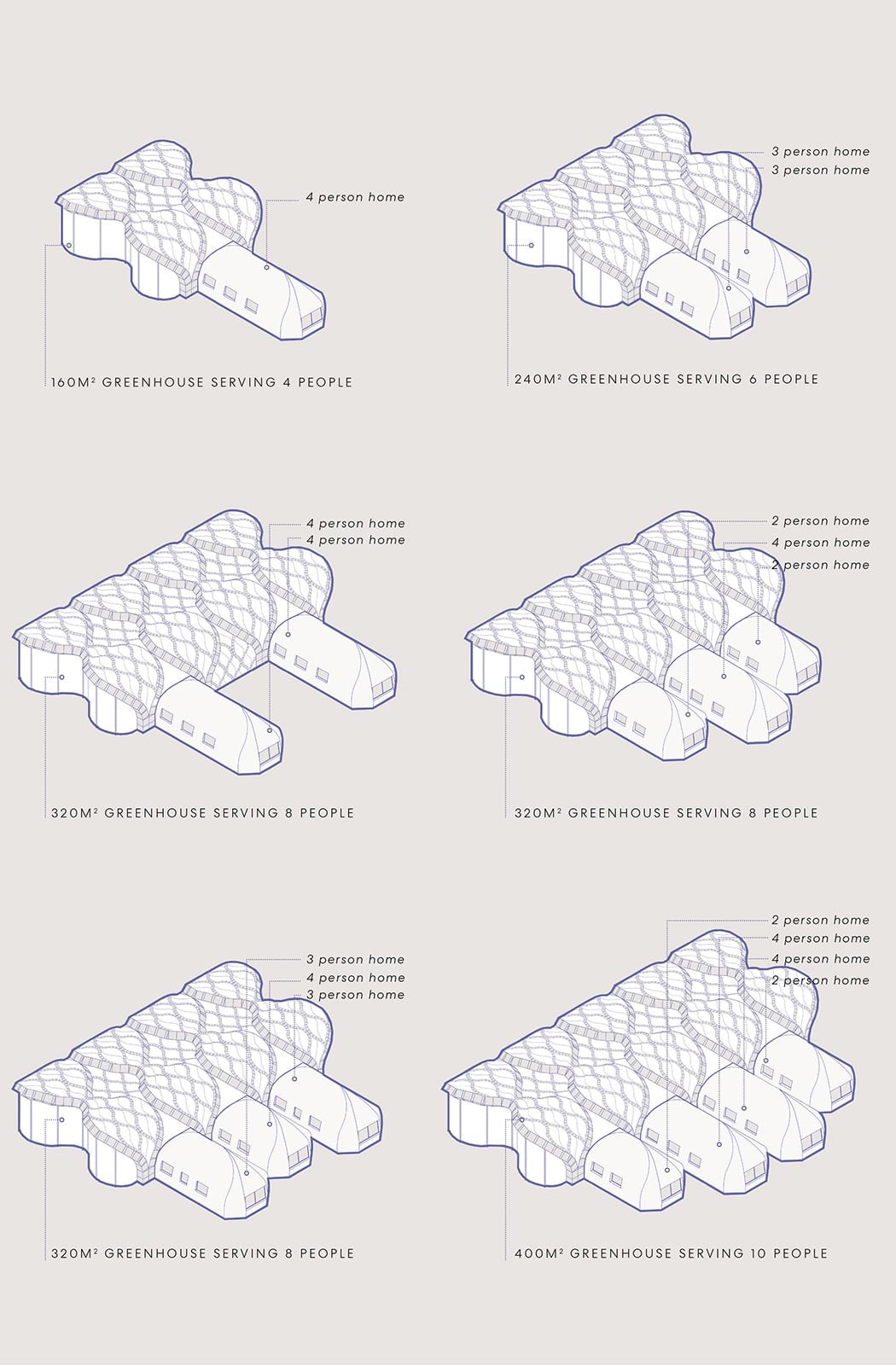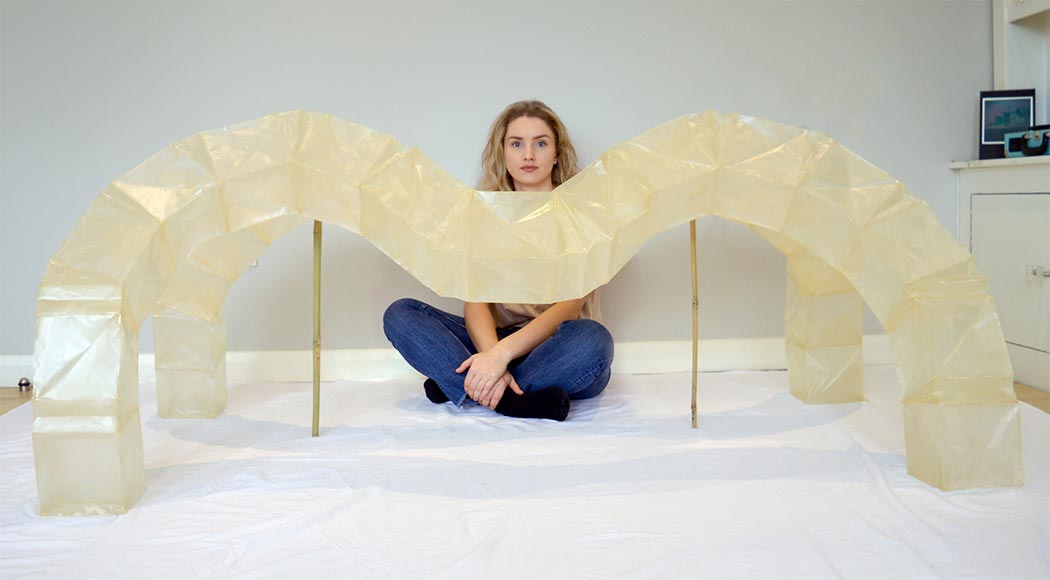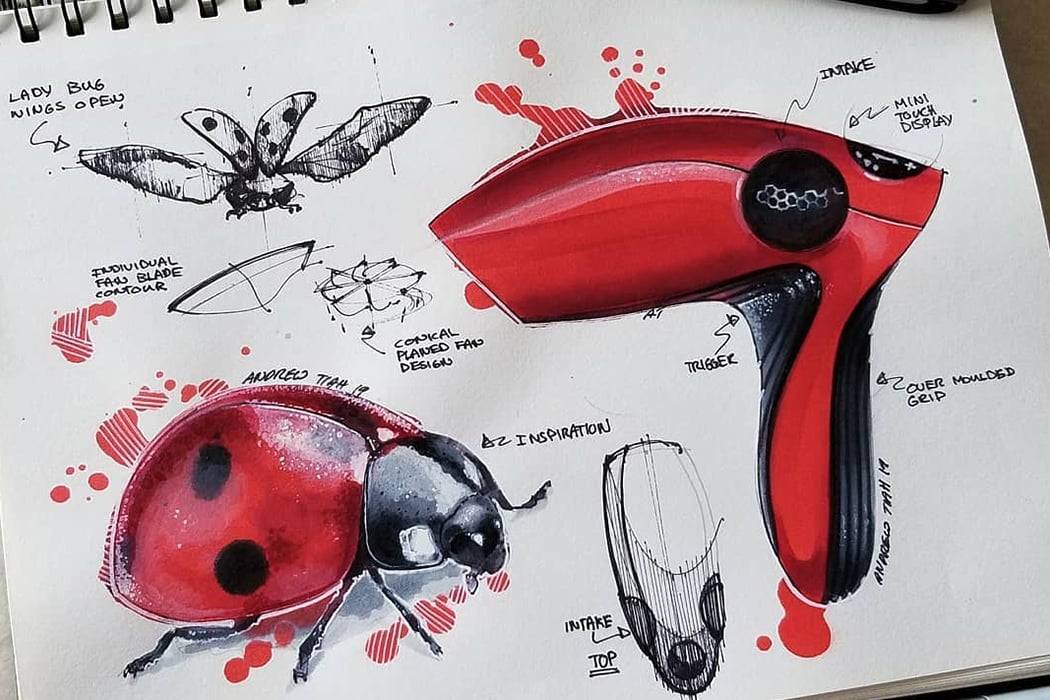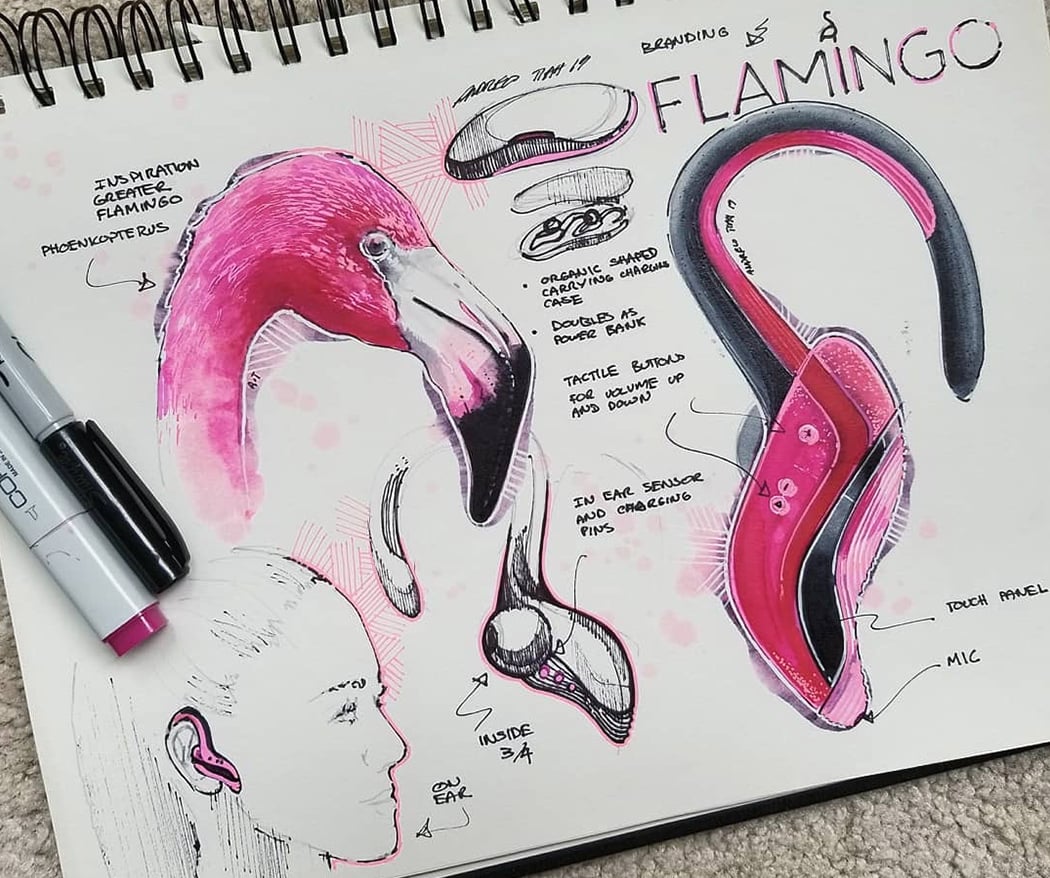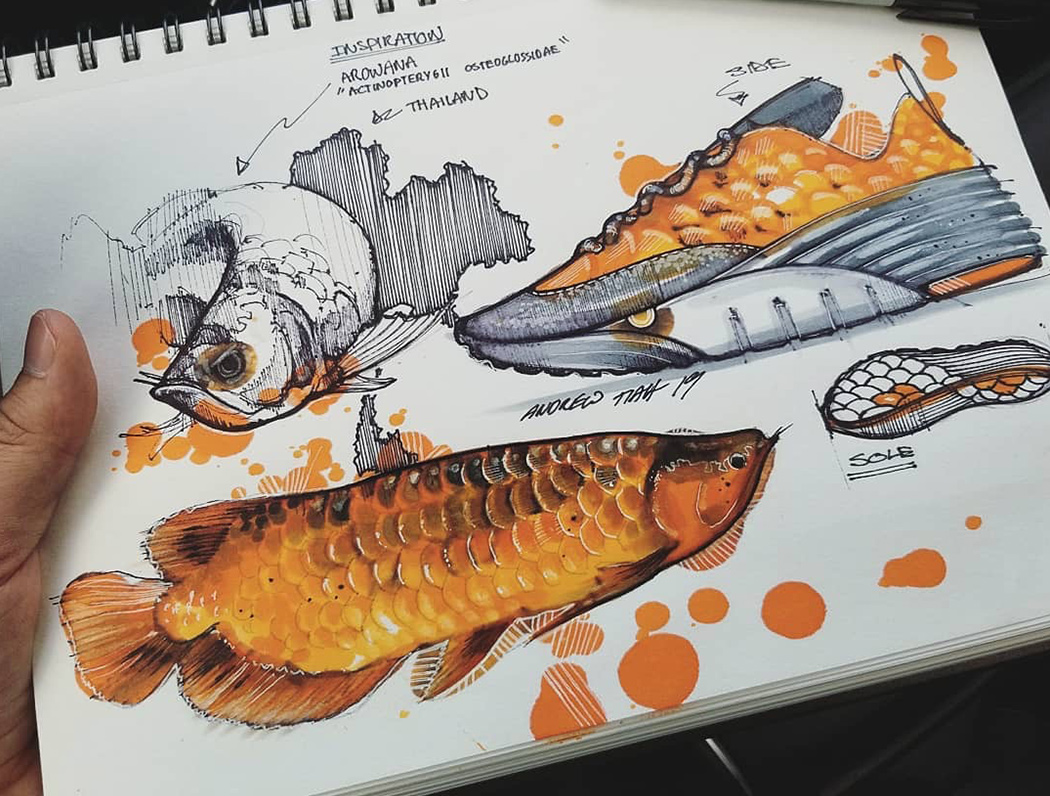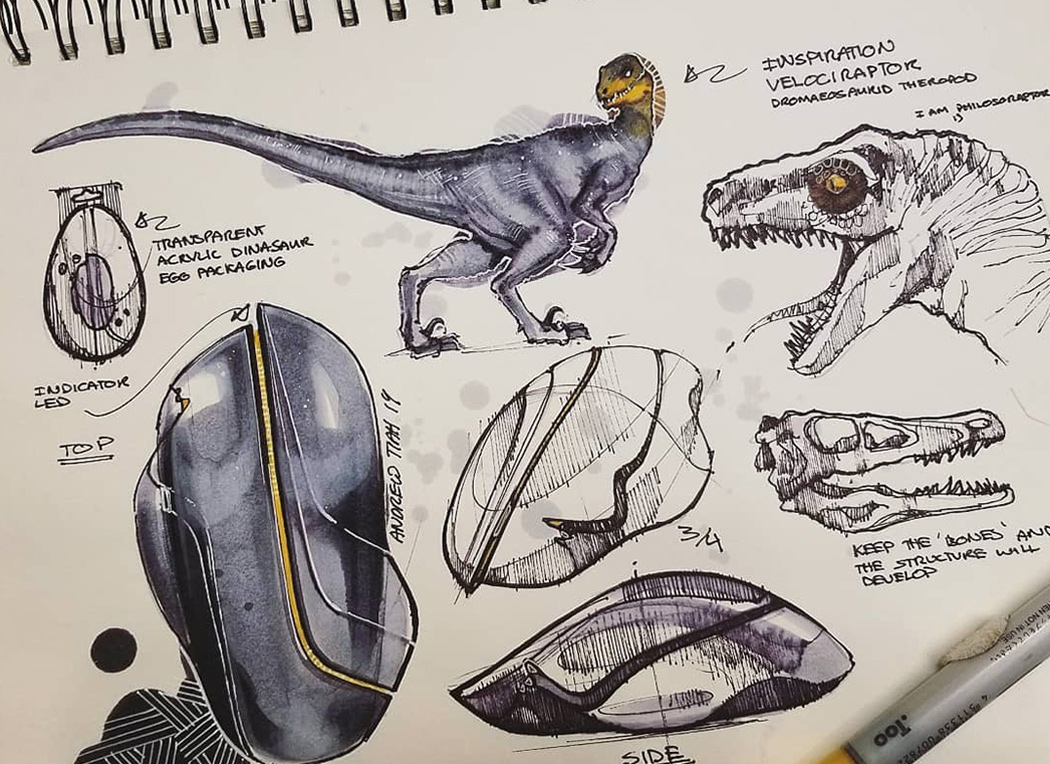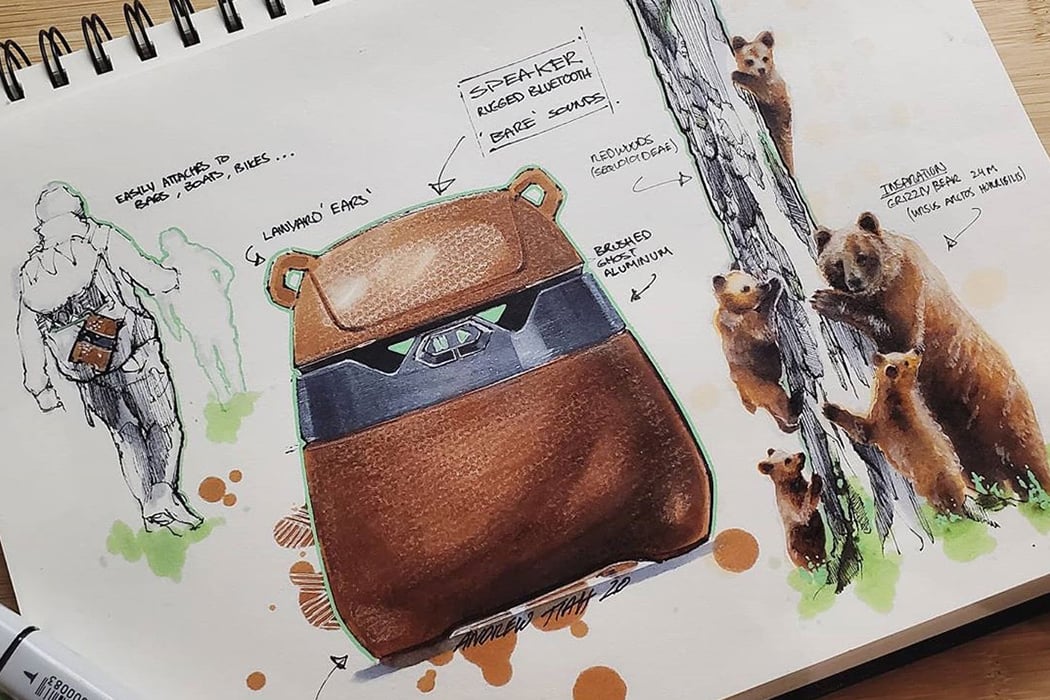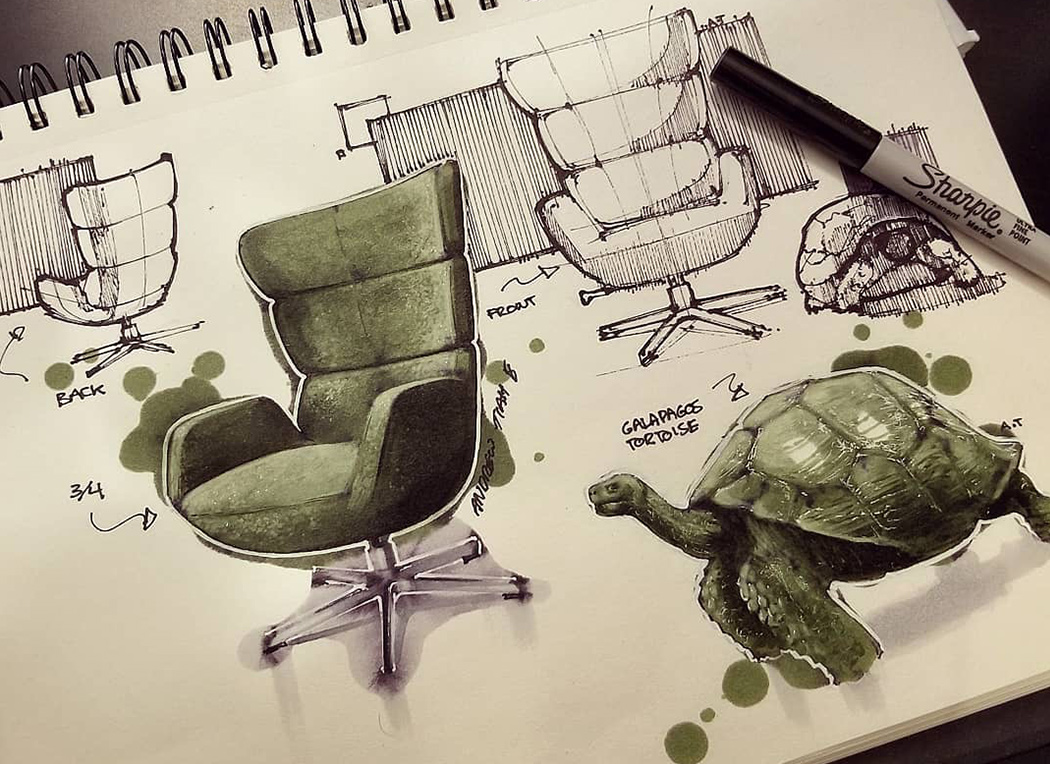Furry friends are full of fun, at least until it’s time to actually keep them healthy and well-maintained. Both dogs and cats have a never-ending fur problem, but felines are more notorious for not being as enthusiastic about being brushed and combed, unlike their canine counterparts. That said, cats are also sticklers for cleanliness, but all their licking unfortunately results in unsightly hairballs in the end. This rather ingenious contraption offers a solution that makes that brushing feel almost natural to the cat, and it does so by taking advantage of the most cat-like behavior of all: squeezing into very tight spaces.
Designer: Paw-Swing
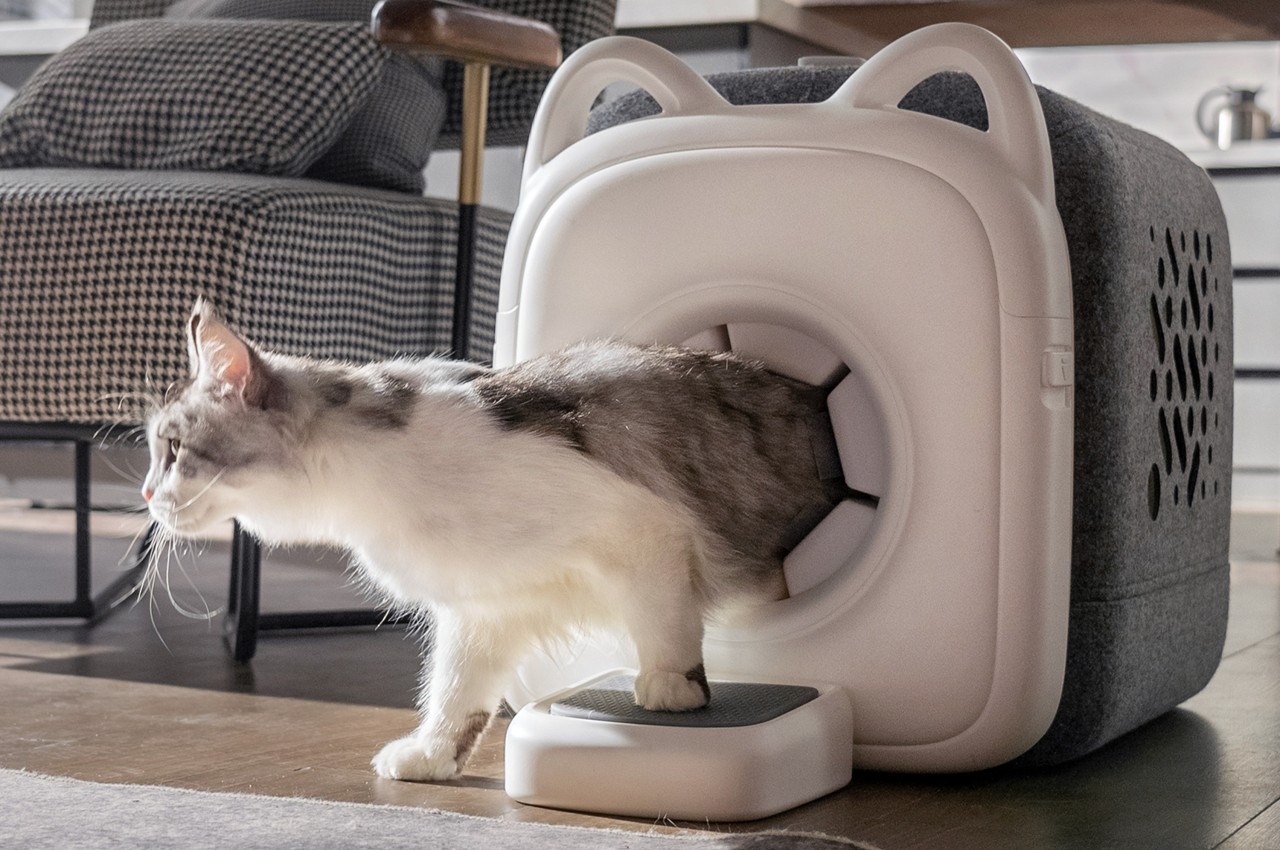
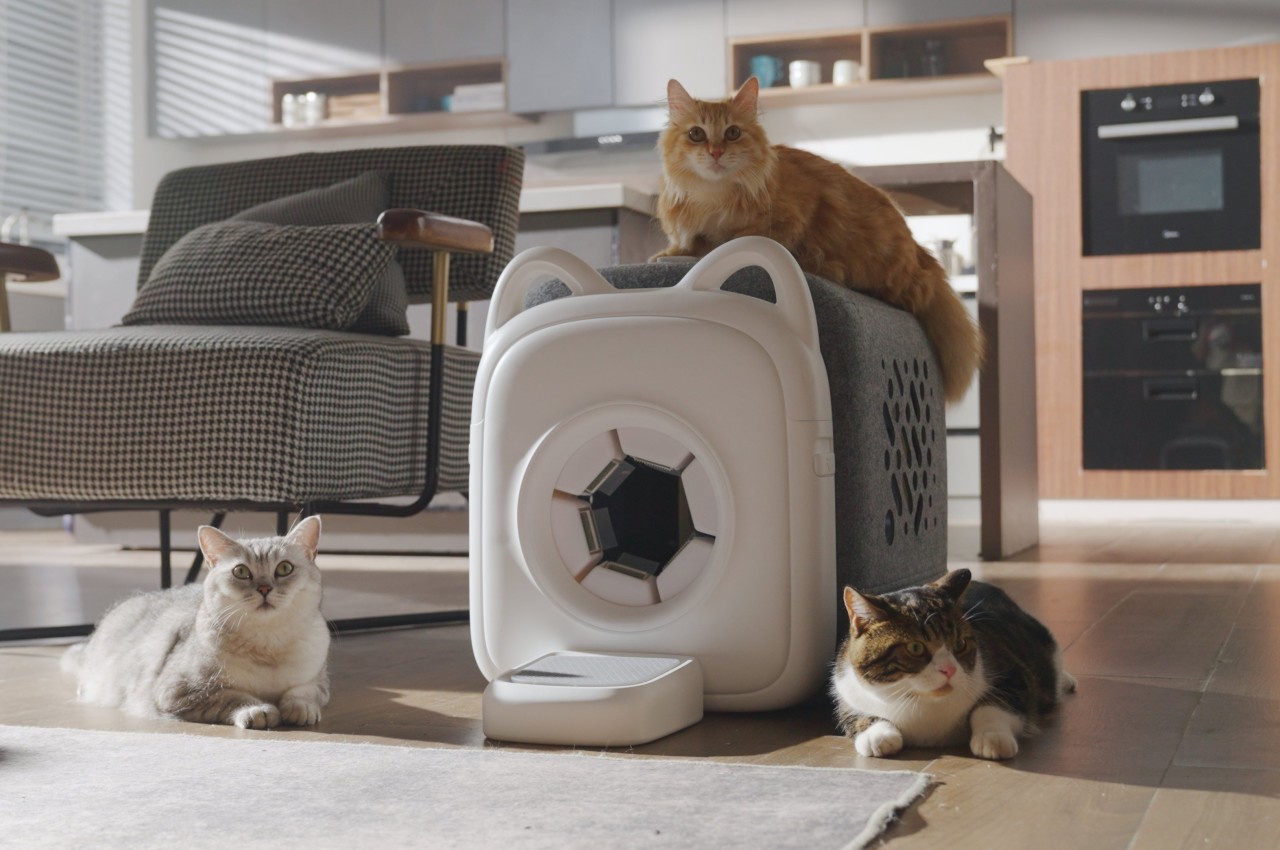
At first glance, the Paw-Swing Purrring (yes, that’s how it’s spelled) Cat Self-Grooming House looks nothing more than a felt-covered box with a rather small circular opening in front. This combination is, of course, irresistible to cats who’ll want to explore and try to fit into that tight space, which is exactly why it’s designed this way. And as soon as it passes through that hole, its loose fur gets brushed away in a manner that makes the cat feel like it’s being licked by its mother instead.
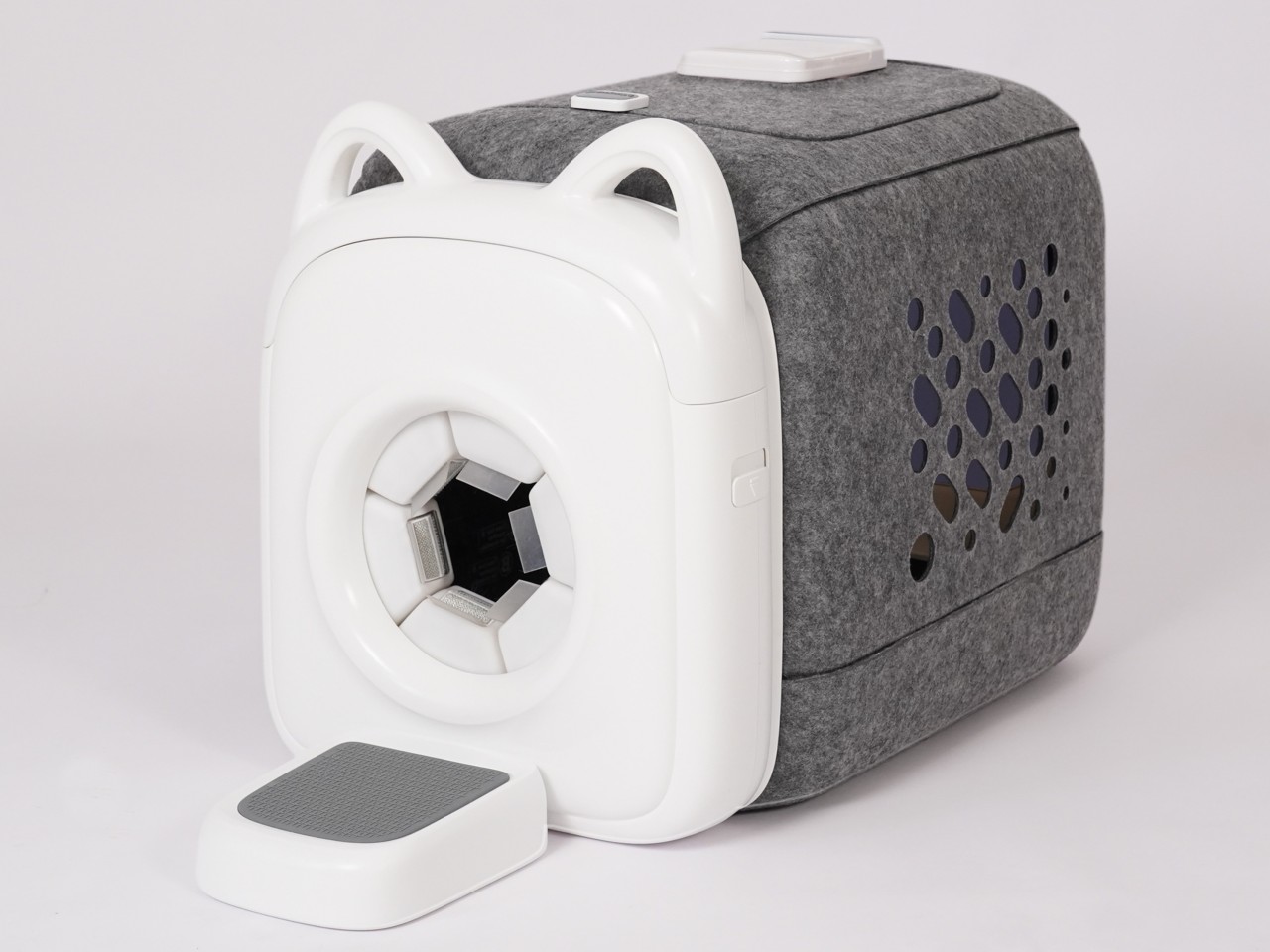
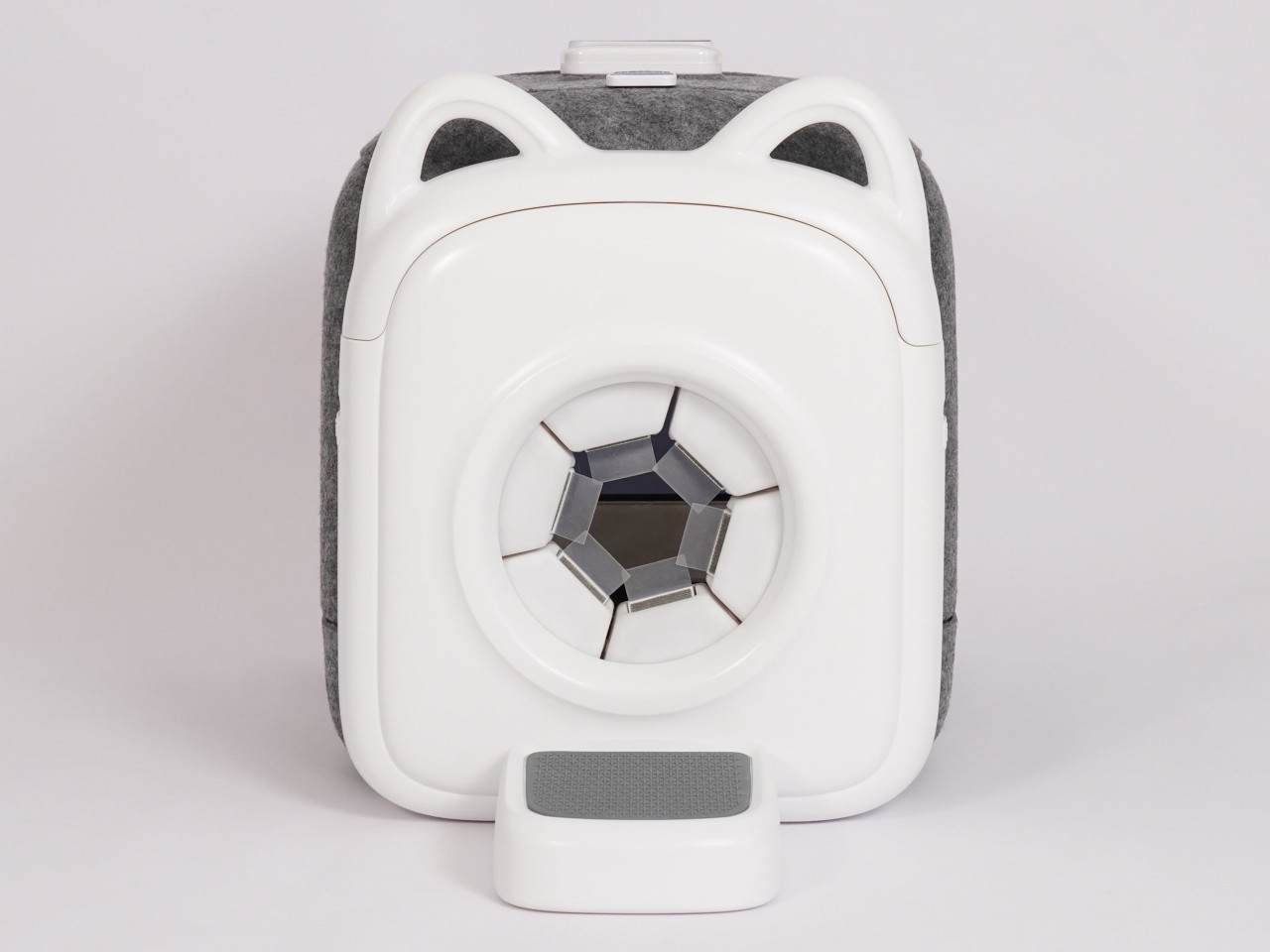

The secret is the six cylindrical brushes around the circular entrance of the house, each with a surface designed to mimic the papillae on a cat’s tongue. To the cat, this feels like a more natural grooming method, which is normally employed by mother cats licking their young. Of course, the fur isn’t ingested and is simply stored in a separate compartment for easy cleaning later. This process happens each and every time the cat passes through the entrance, making manual grooming a thing of the past.
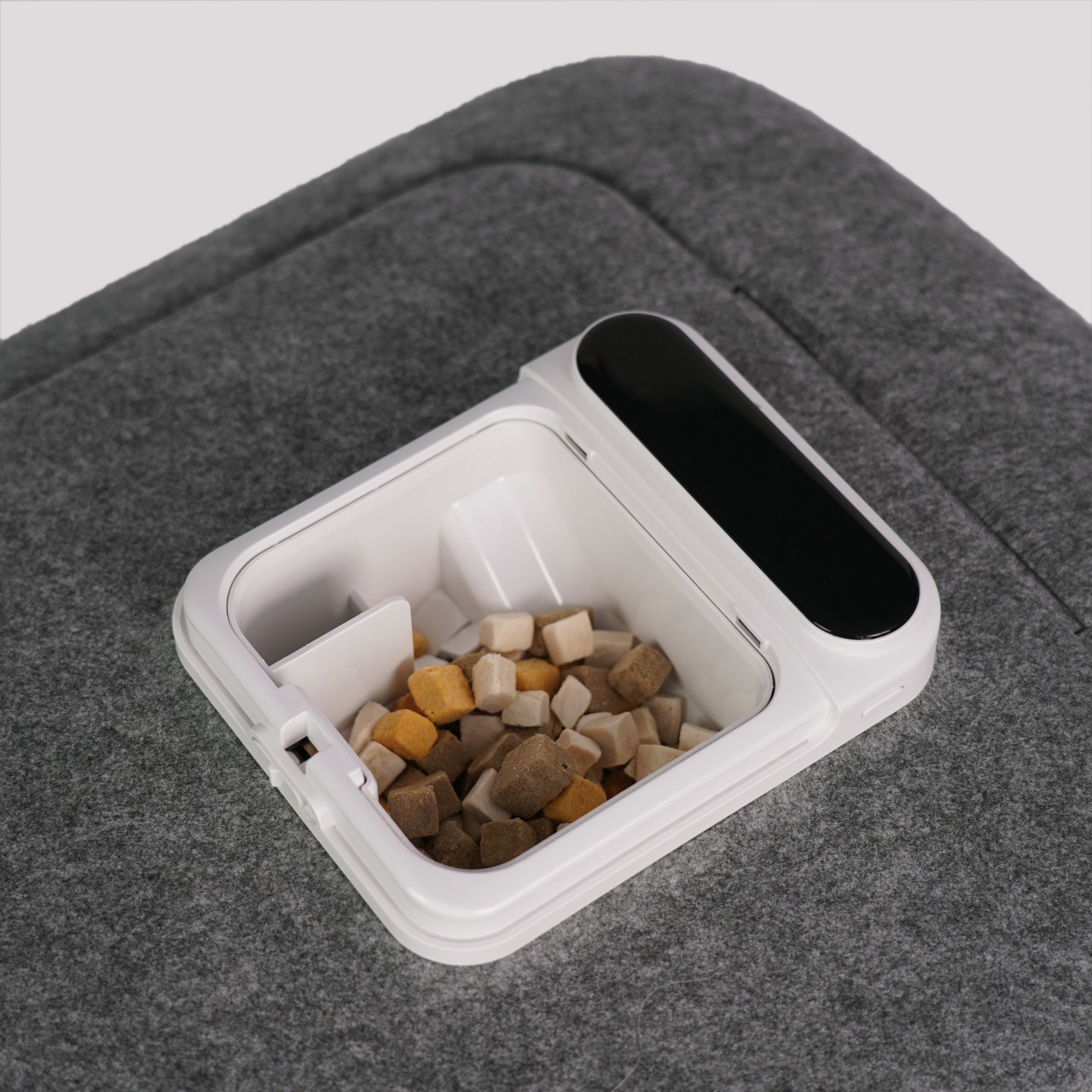
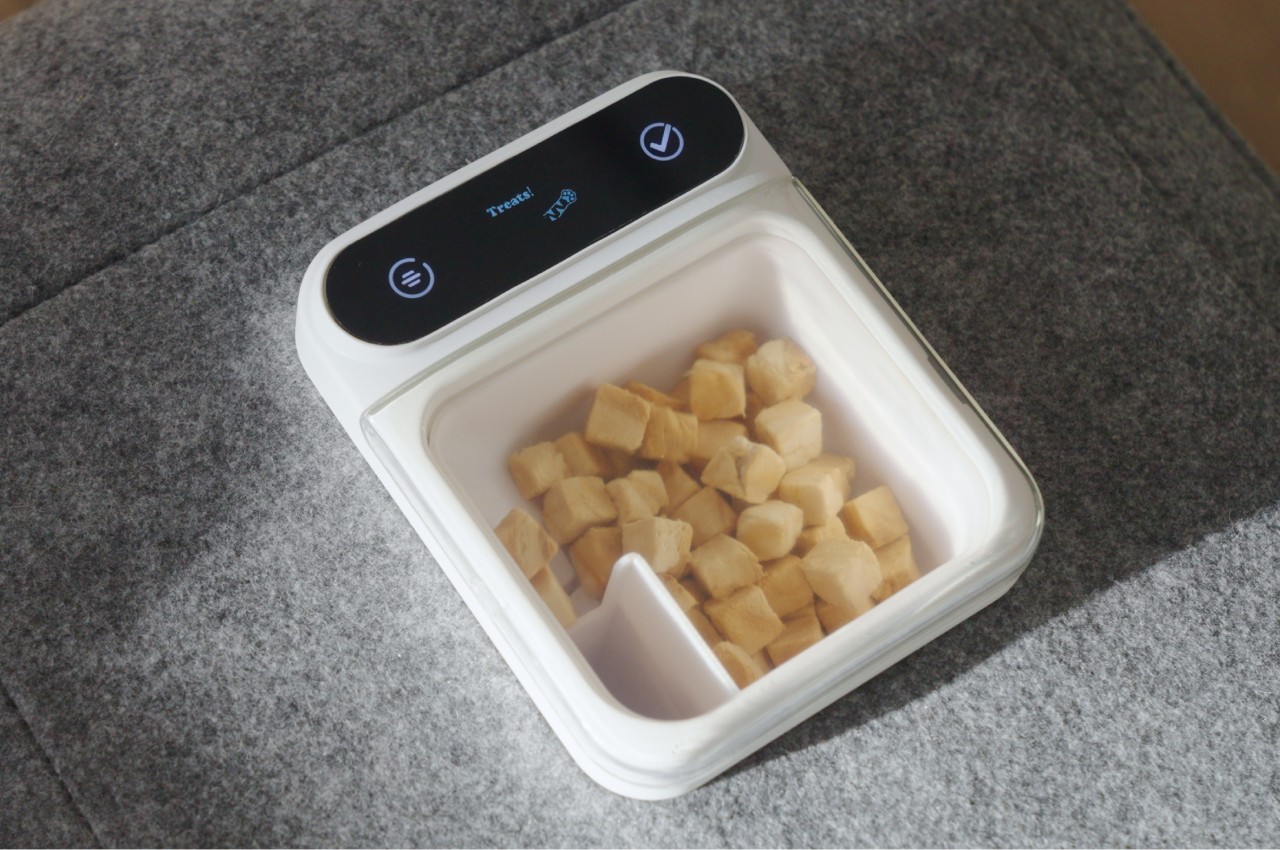

While the self-grooming cat house requires no electricity or motors to implement the grooming part, it does have a tech component to its design. There is an automated treat dispenser installed at the top to entice your cats to come closer to the box, and when it does go in, it records how many times the cat comes in and leaves. This data is made available to owners to help them monitor the habits and health of their feline family.
Beyond the grooming and the feeding, the Purrring cat house is also, well, a house for cats. Its felt material makes the box comfortable and safe for cats, not to mention environment-friendly and recyclable as well. The Self-Grooming Cat House thus offers a safe haven for cats that also take a load off their humans’ minds, at least until it’s time to take out the collected fur.
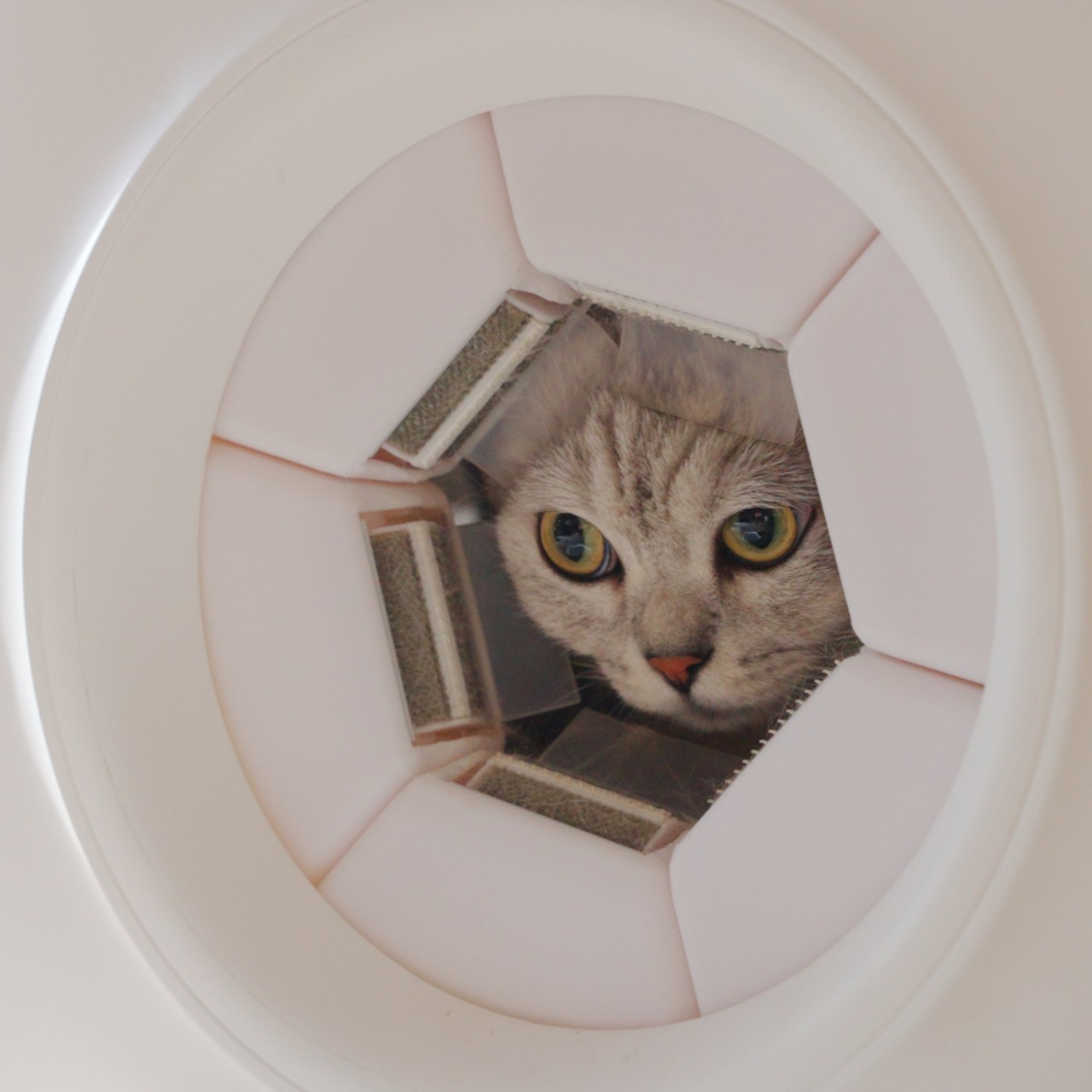
The post Self-grooming cat house combs away loose fur each time they pass through first appeared on Yanko Design.

